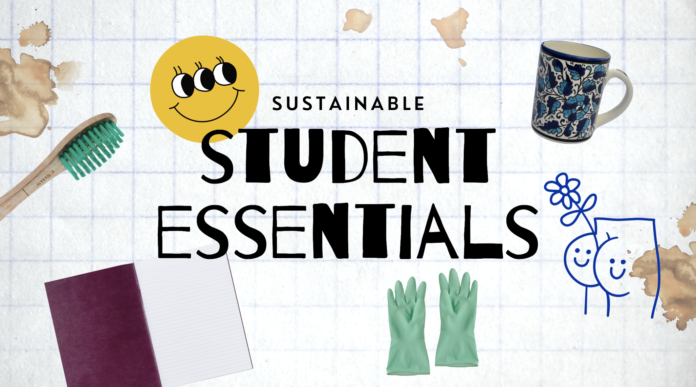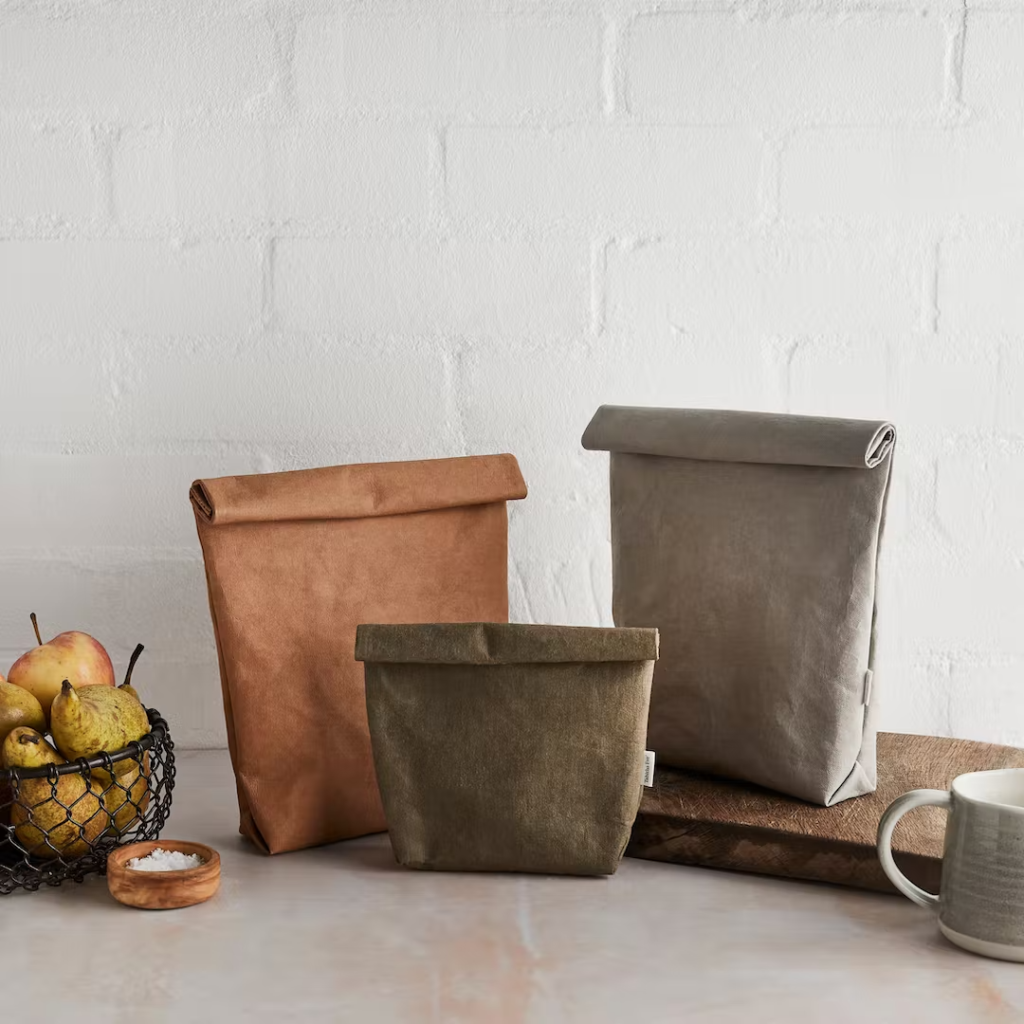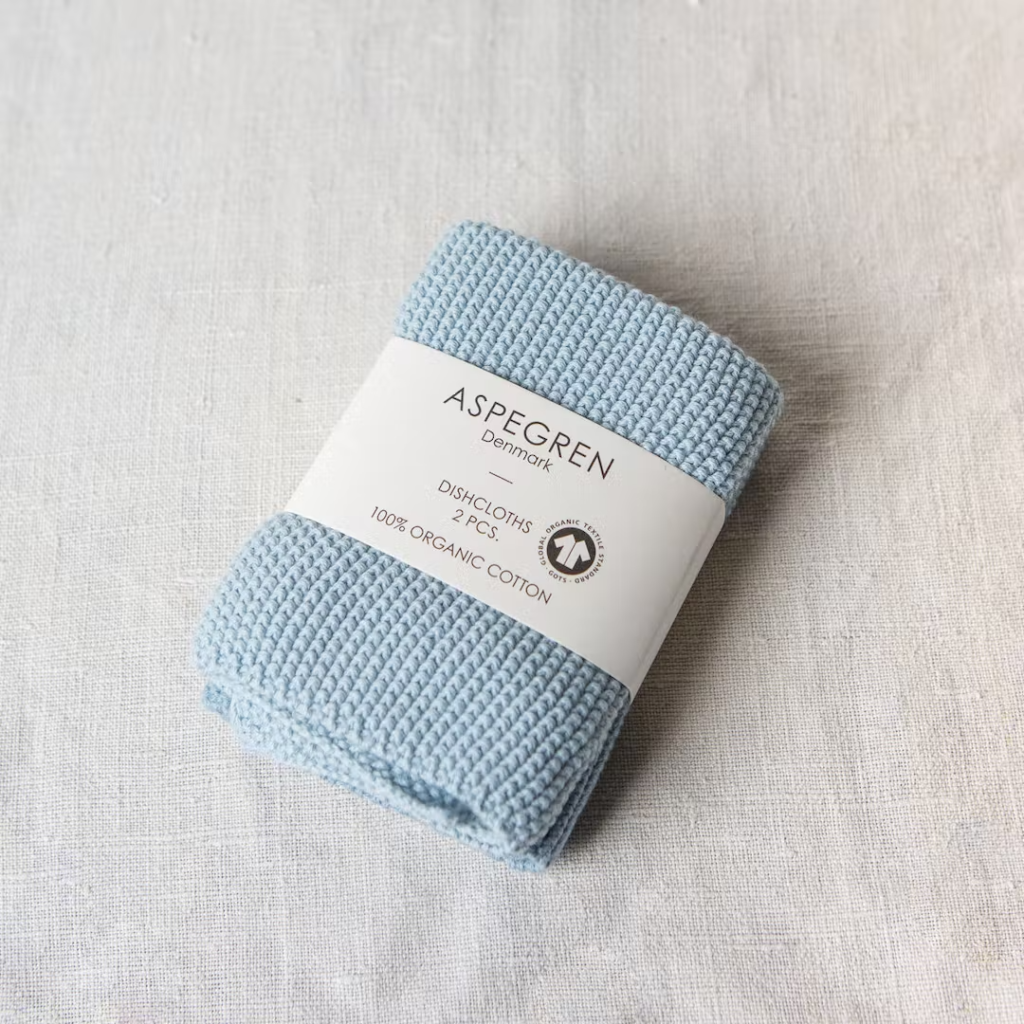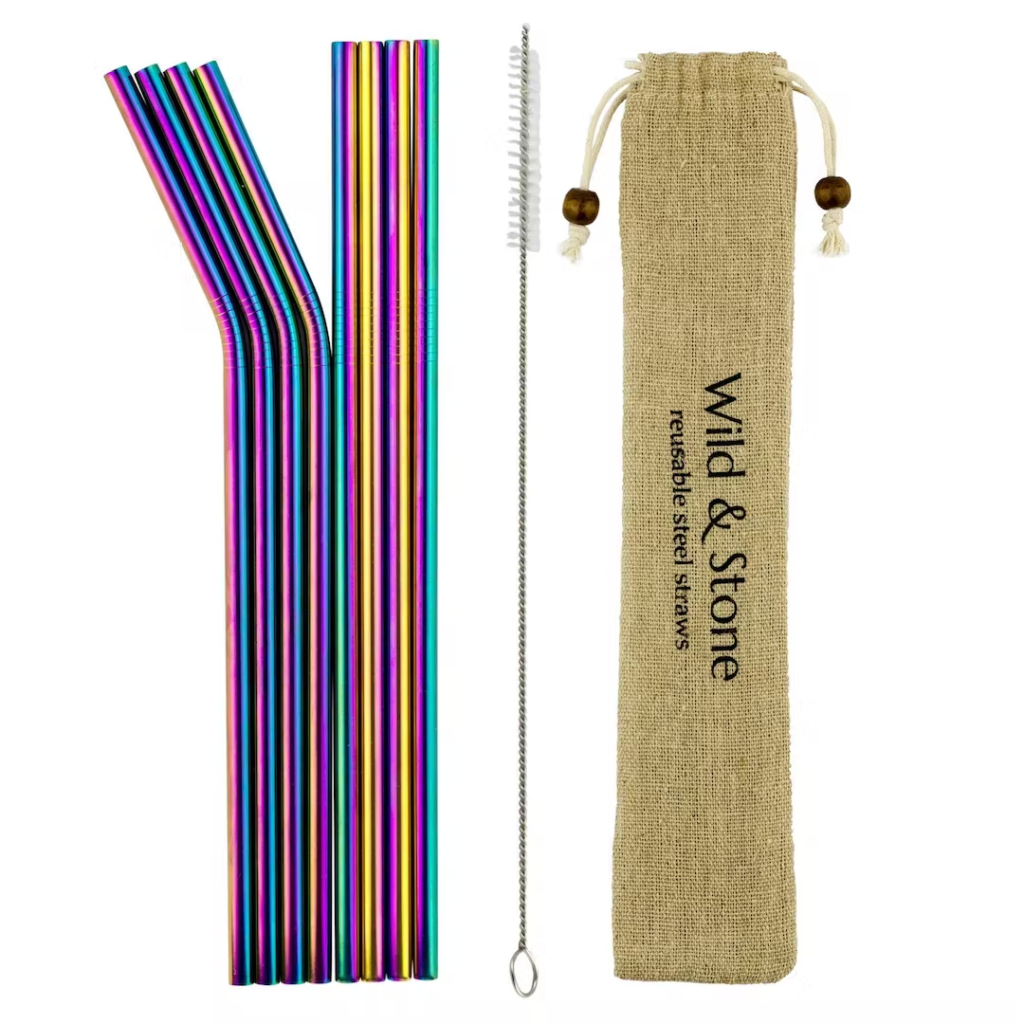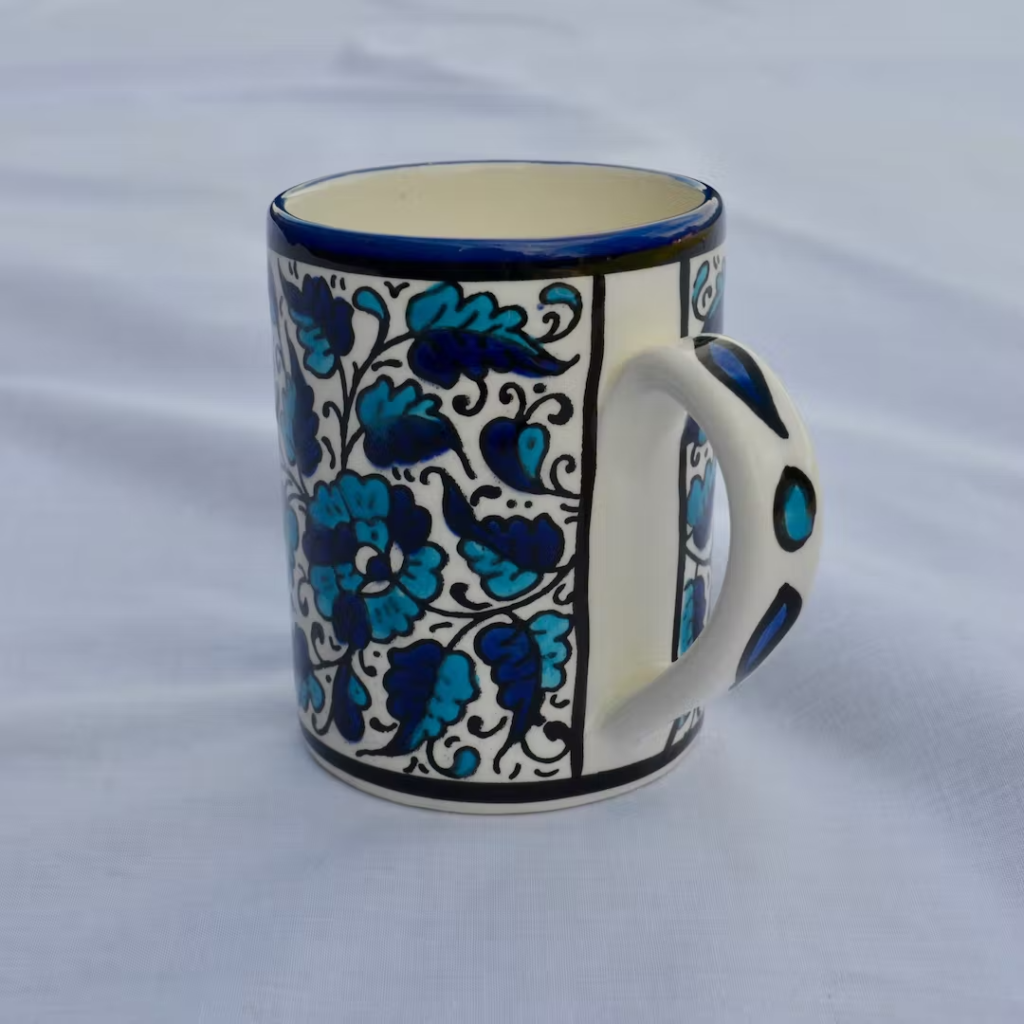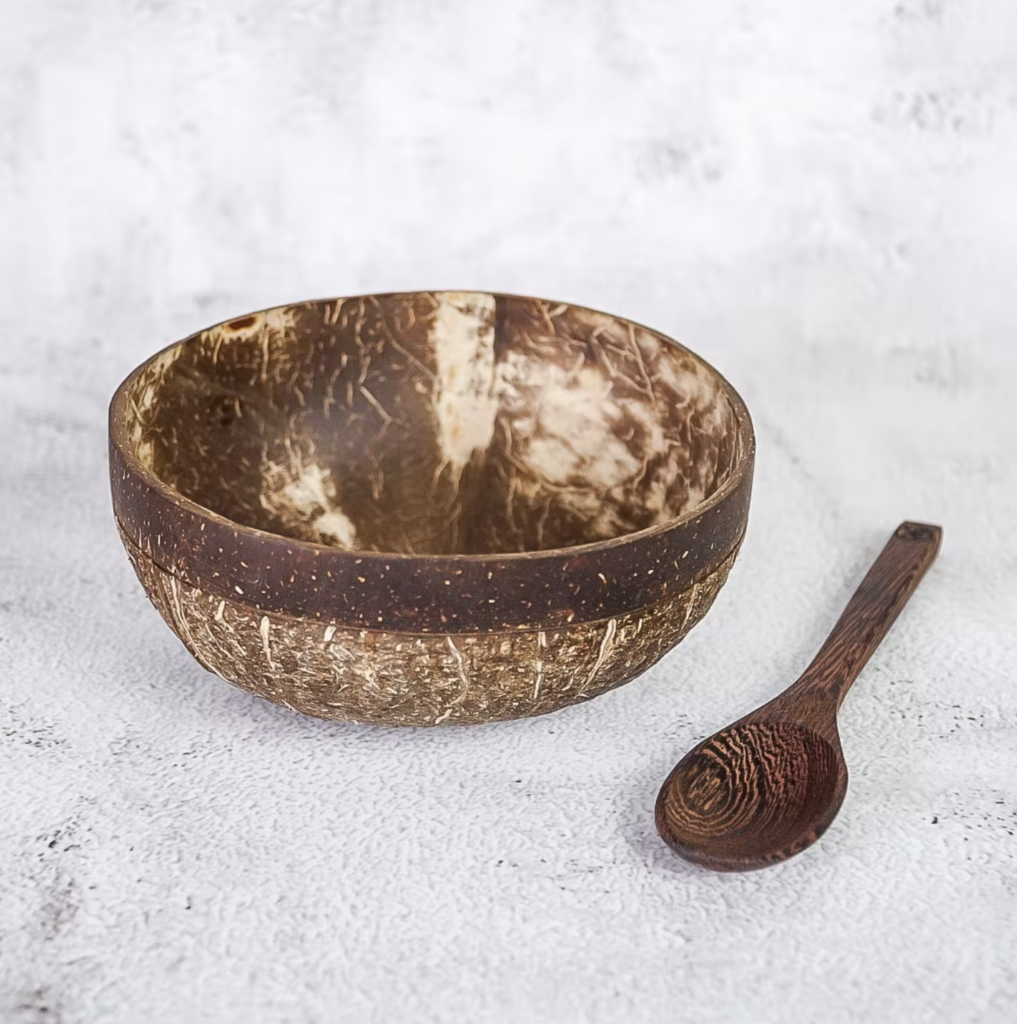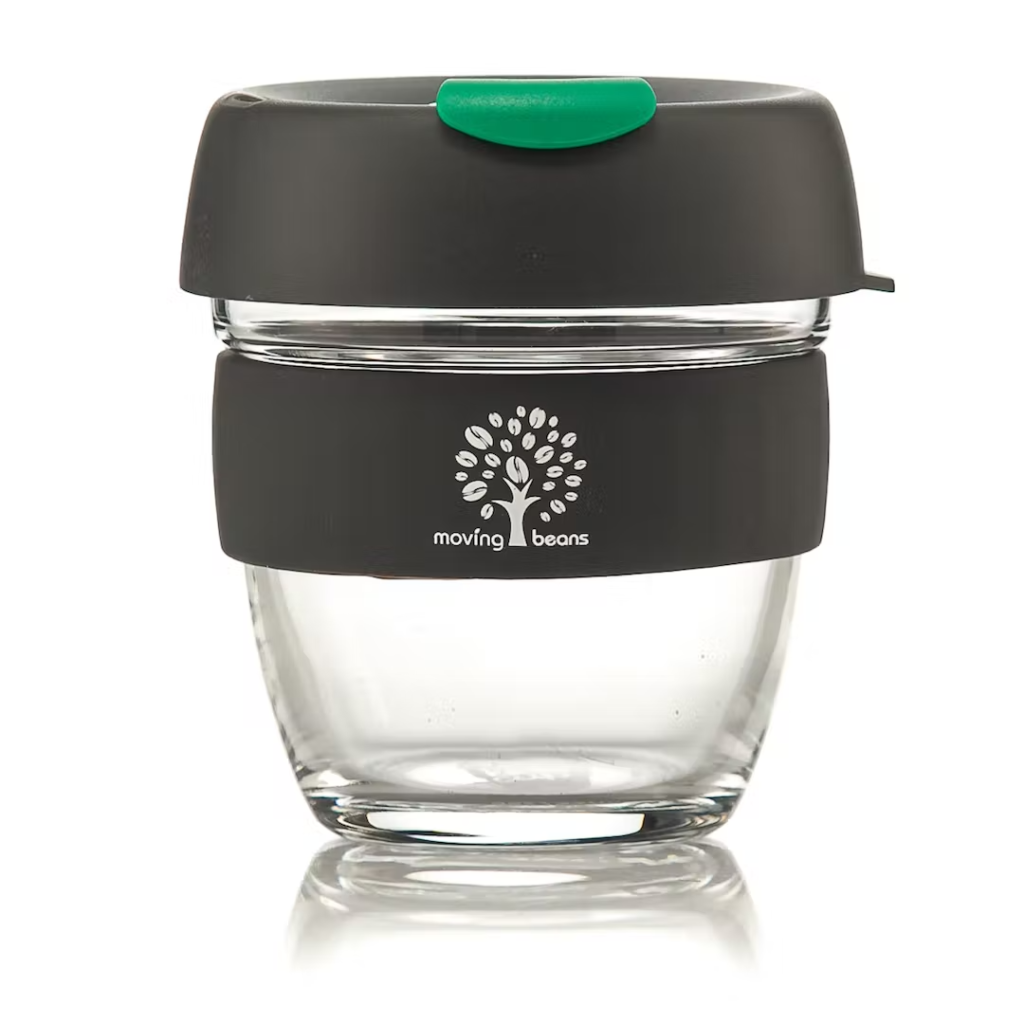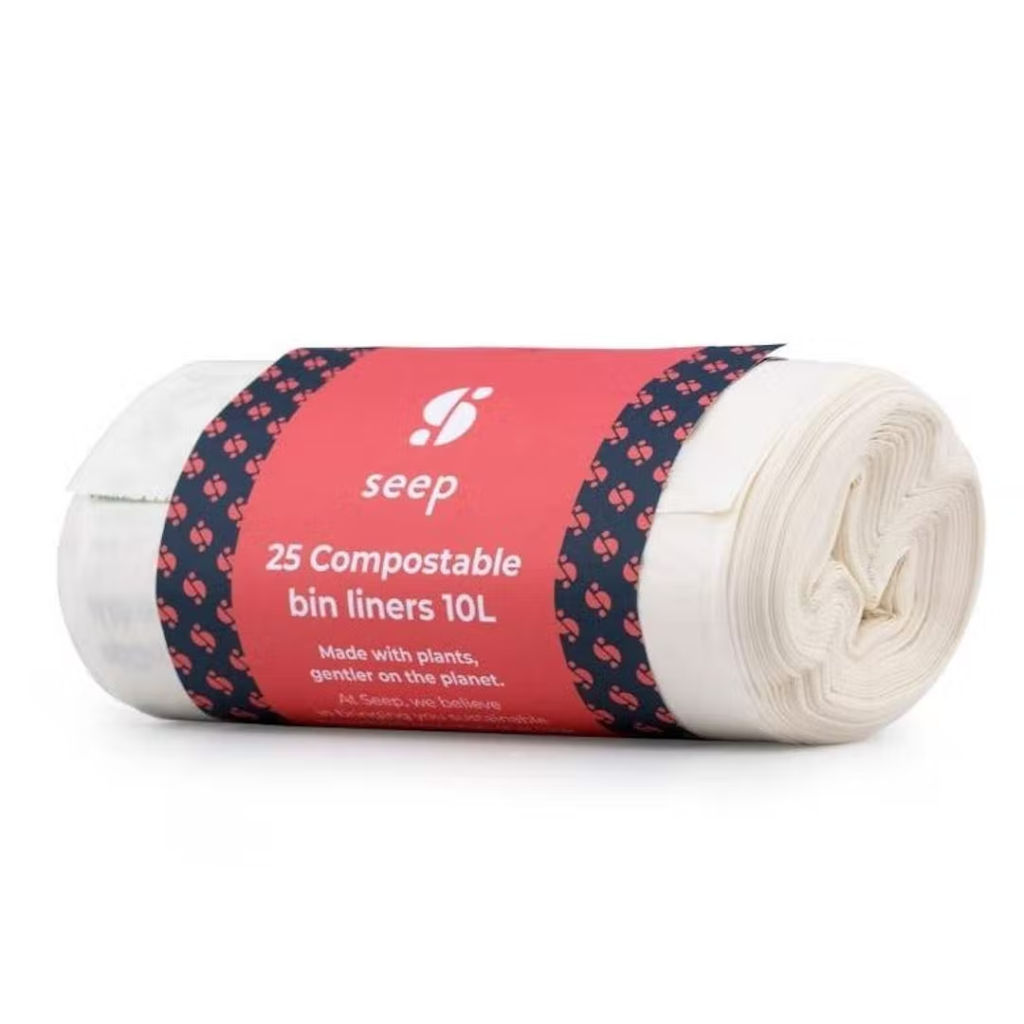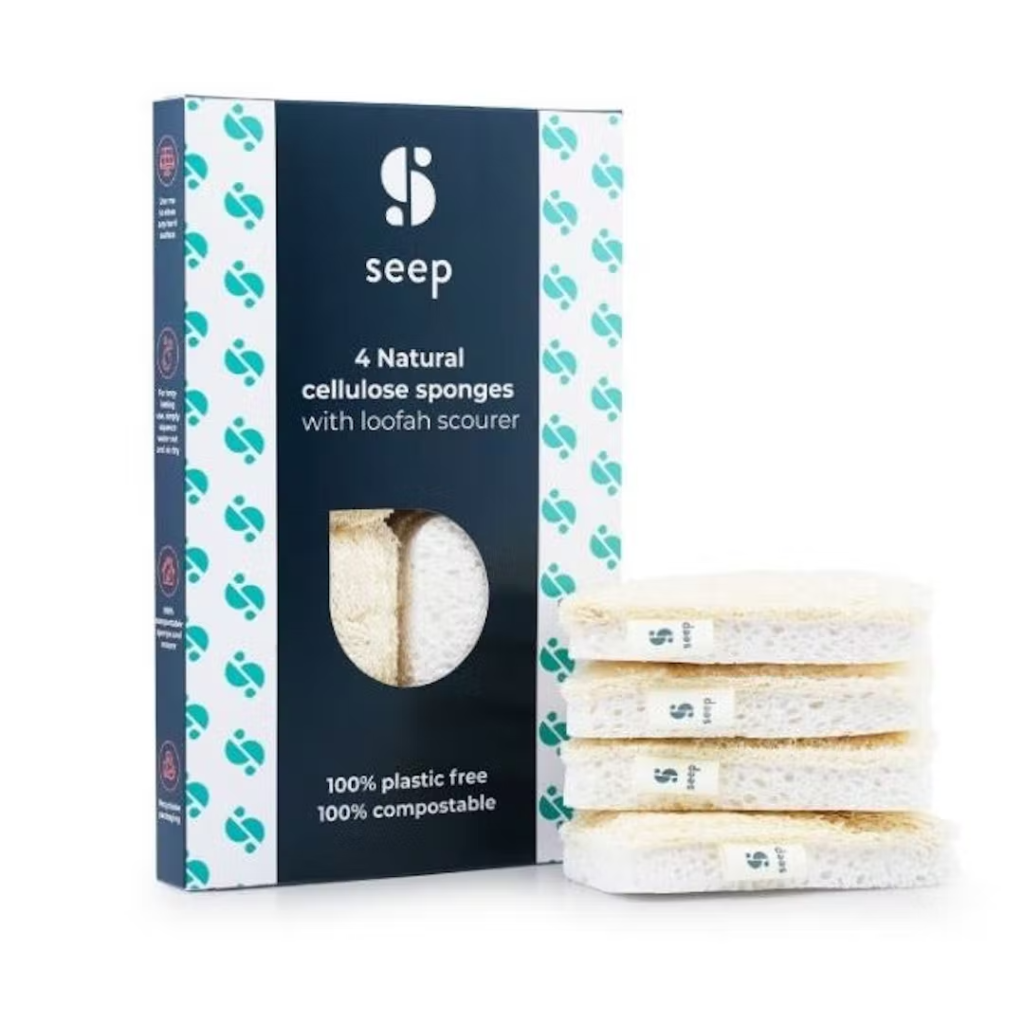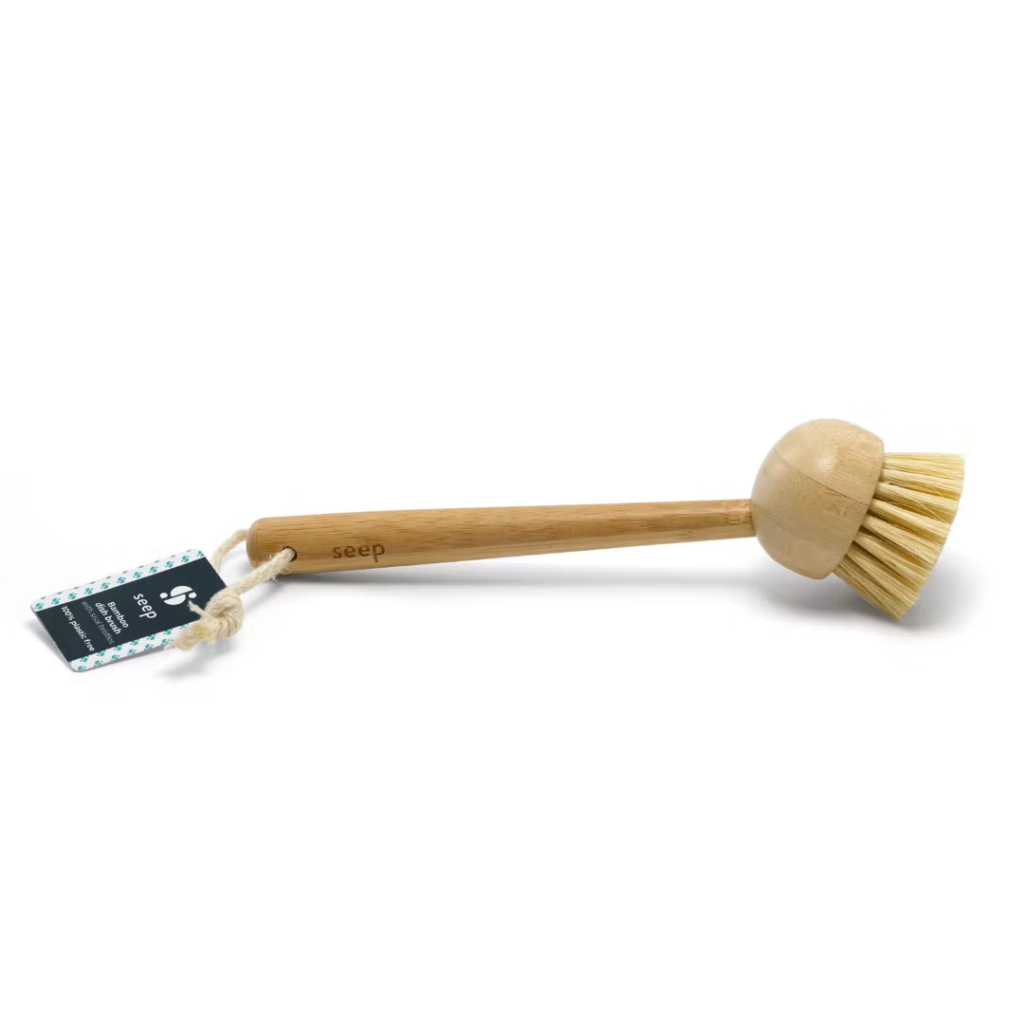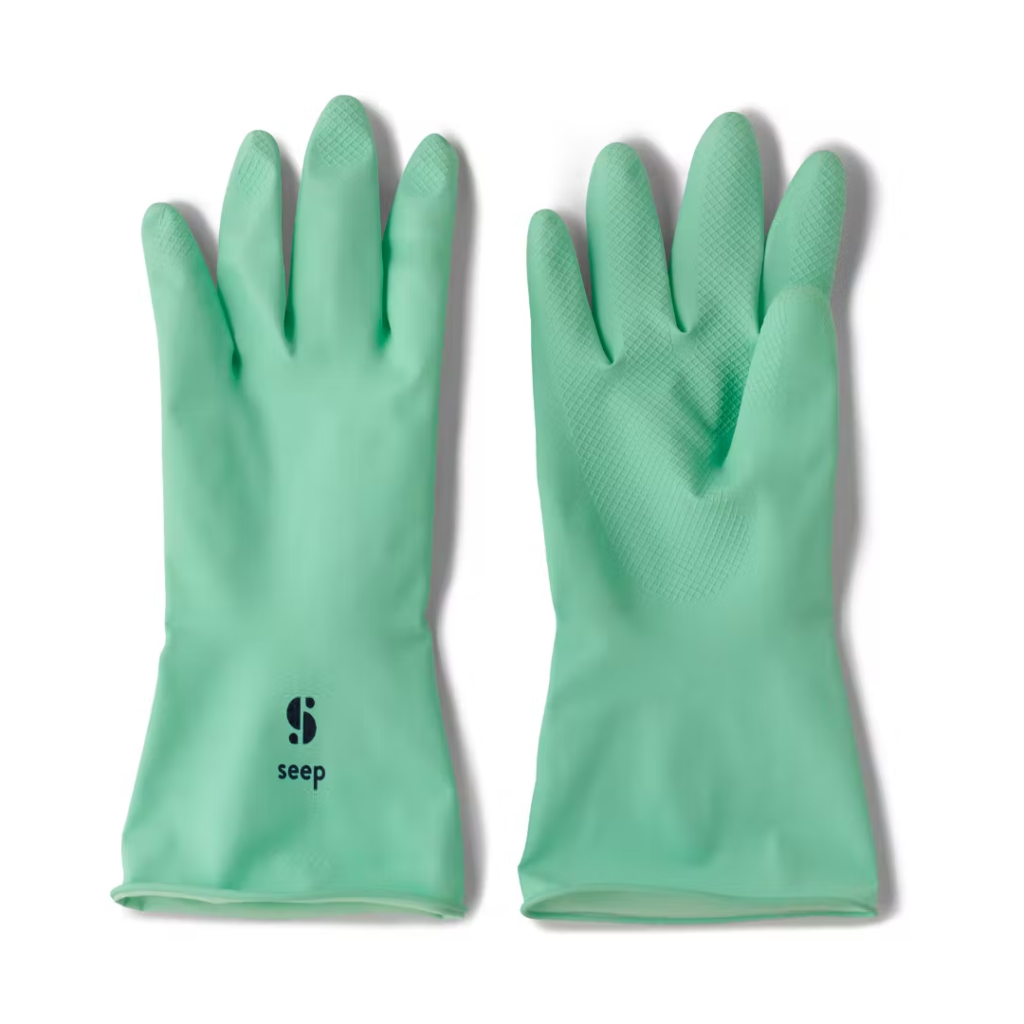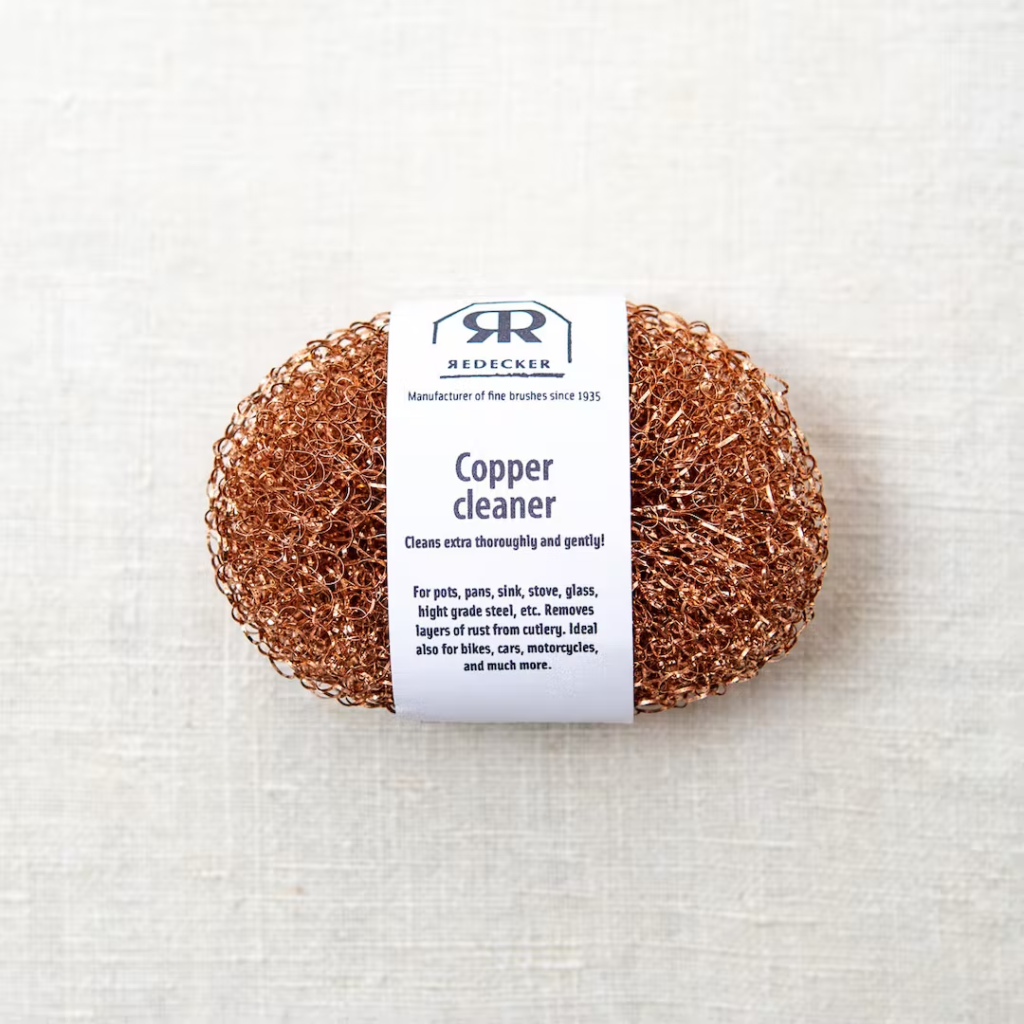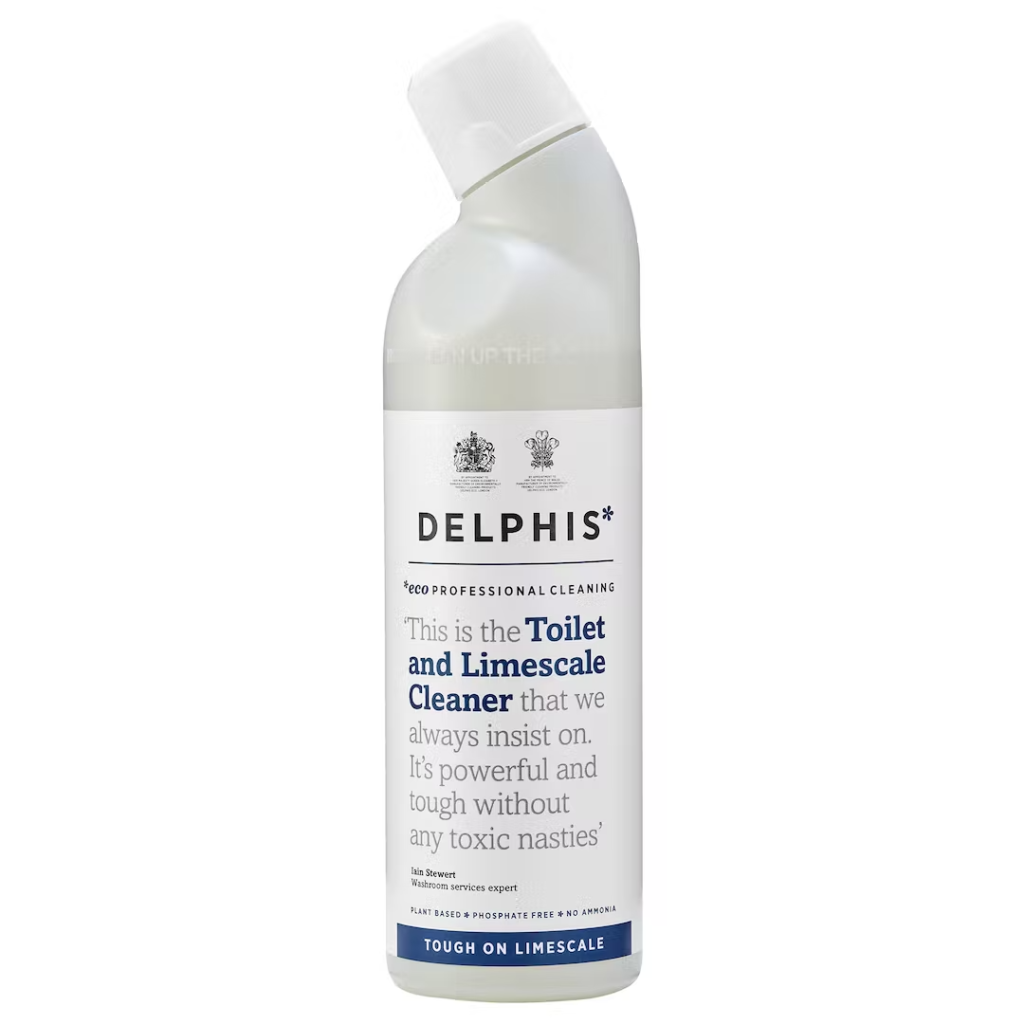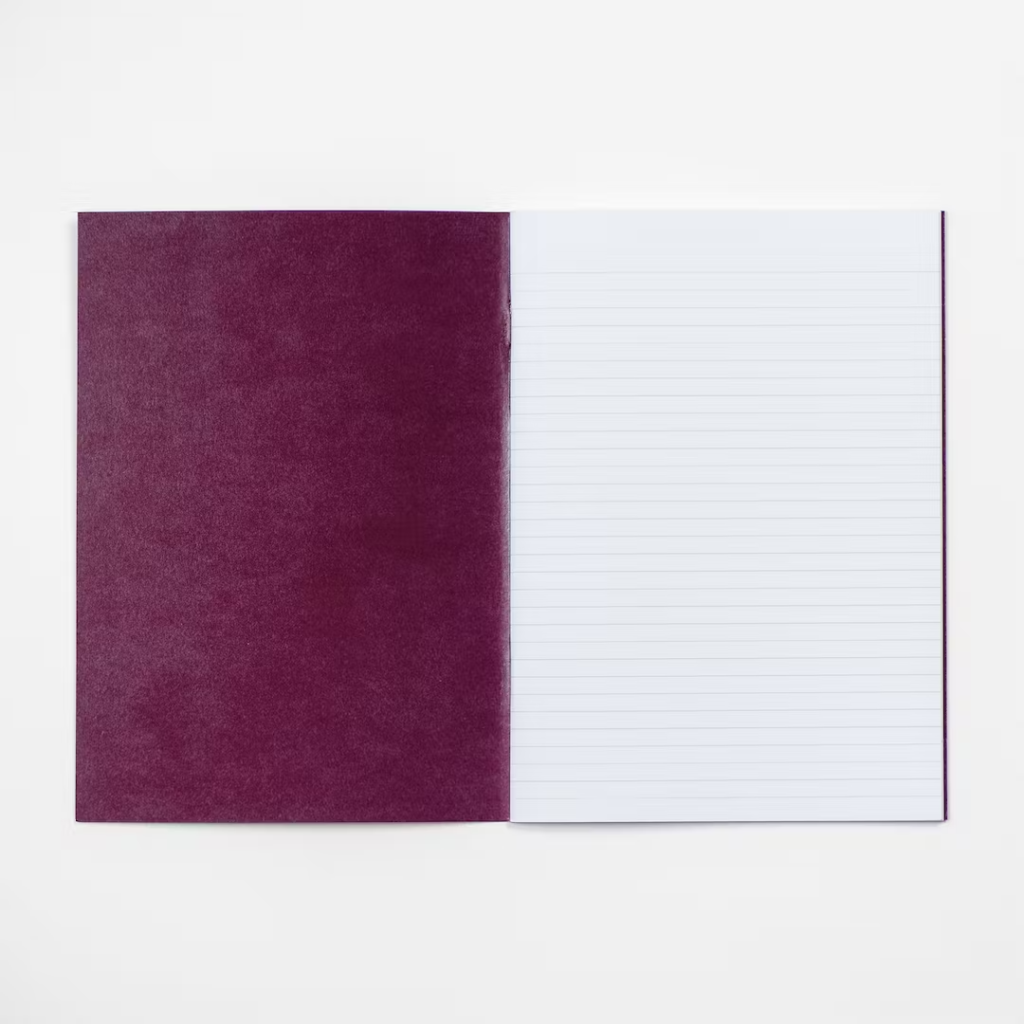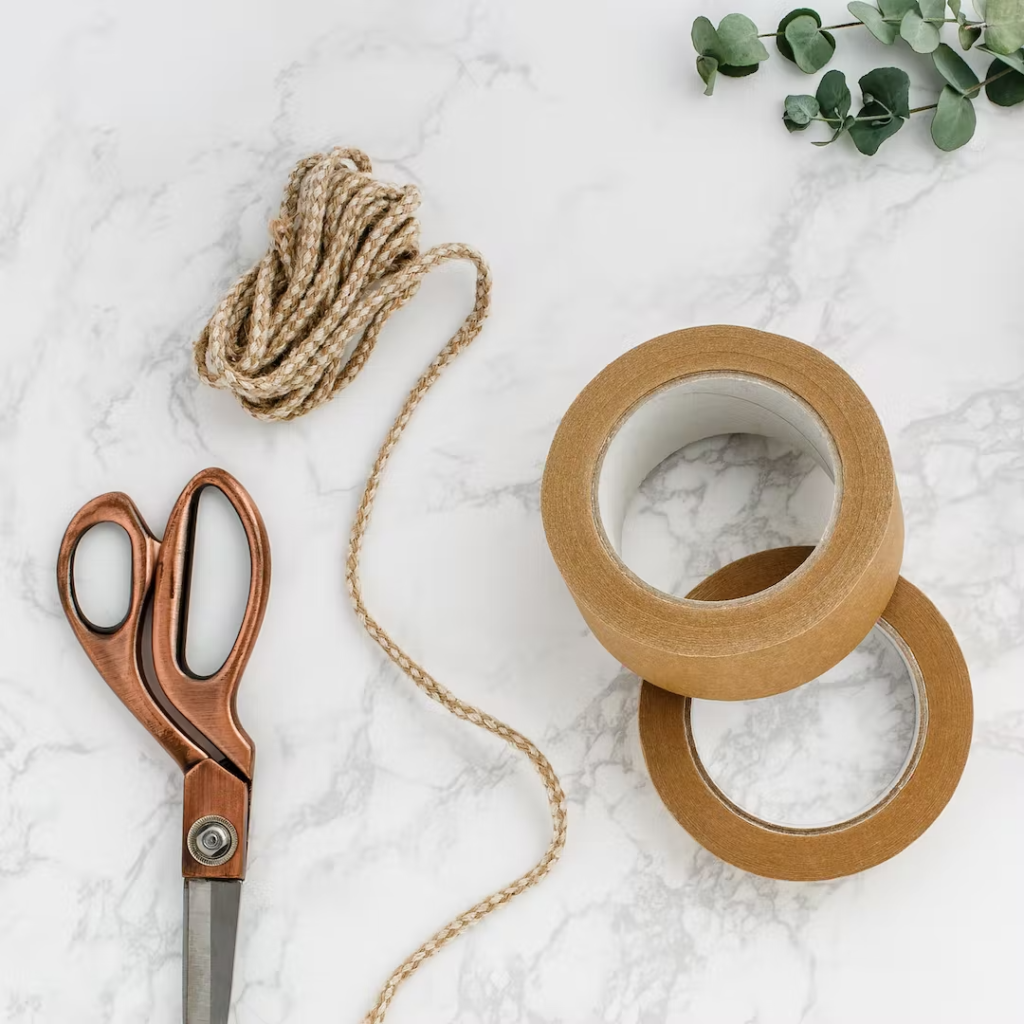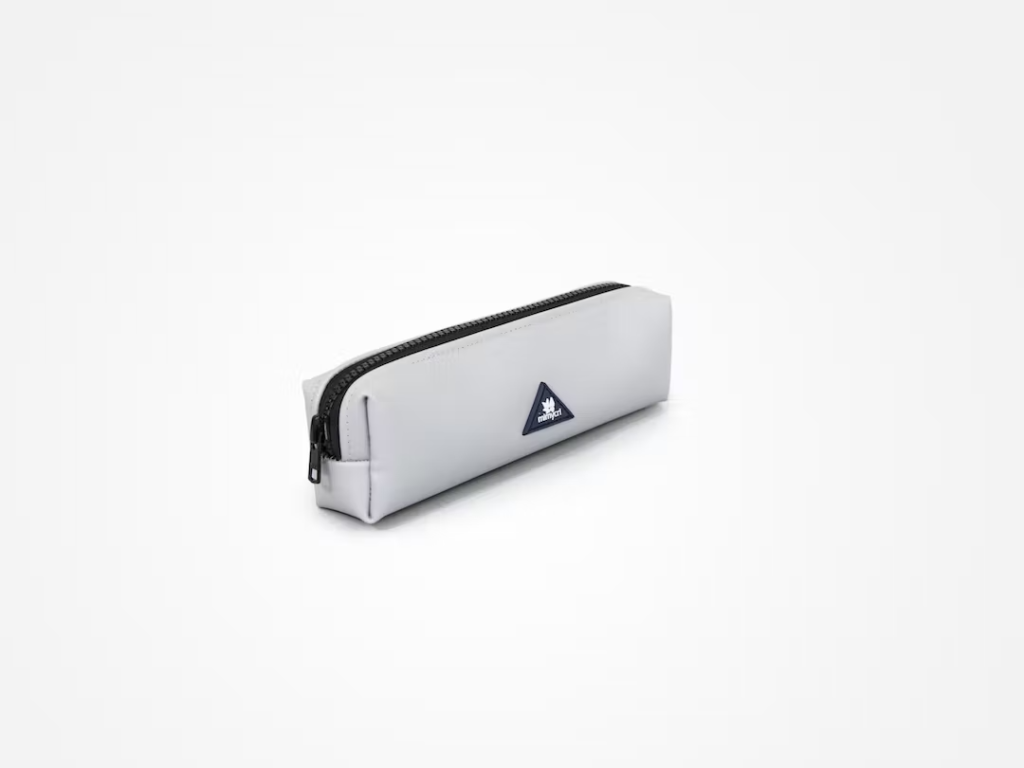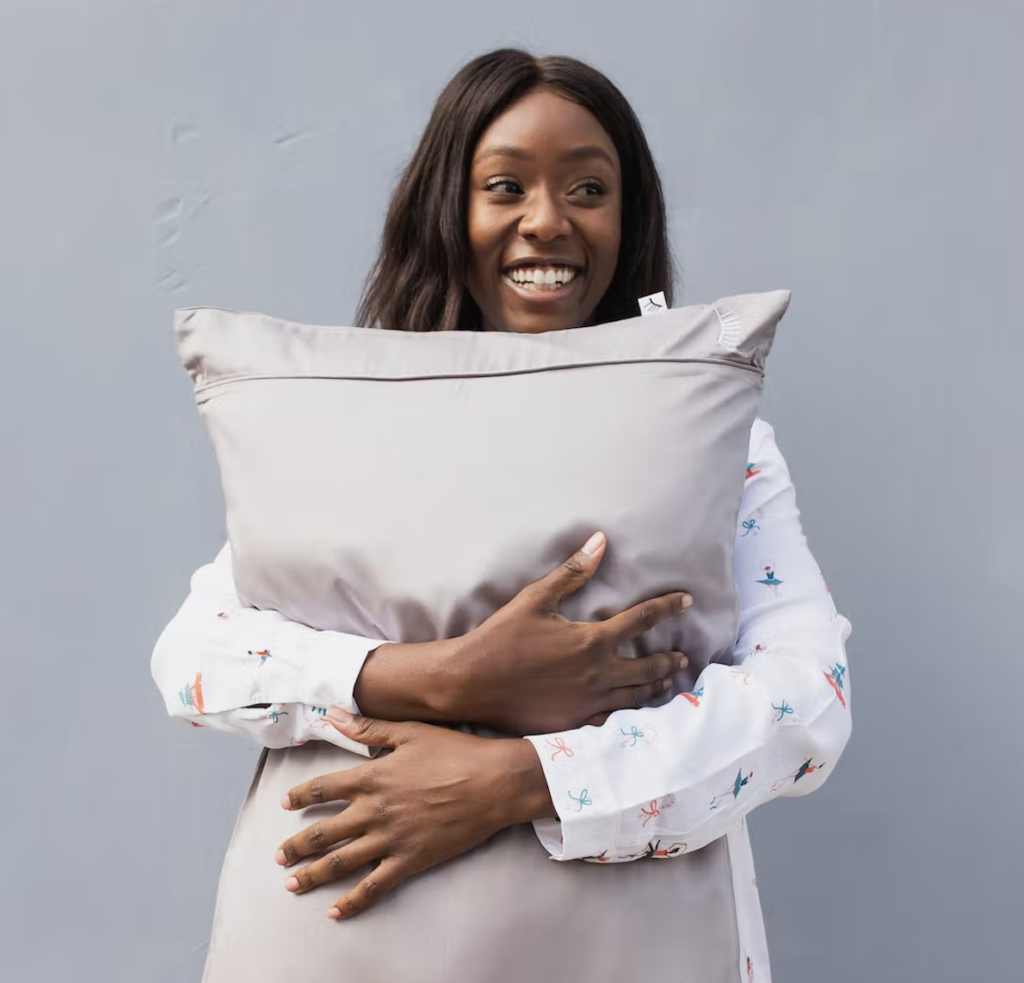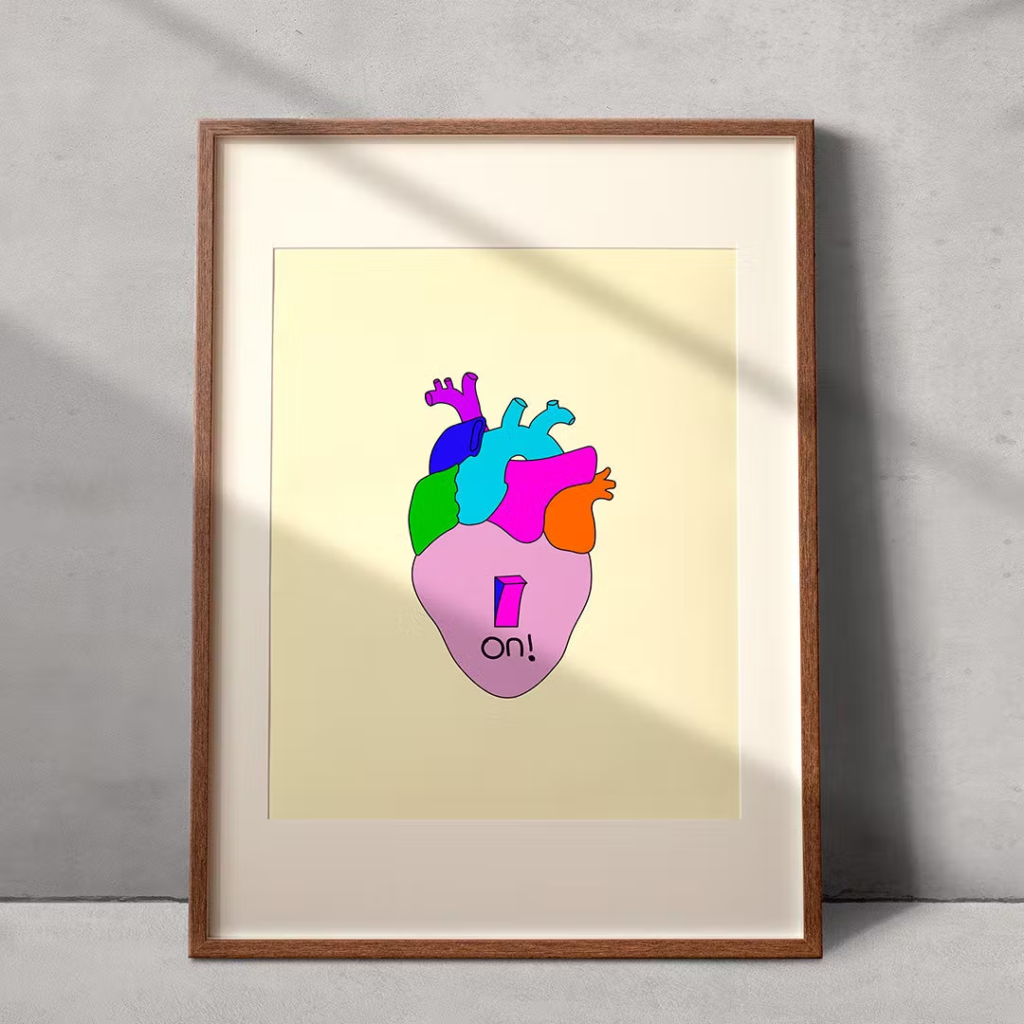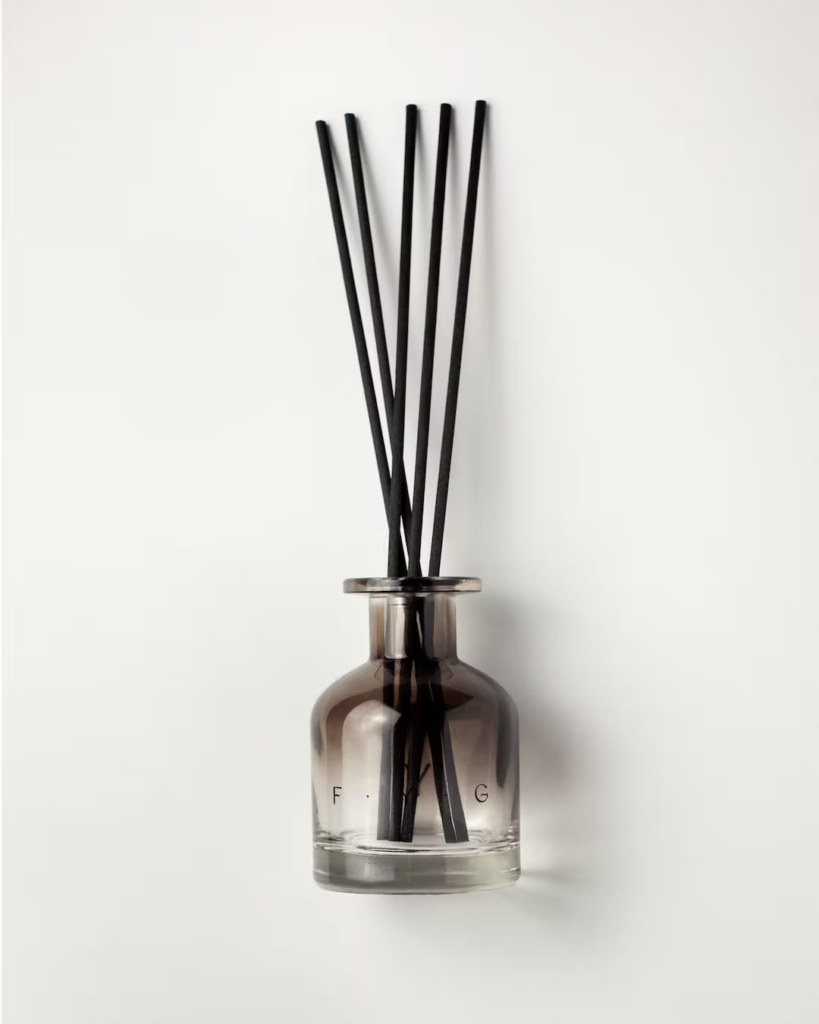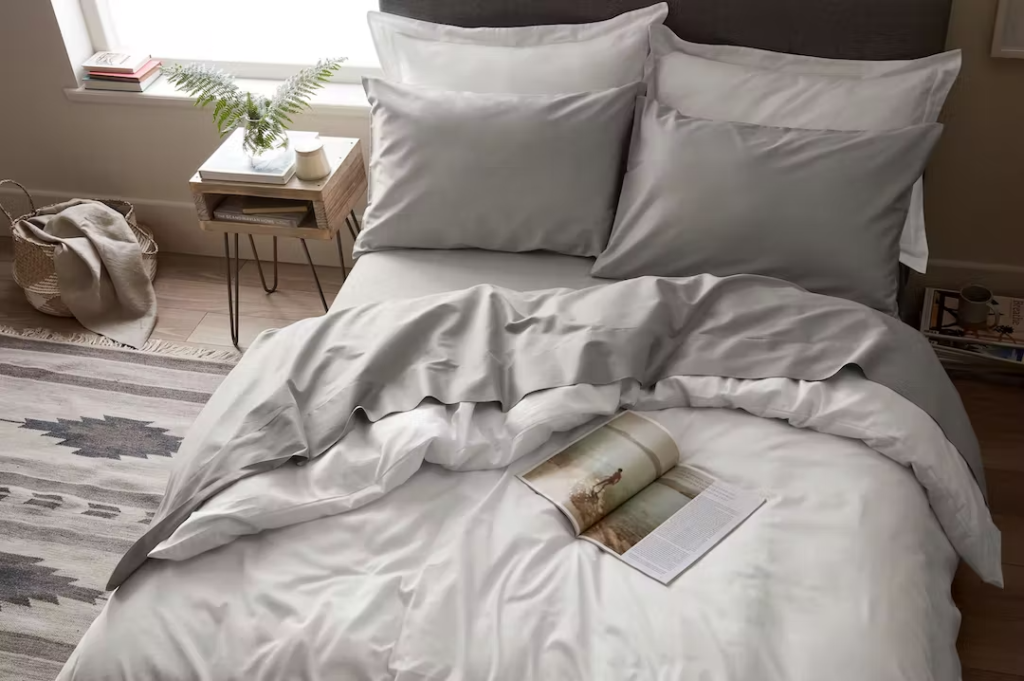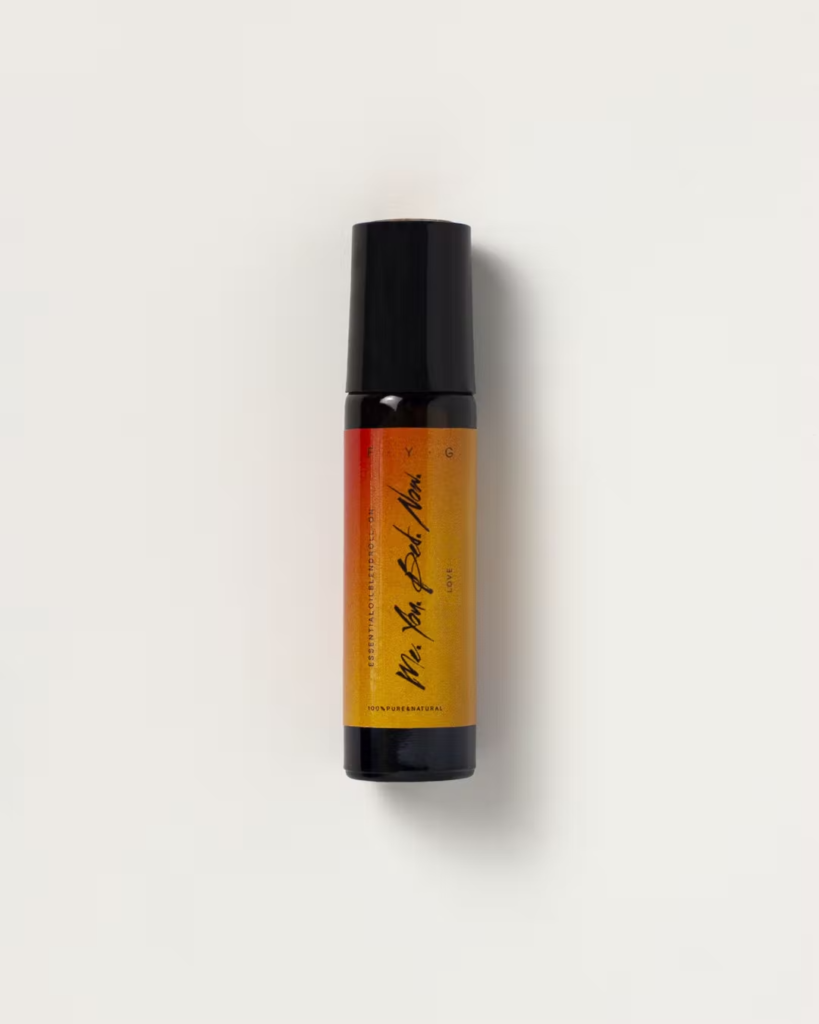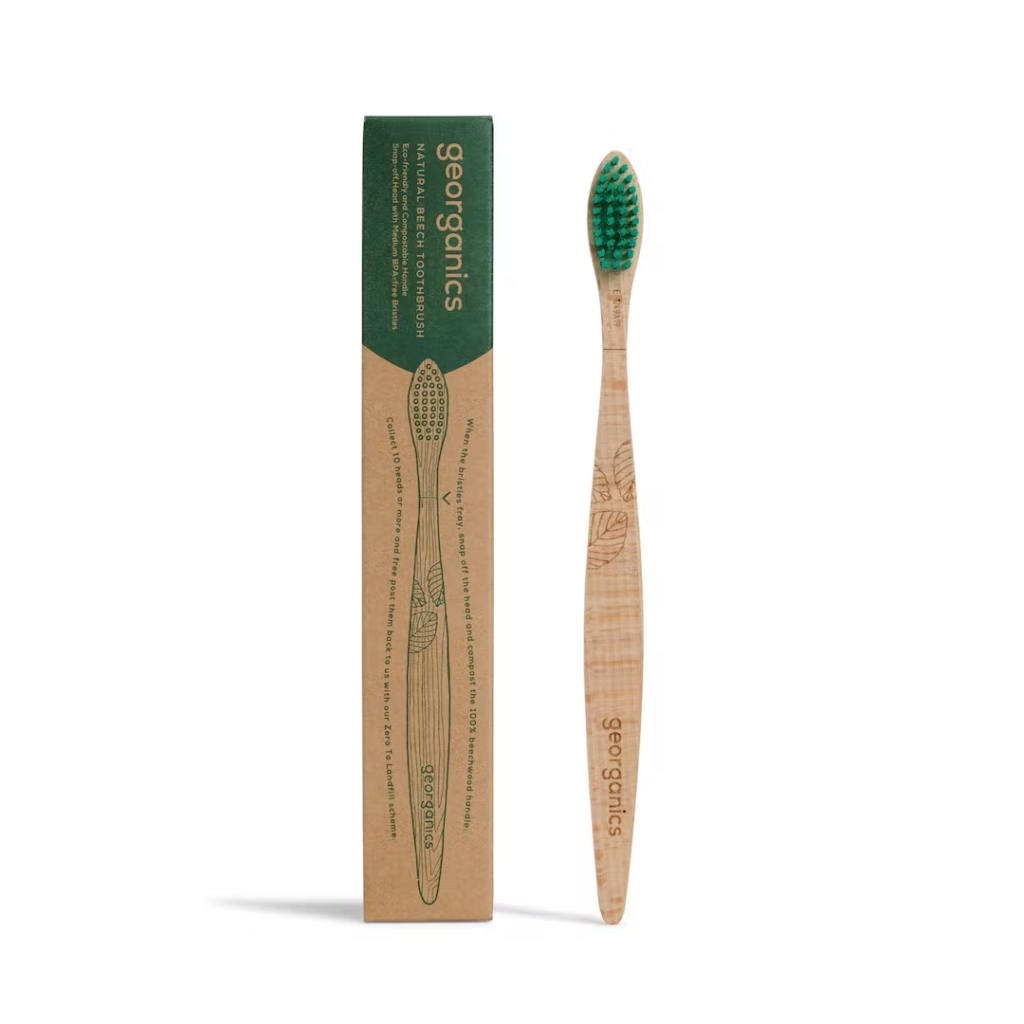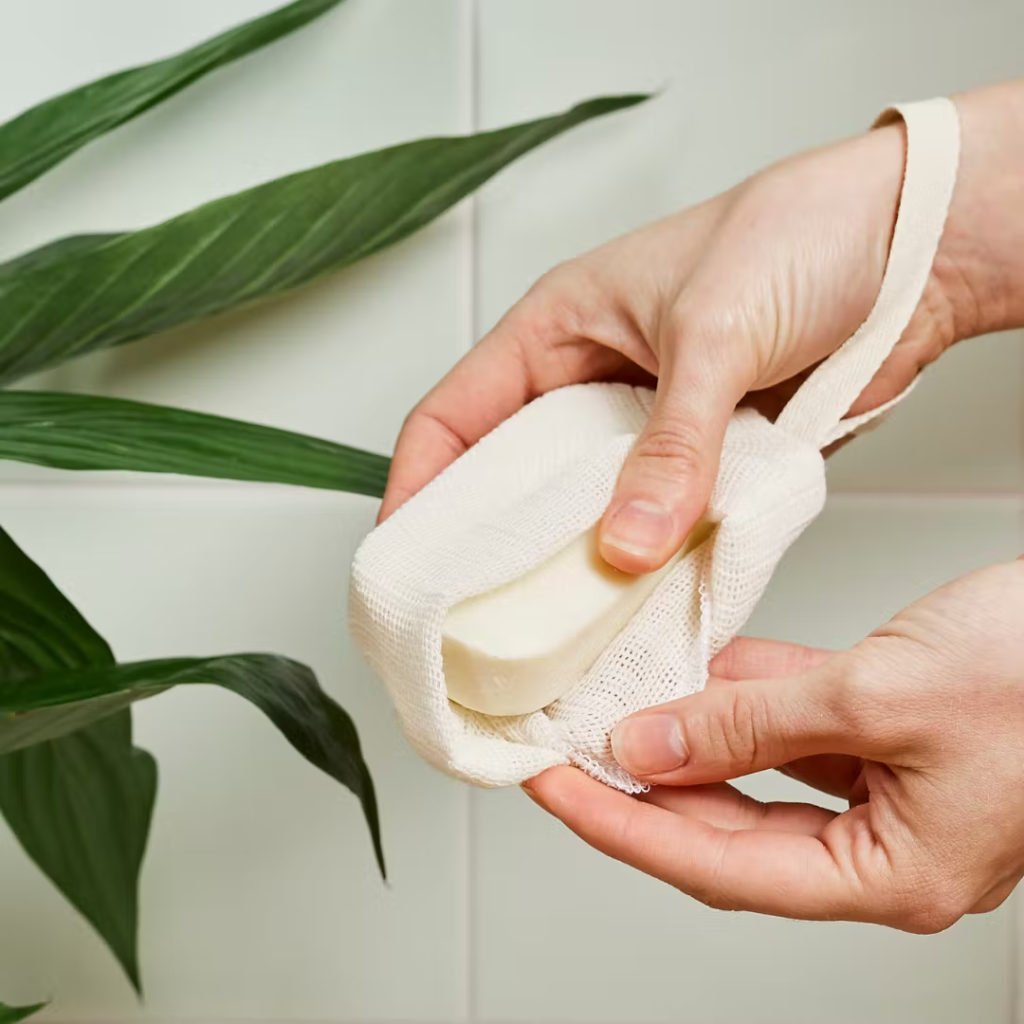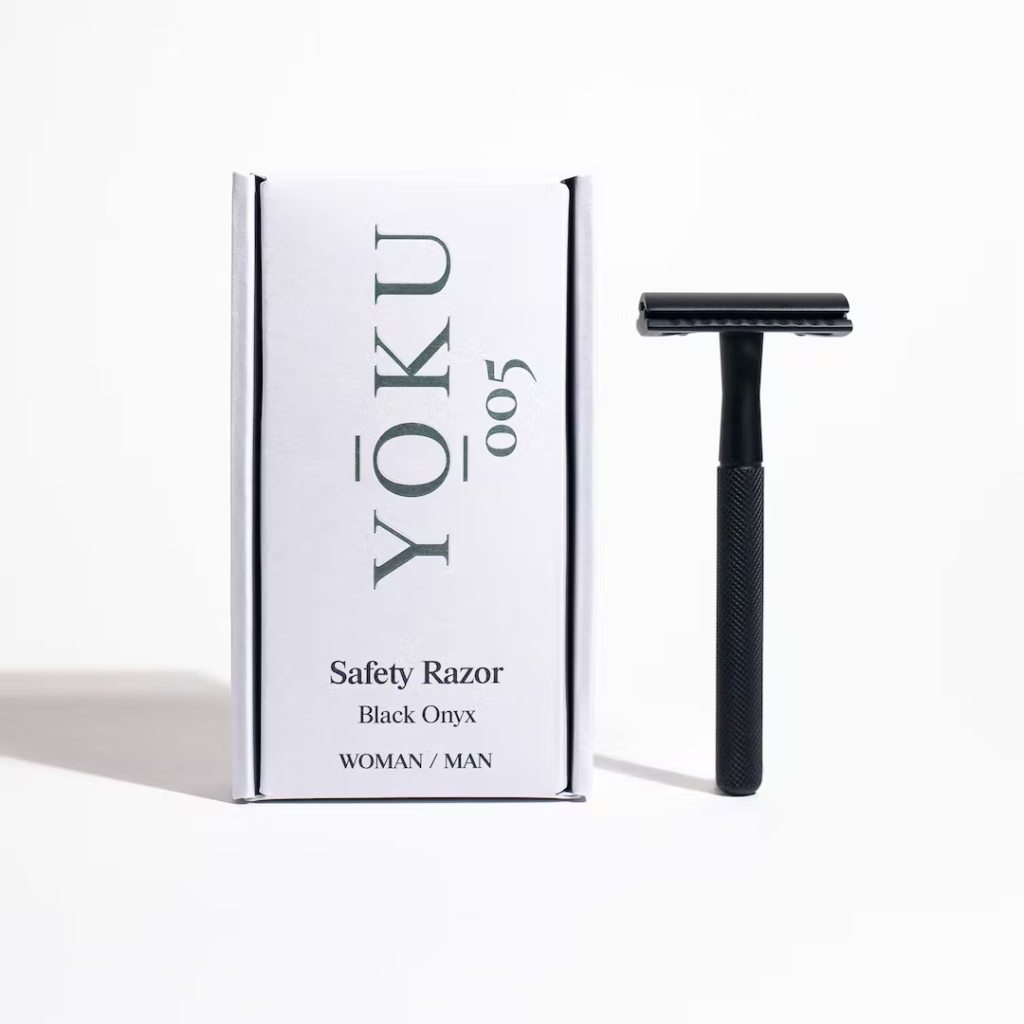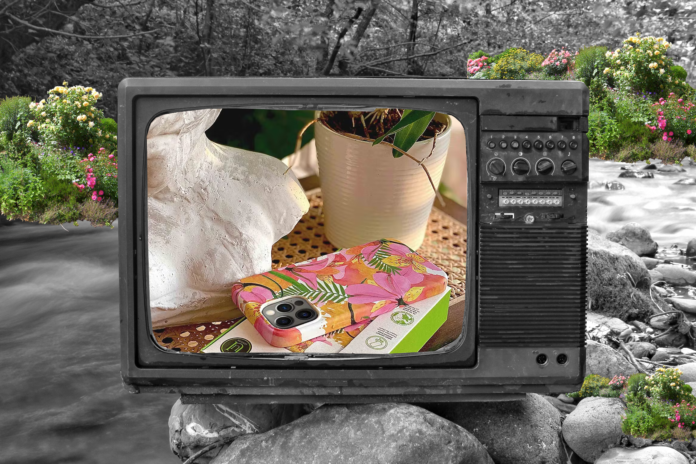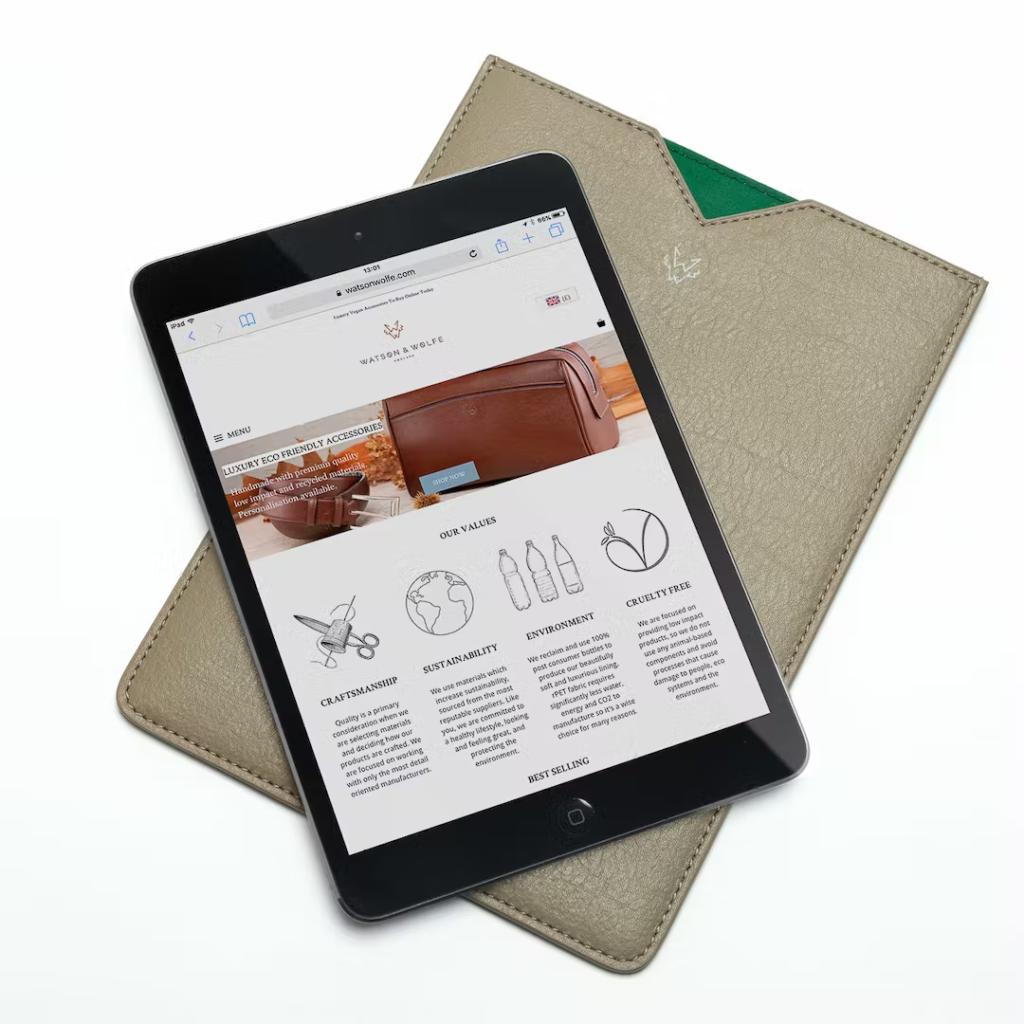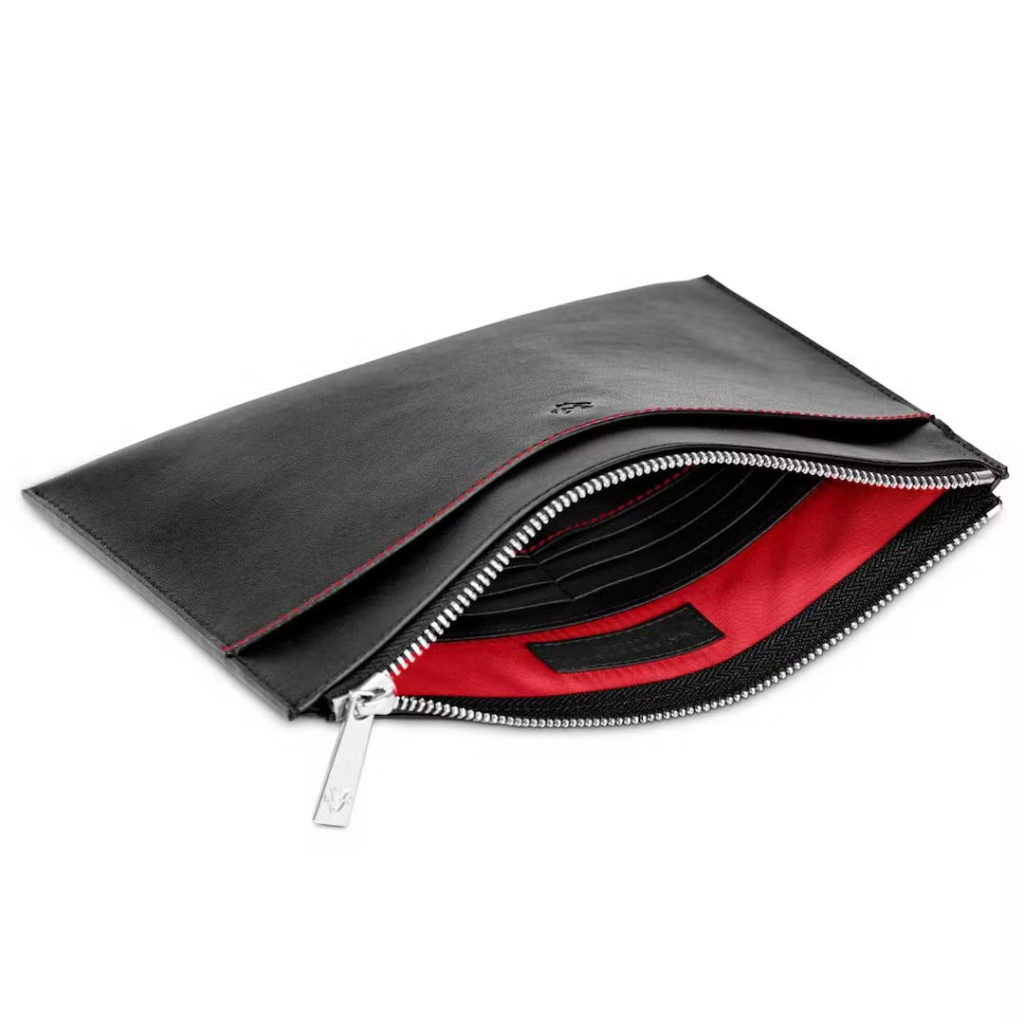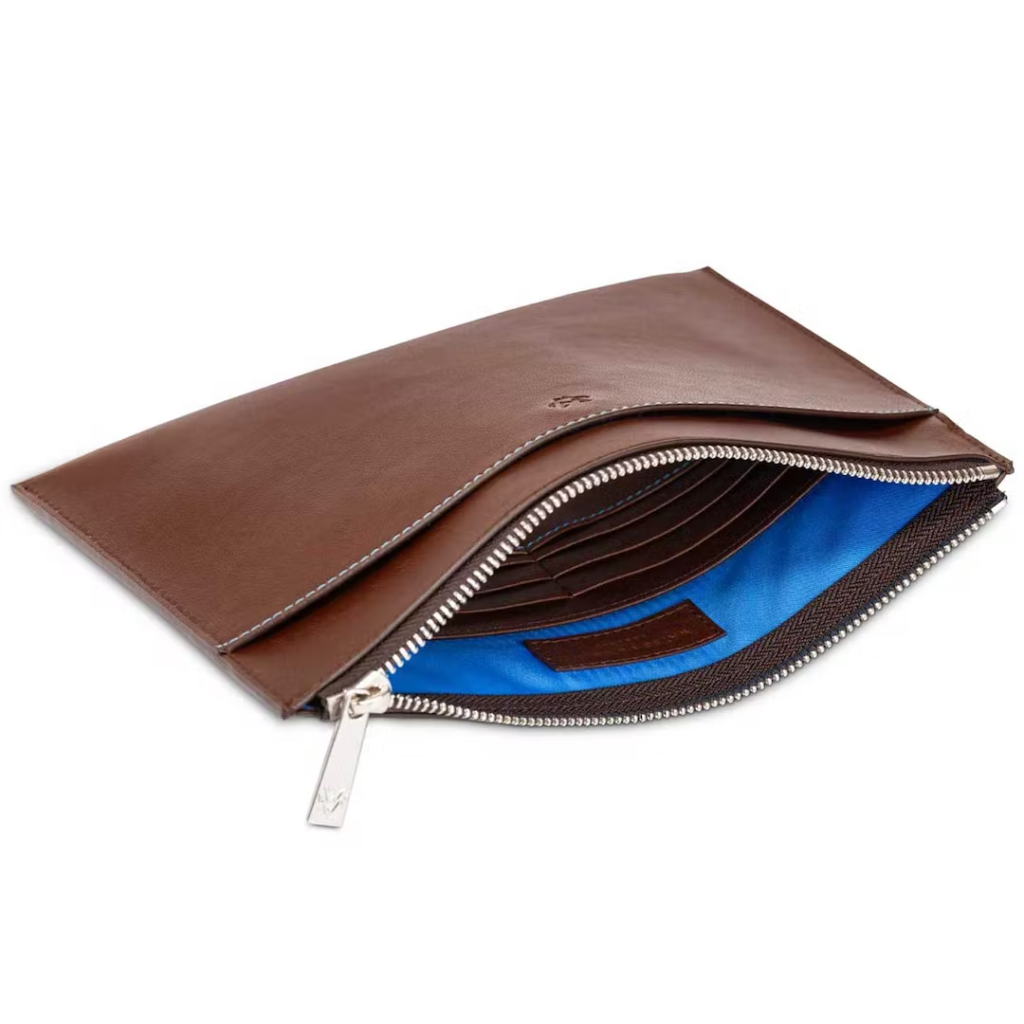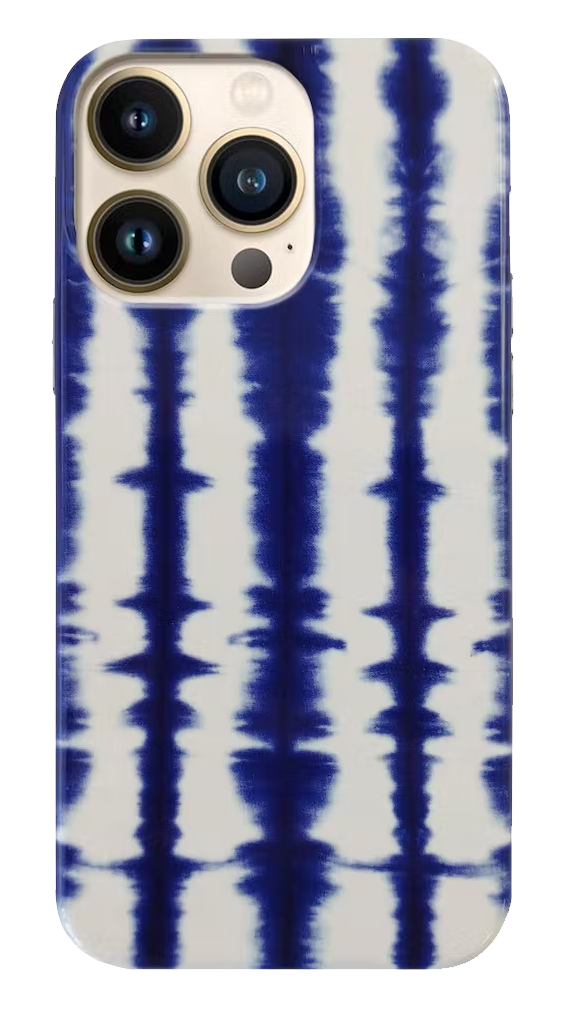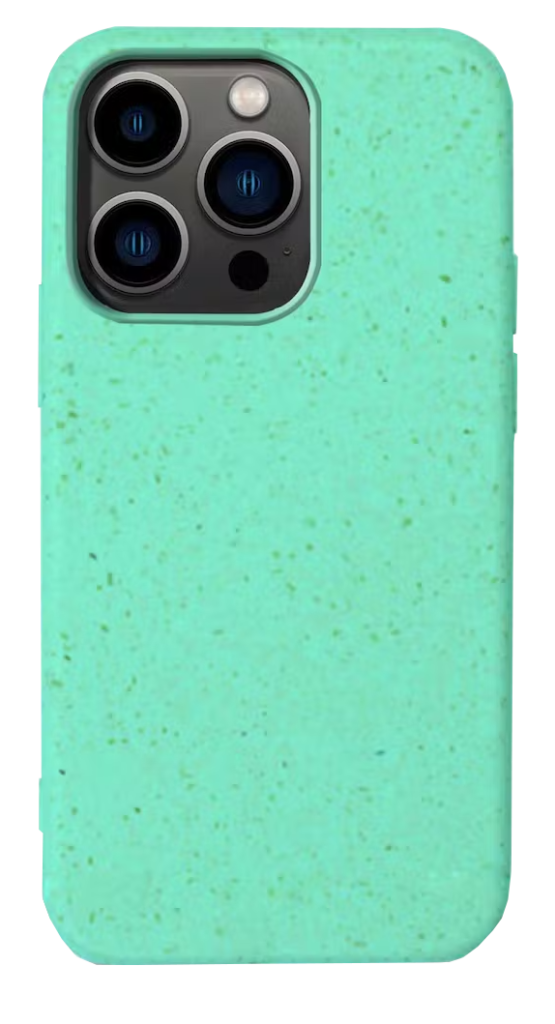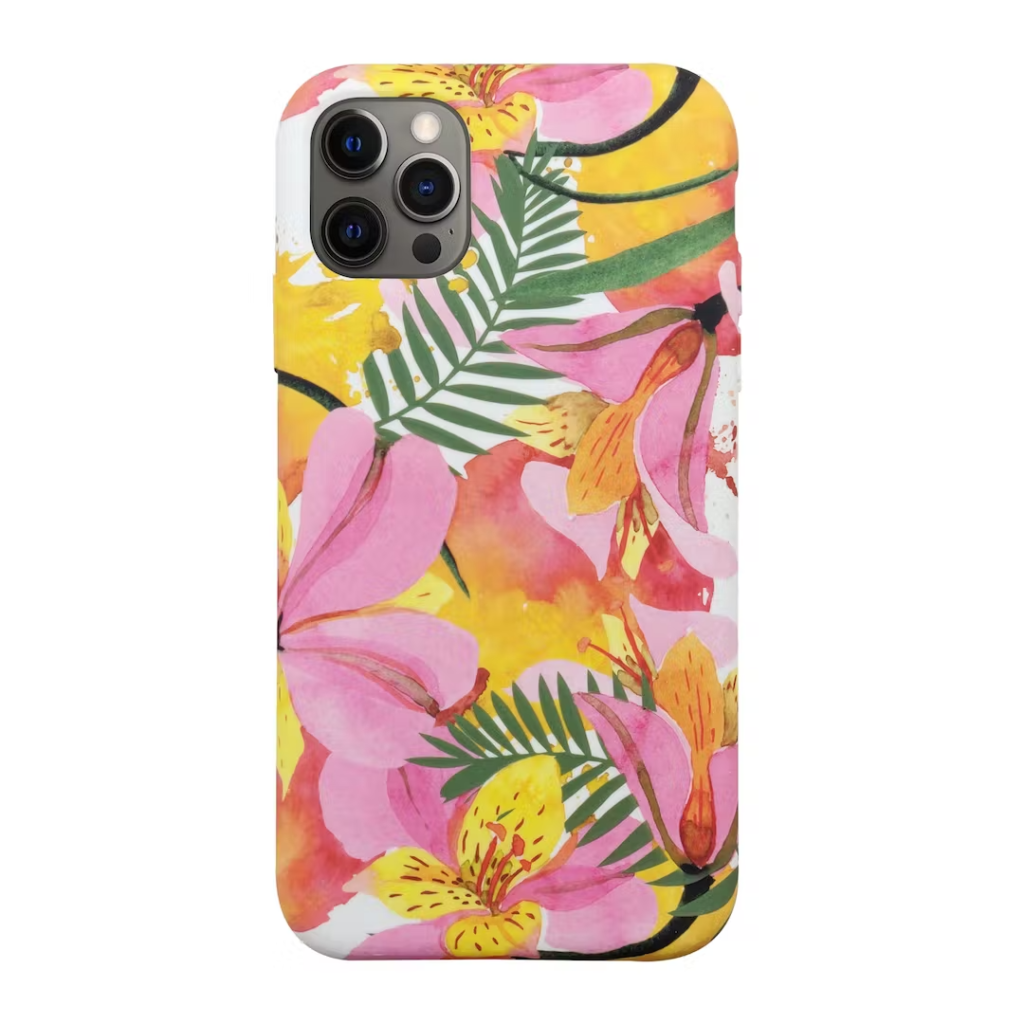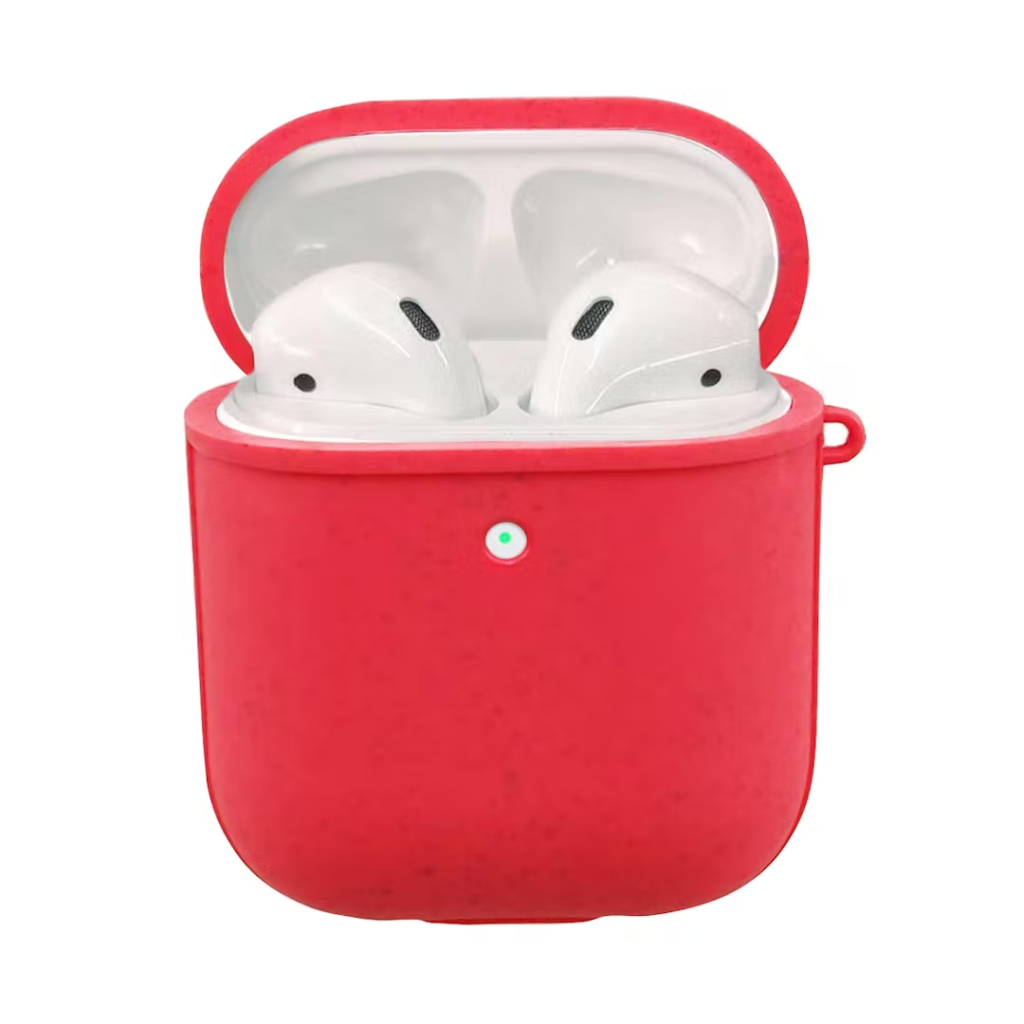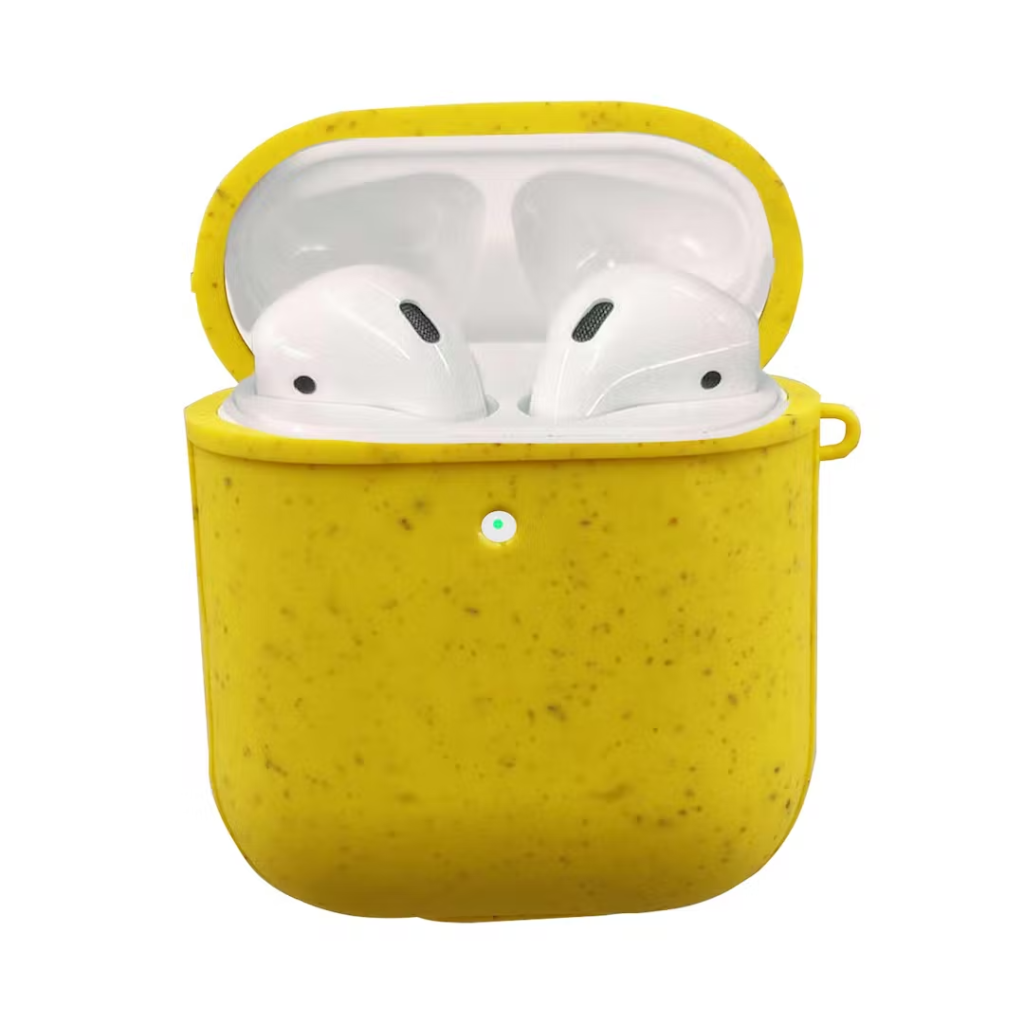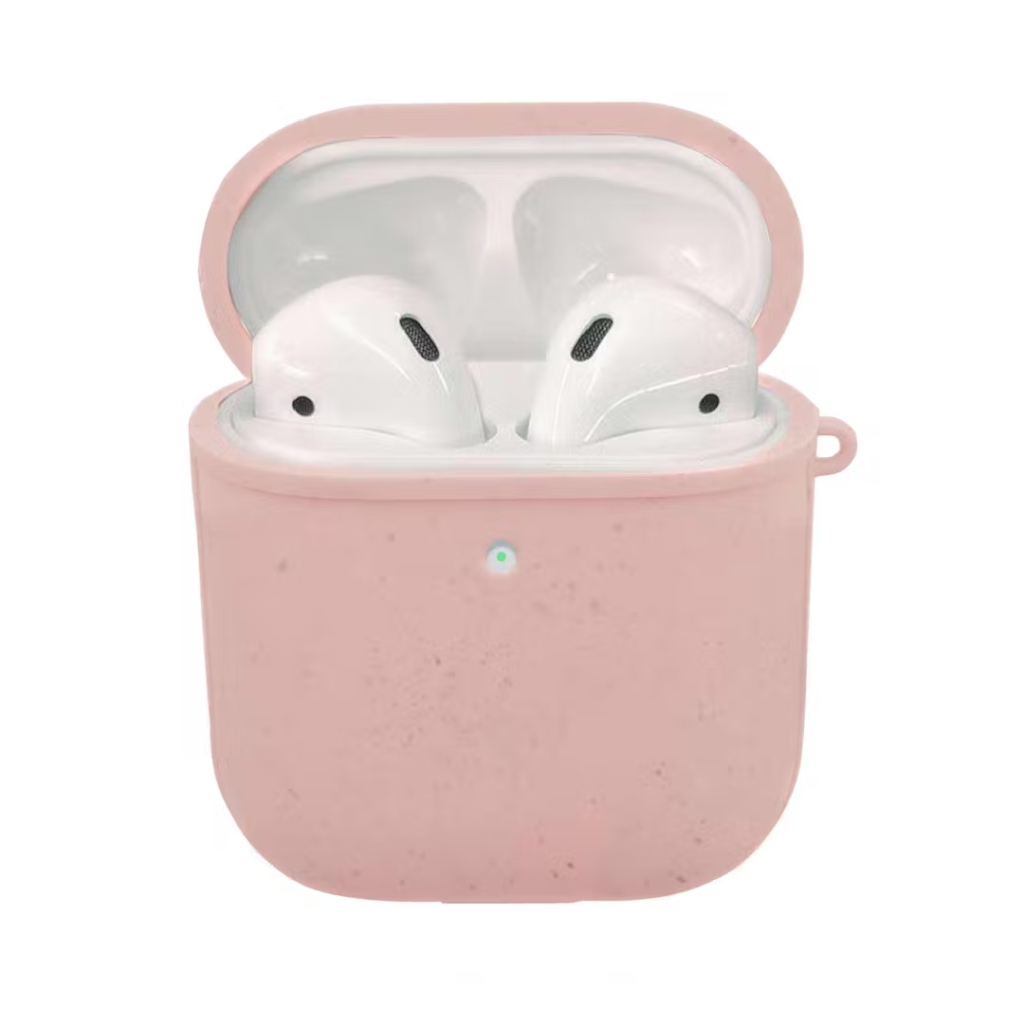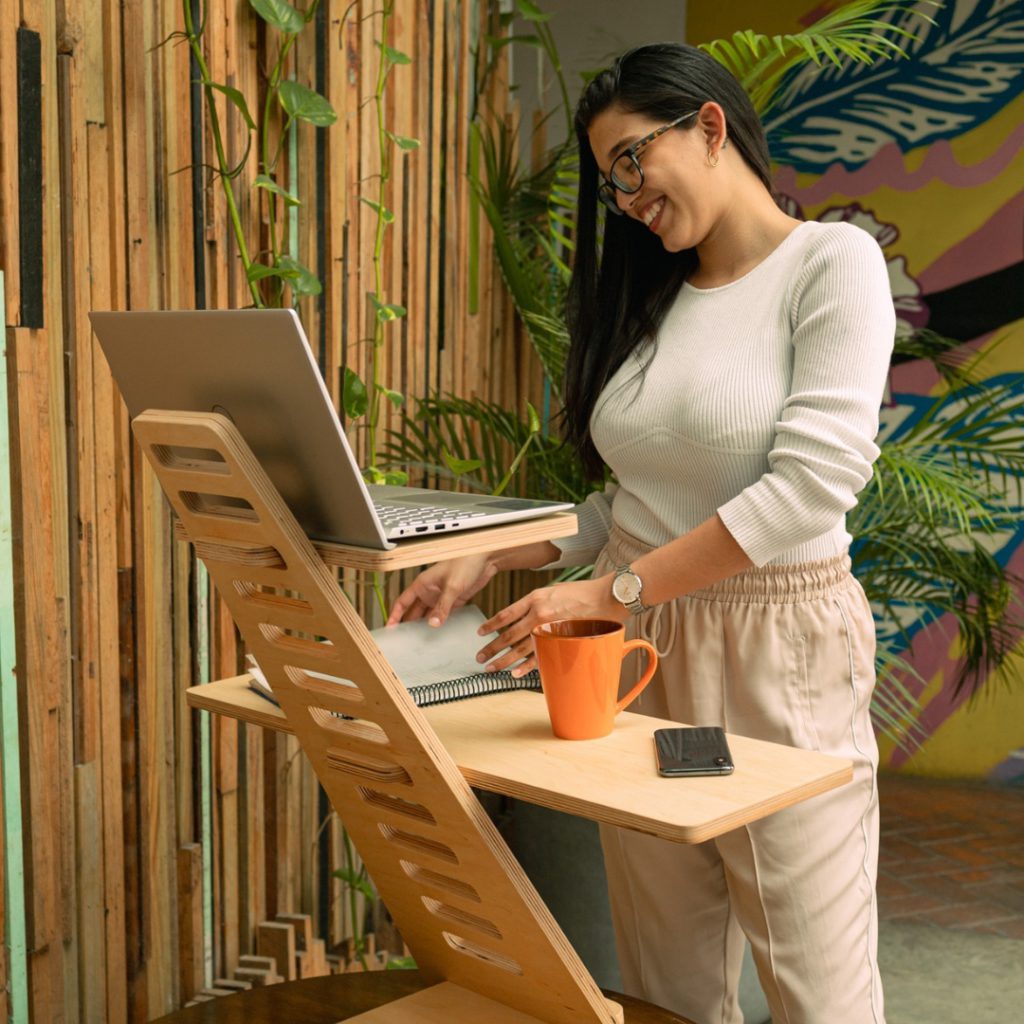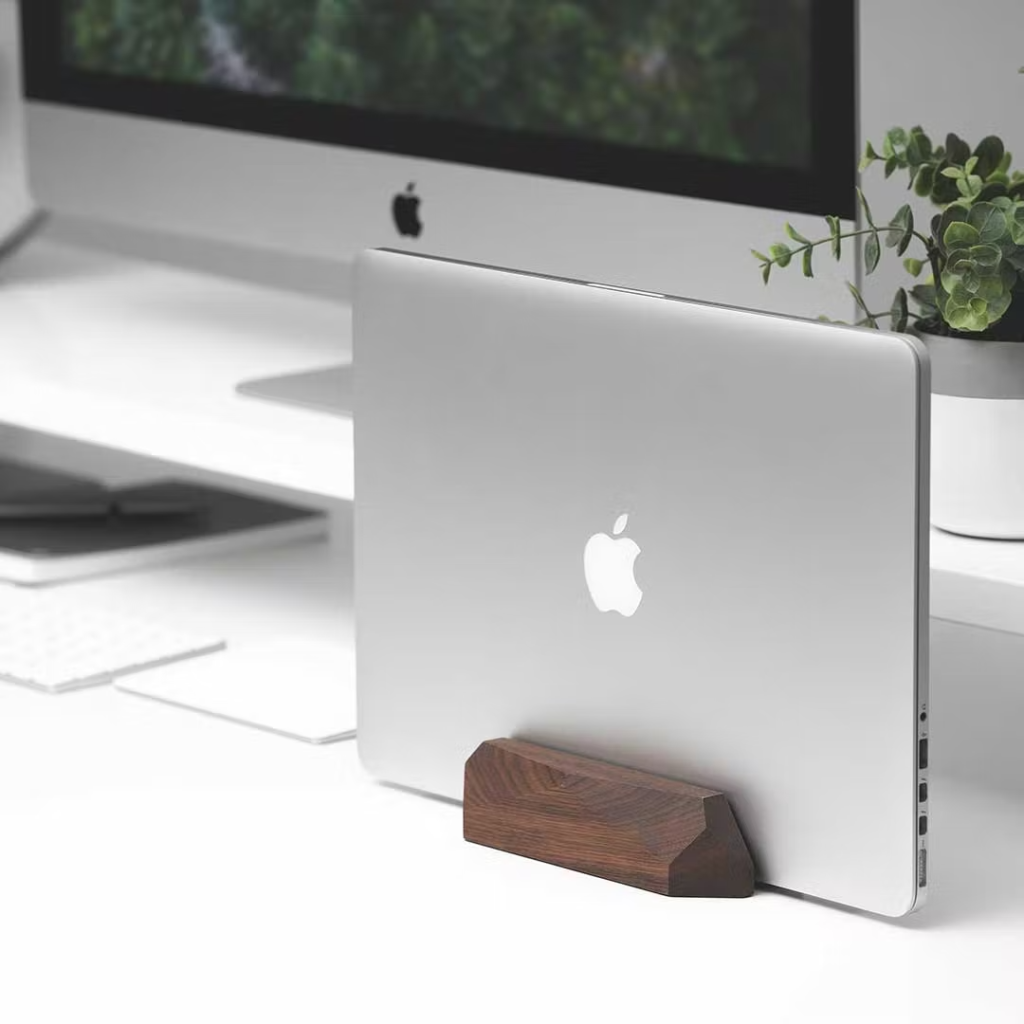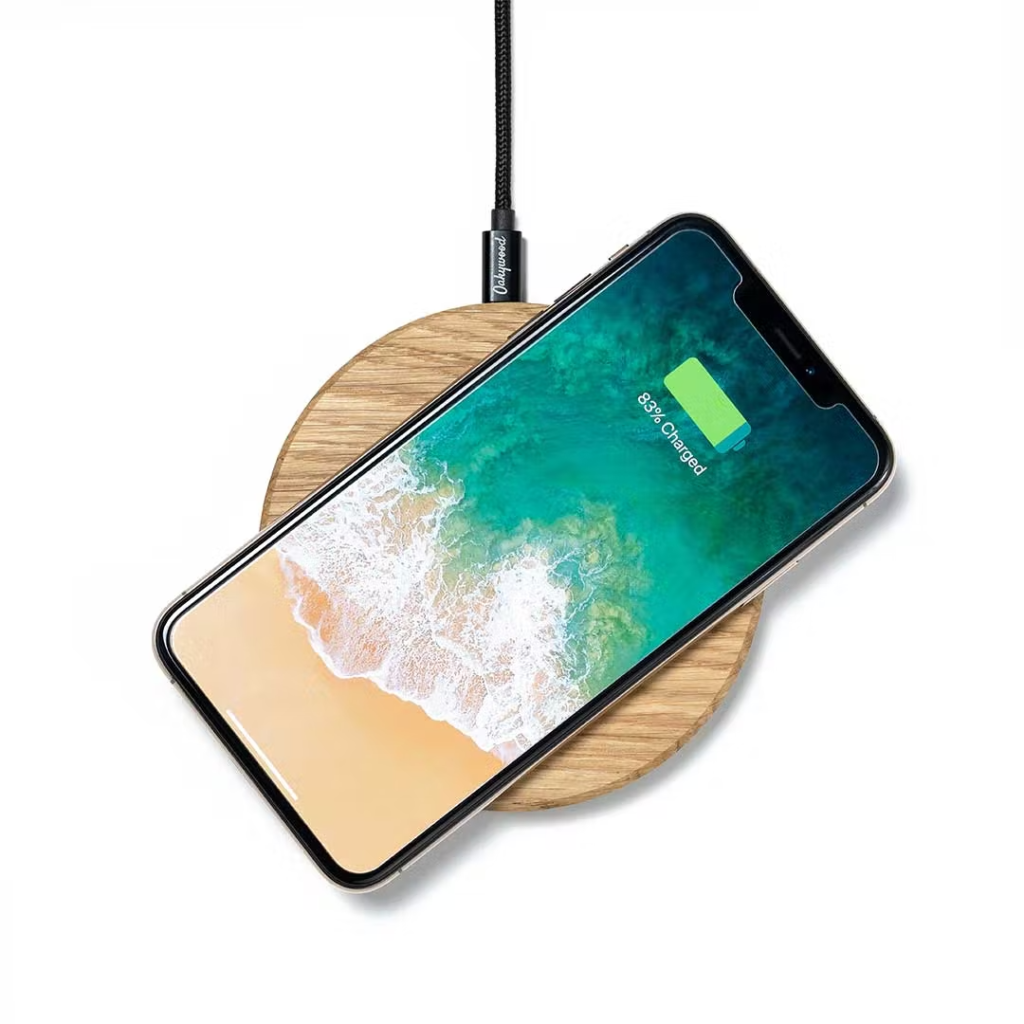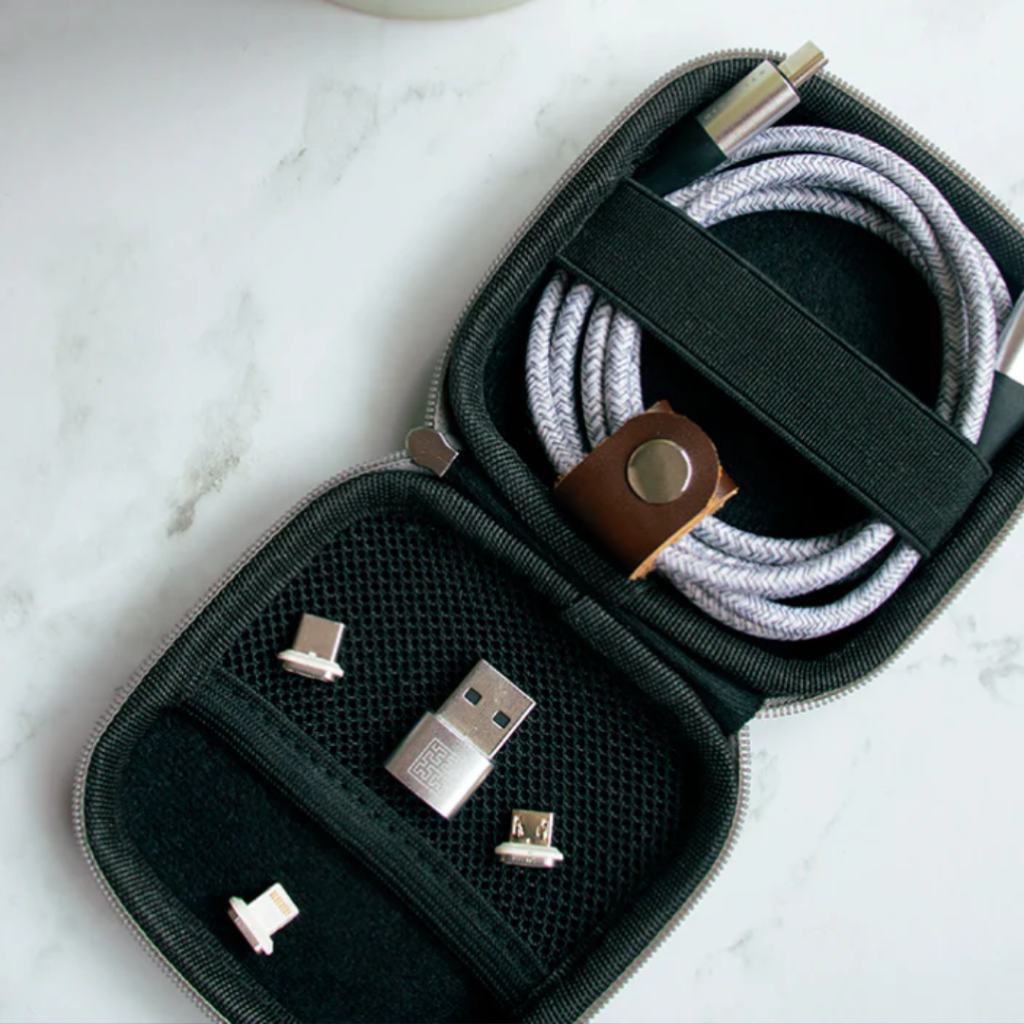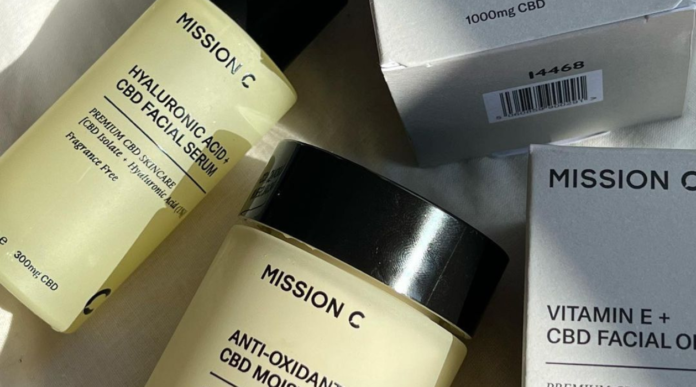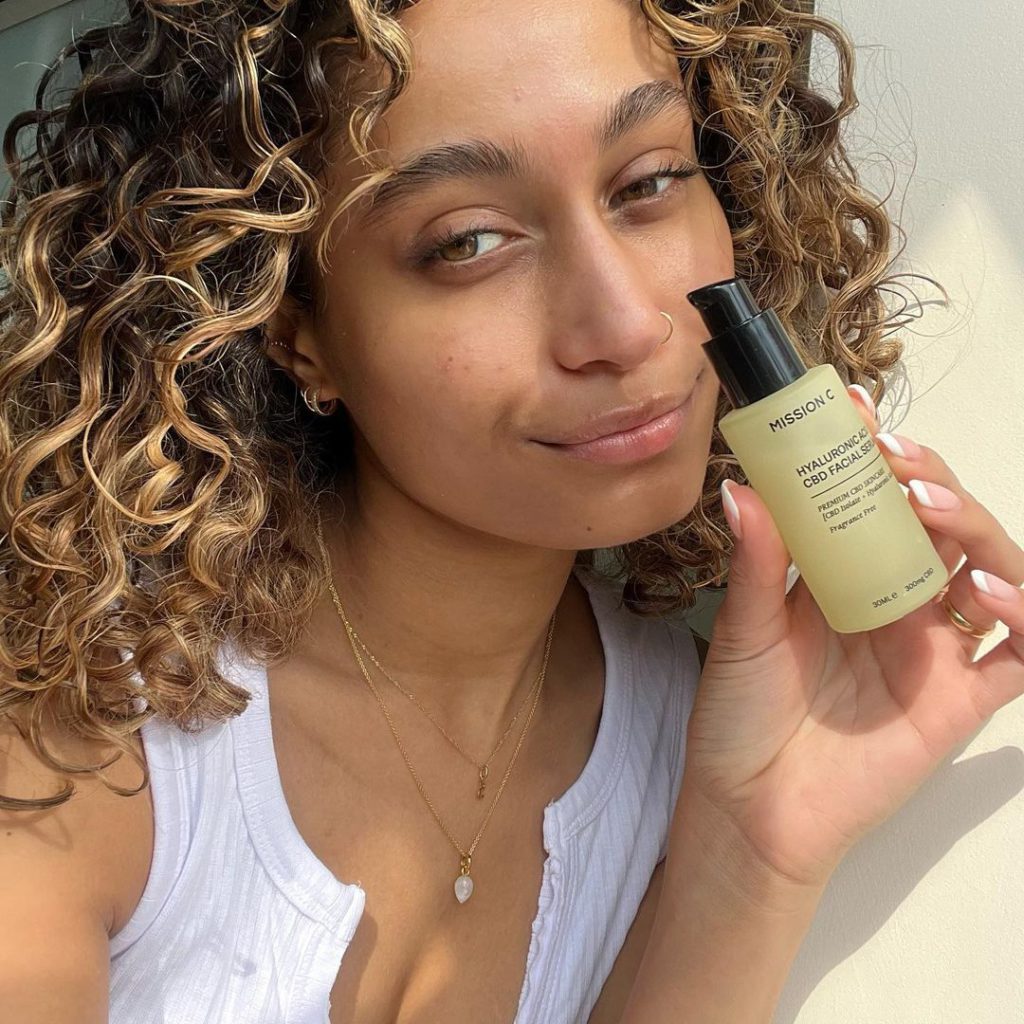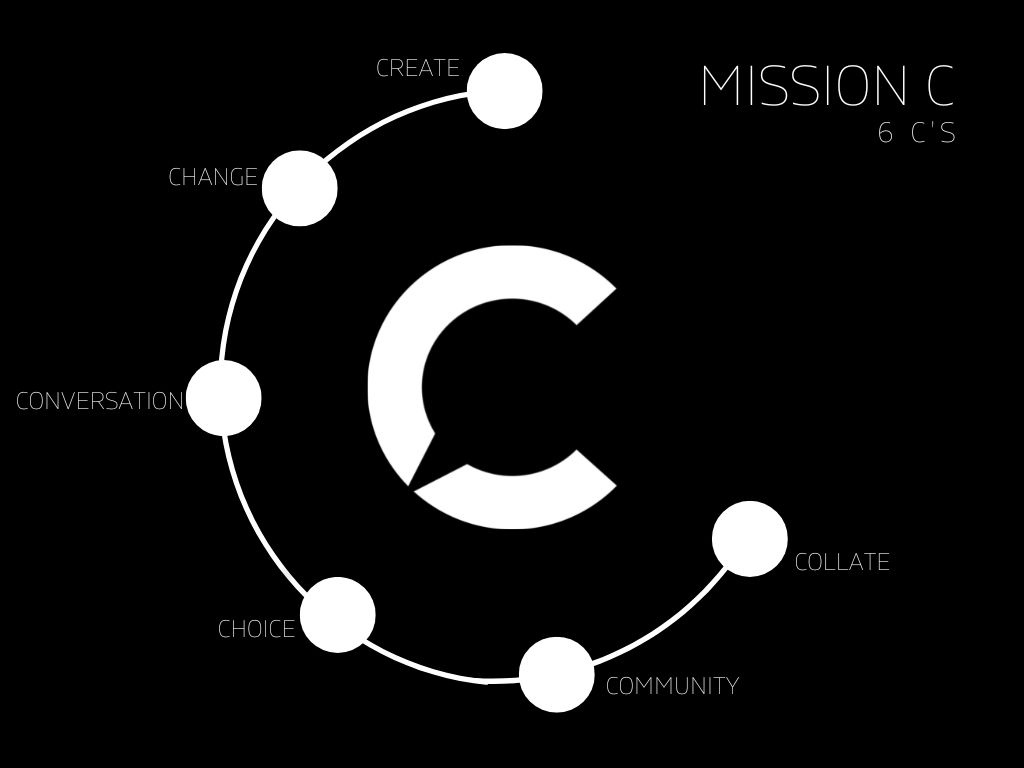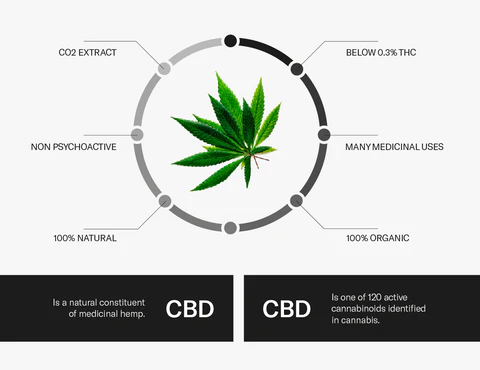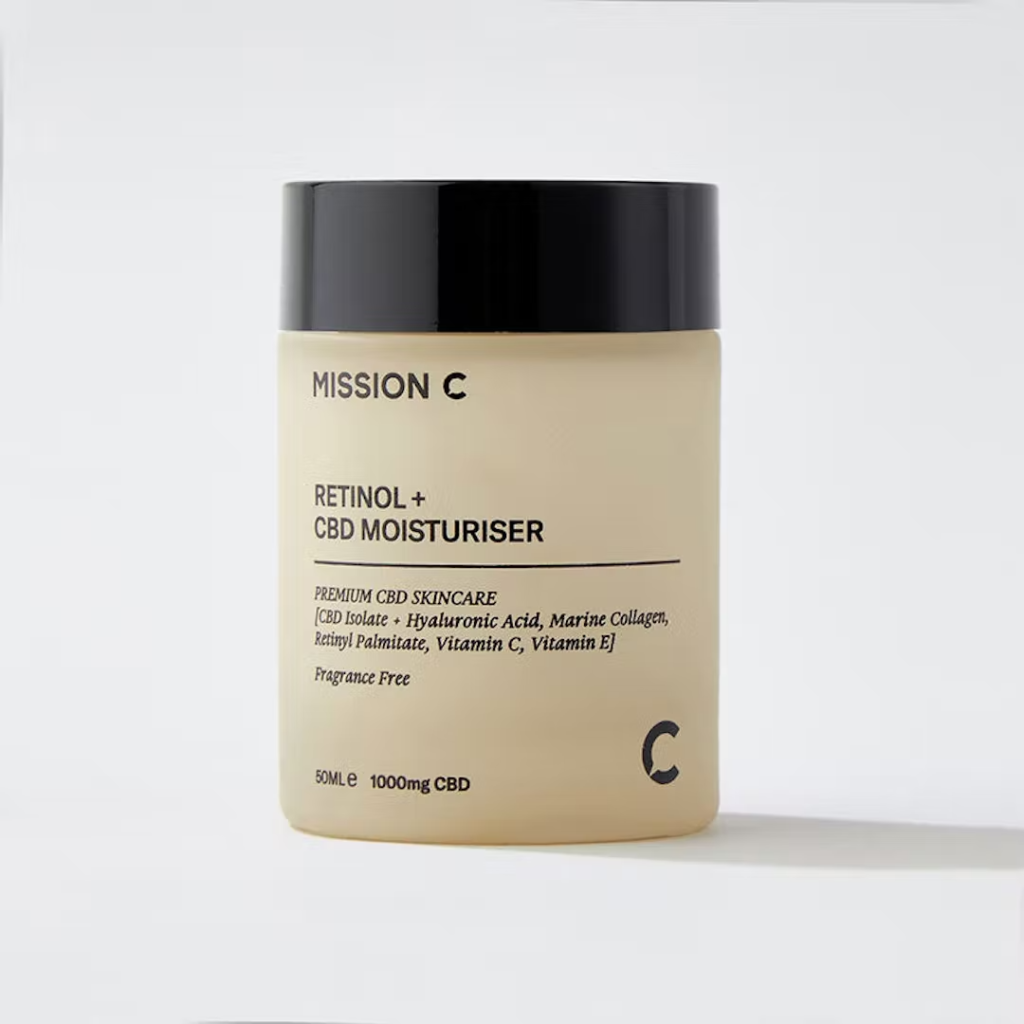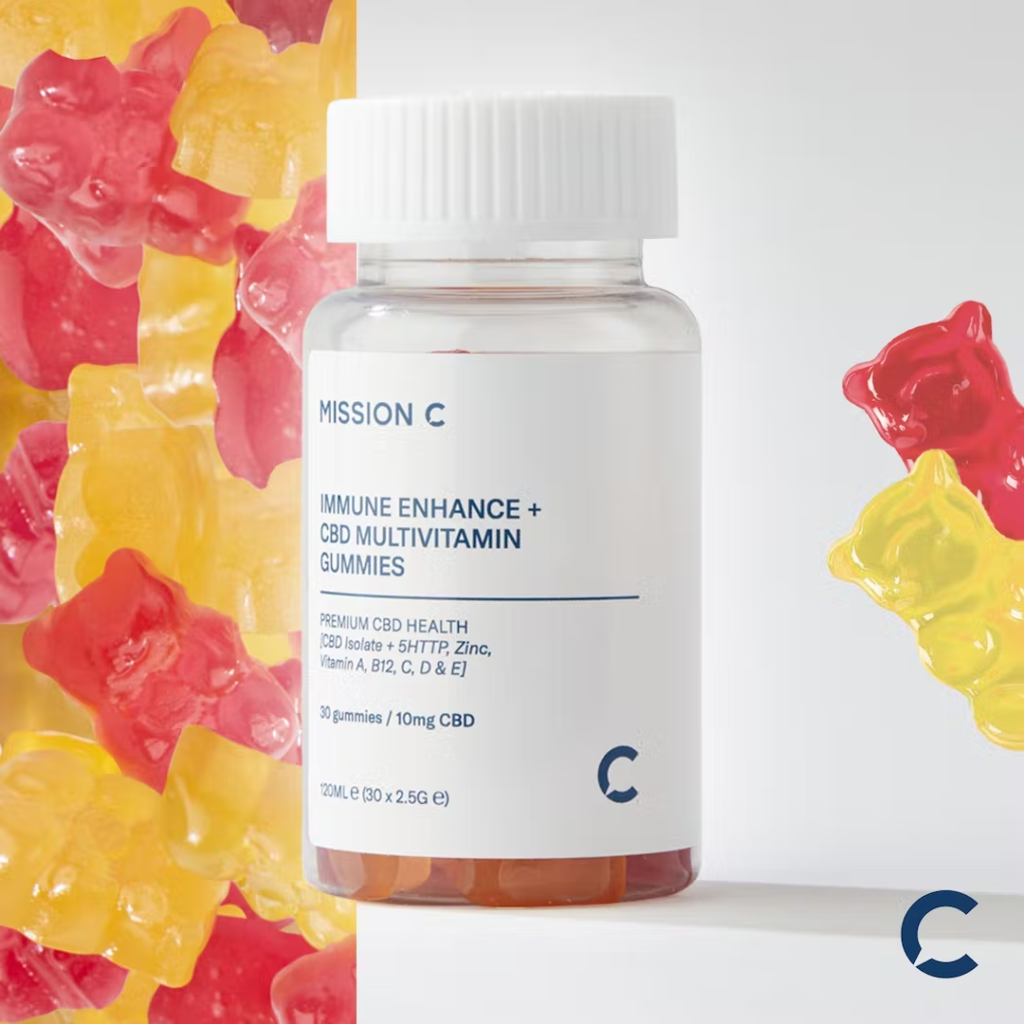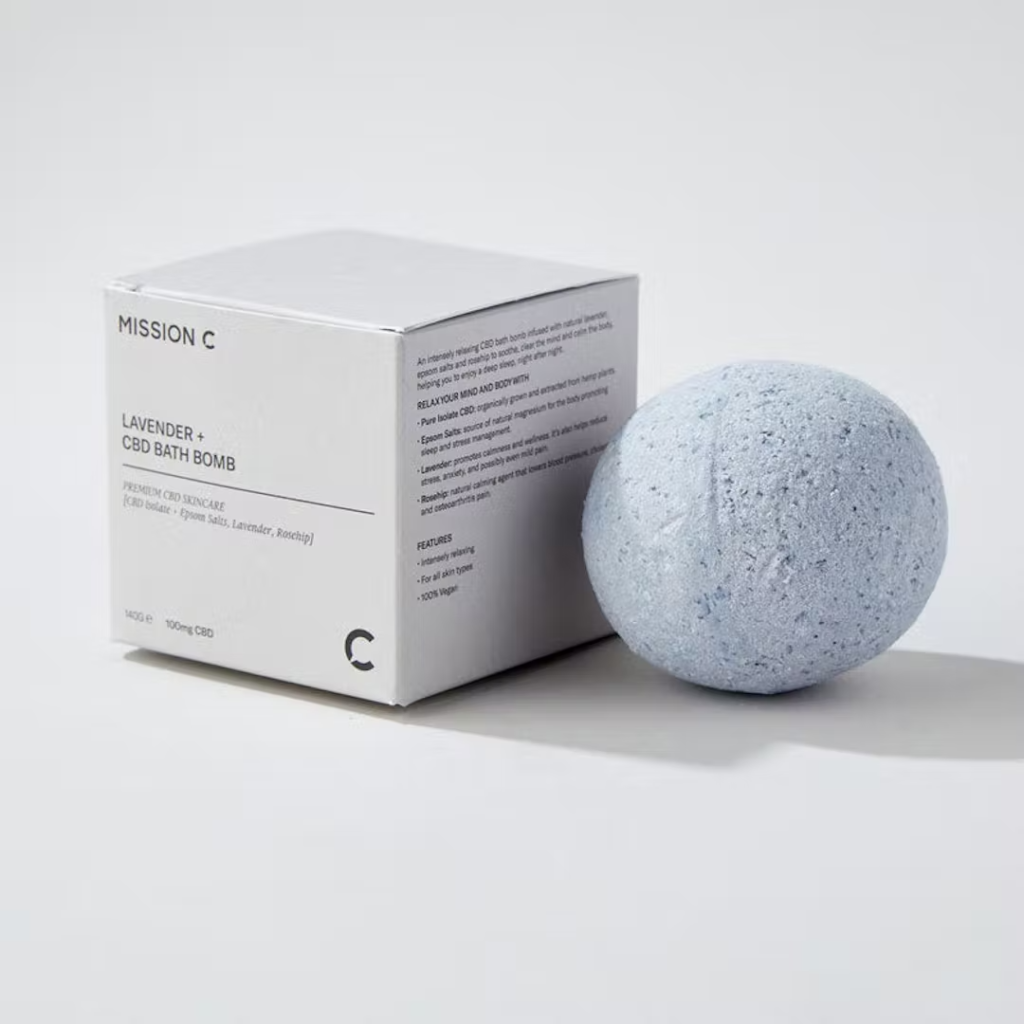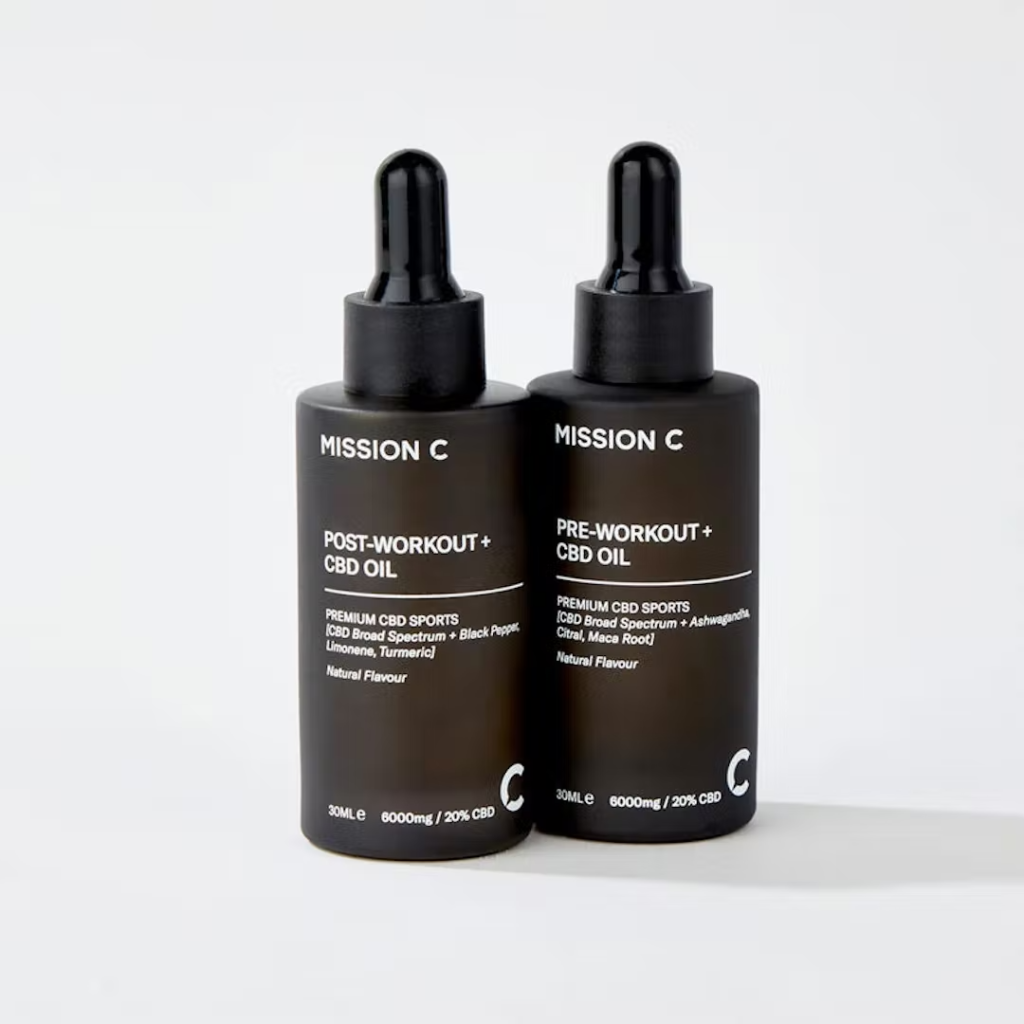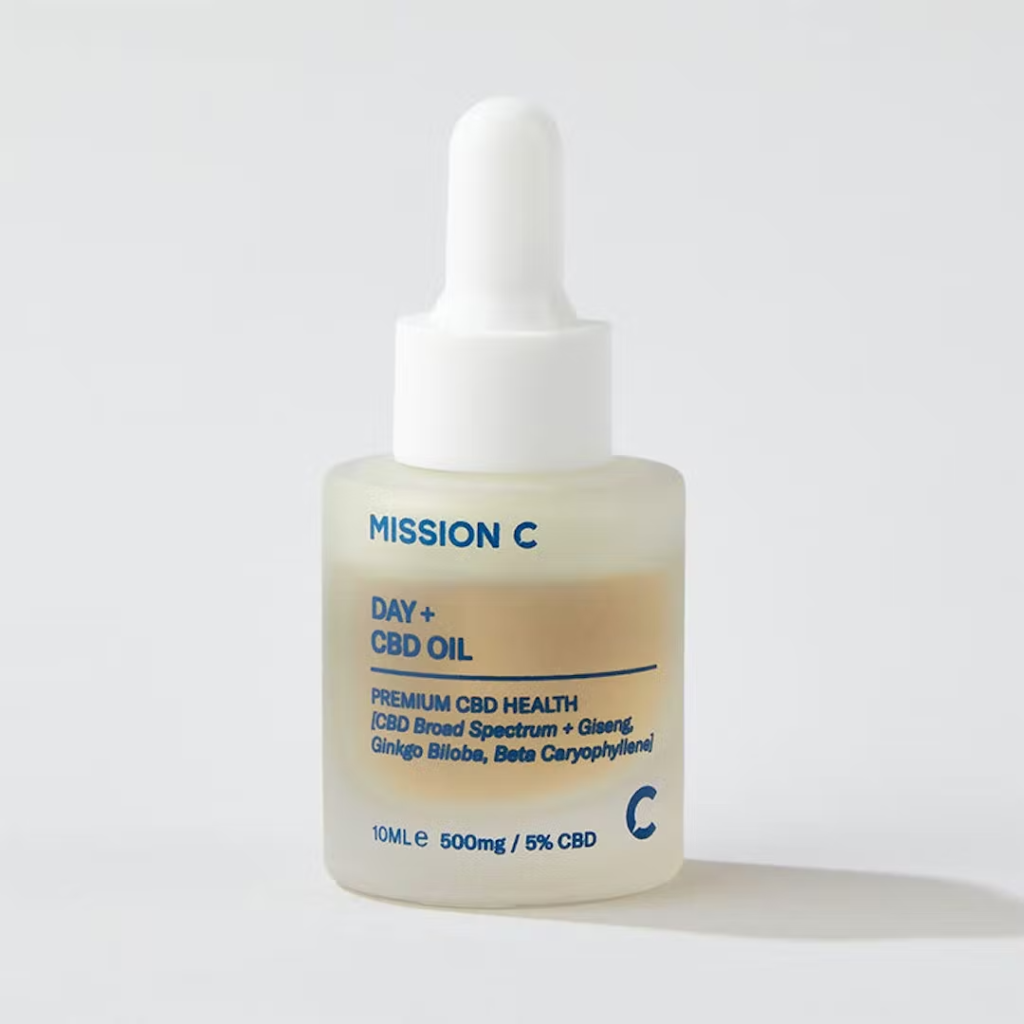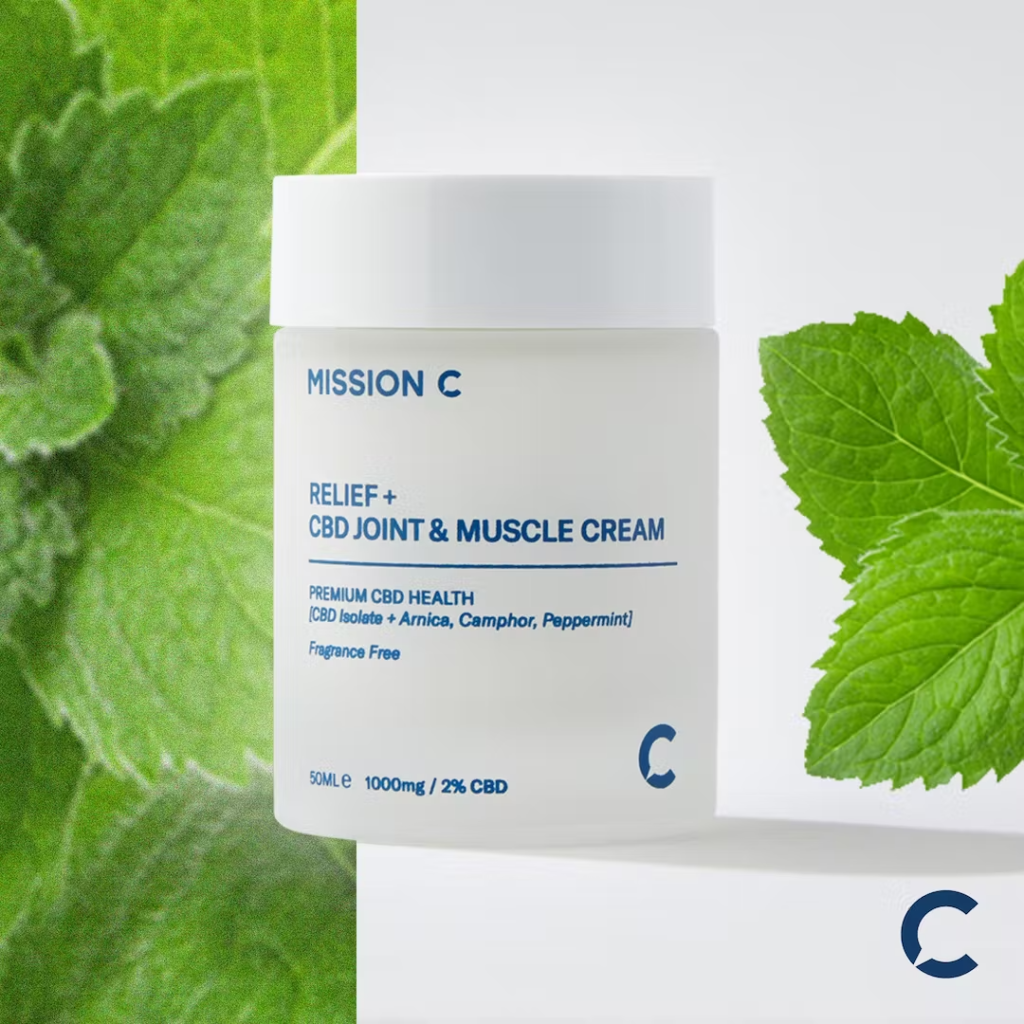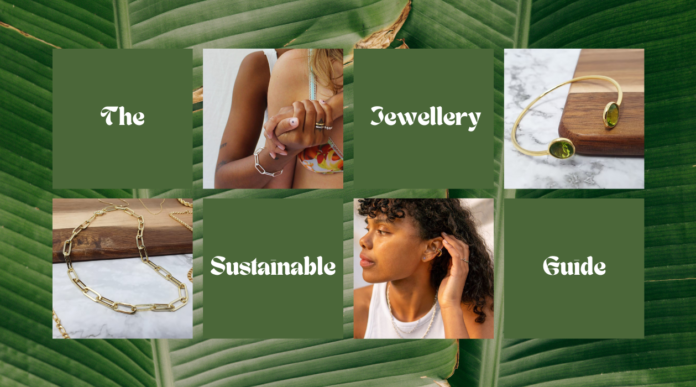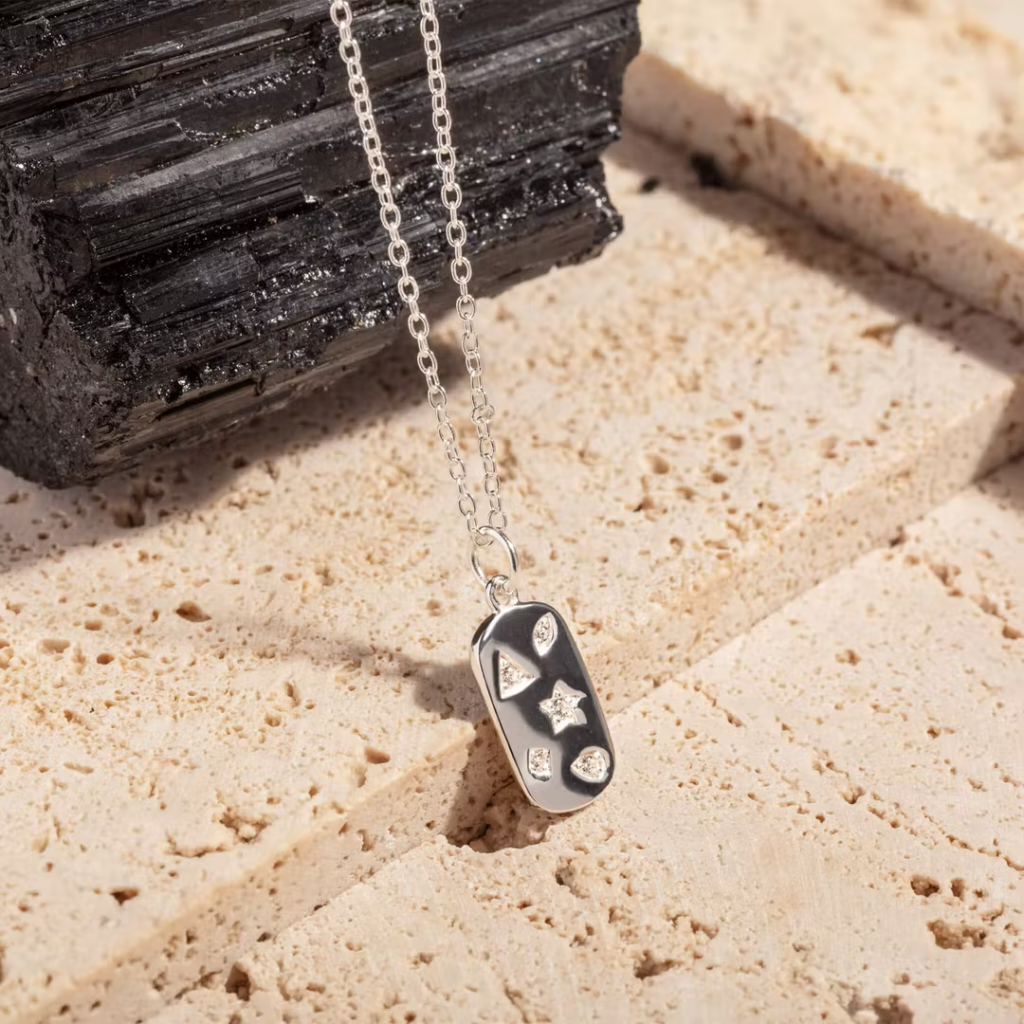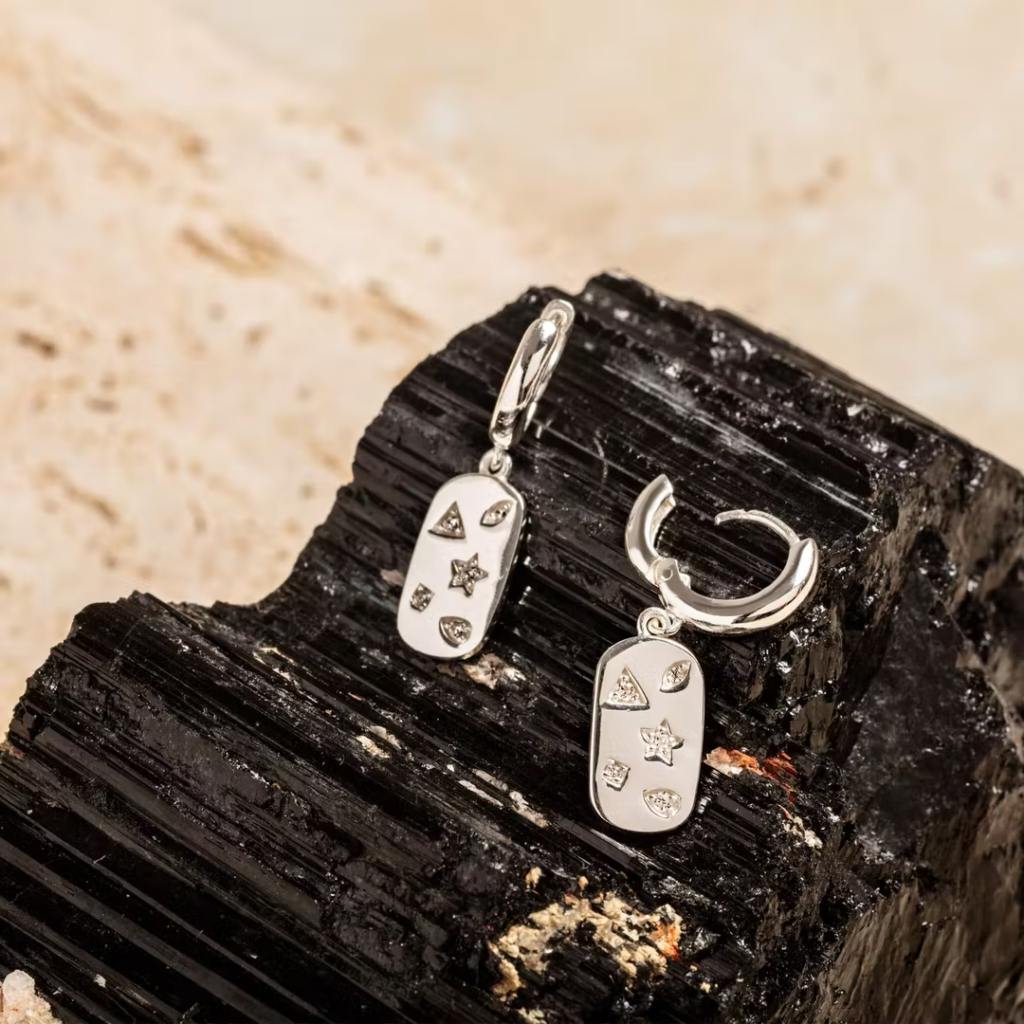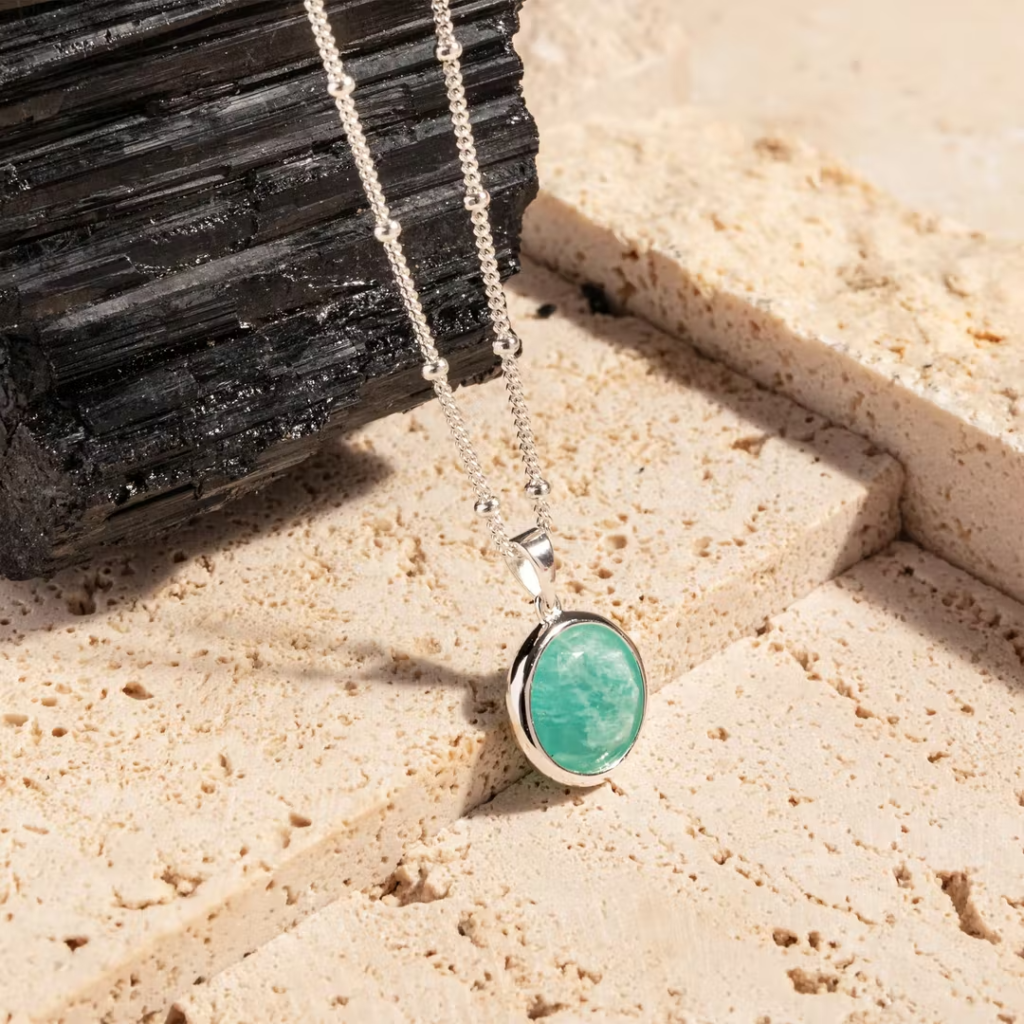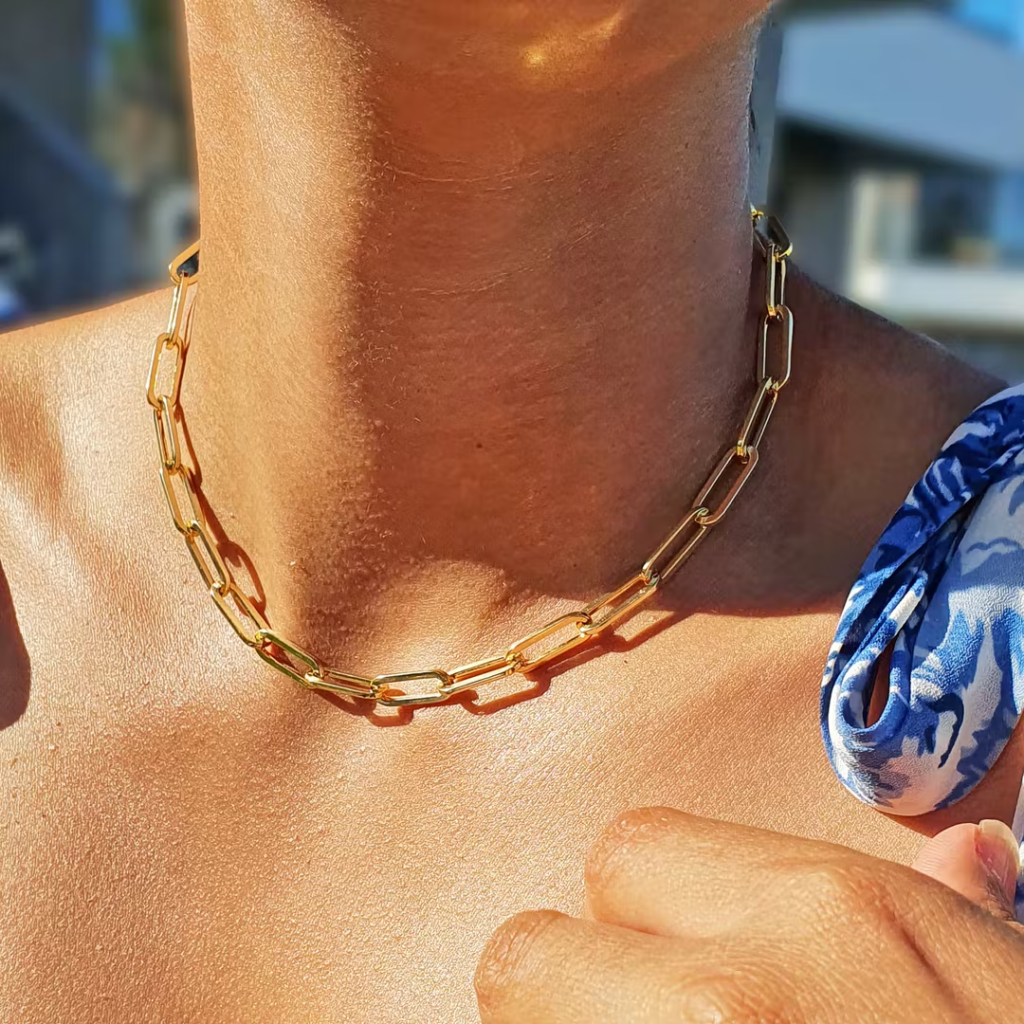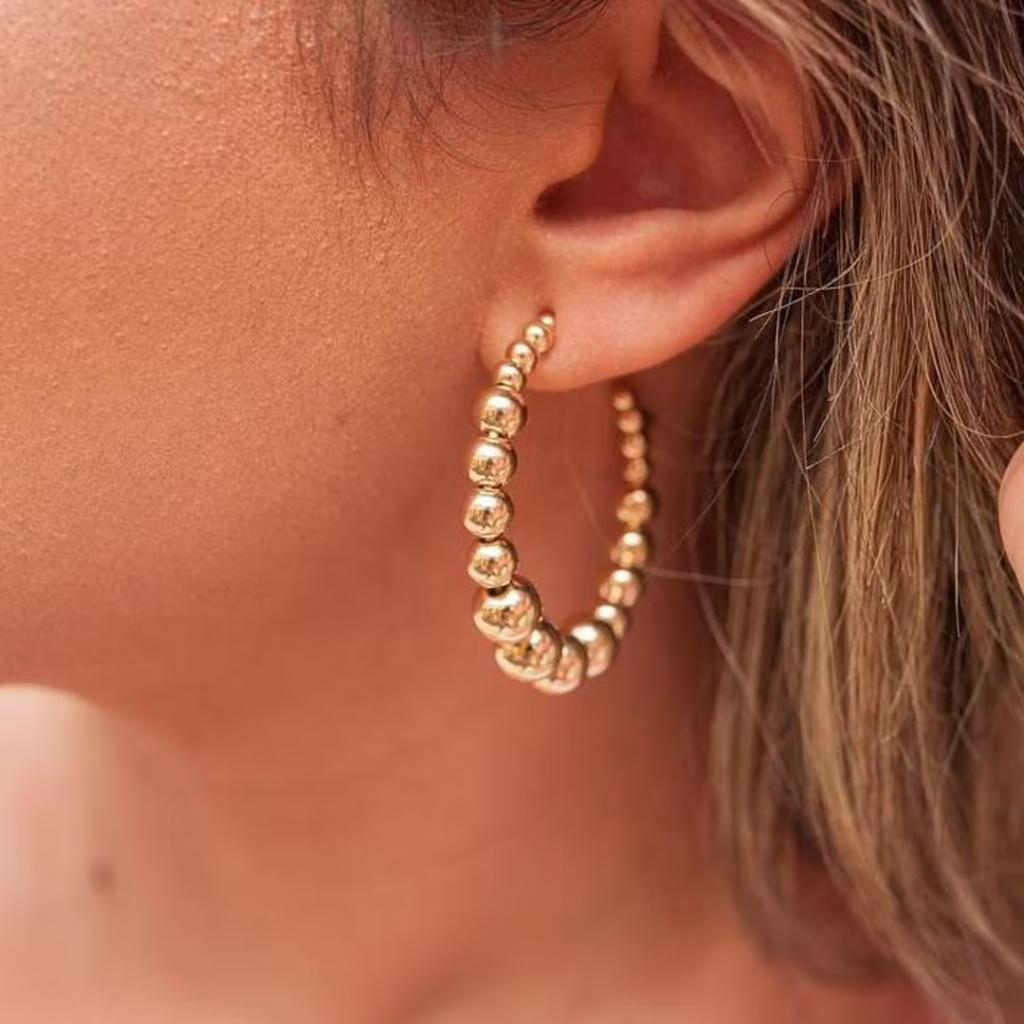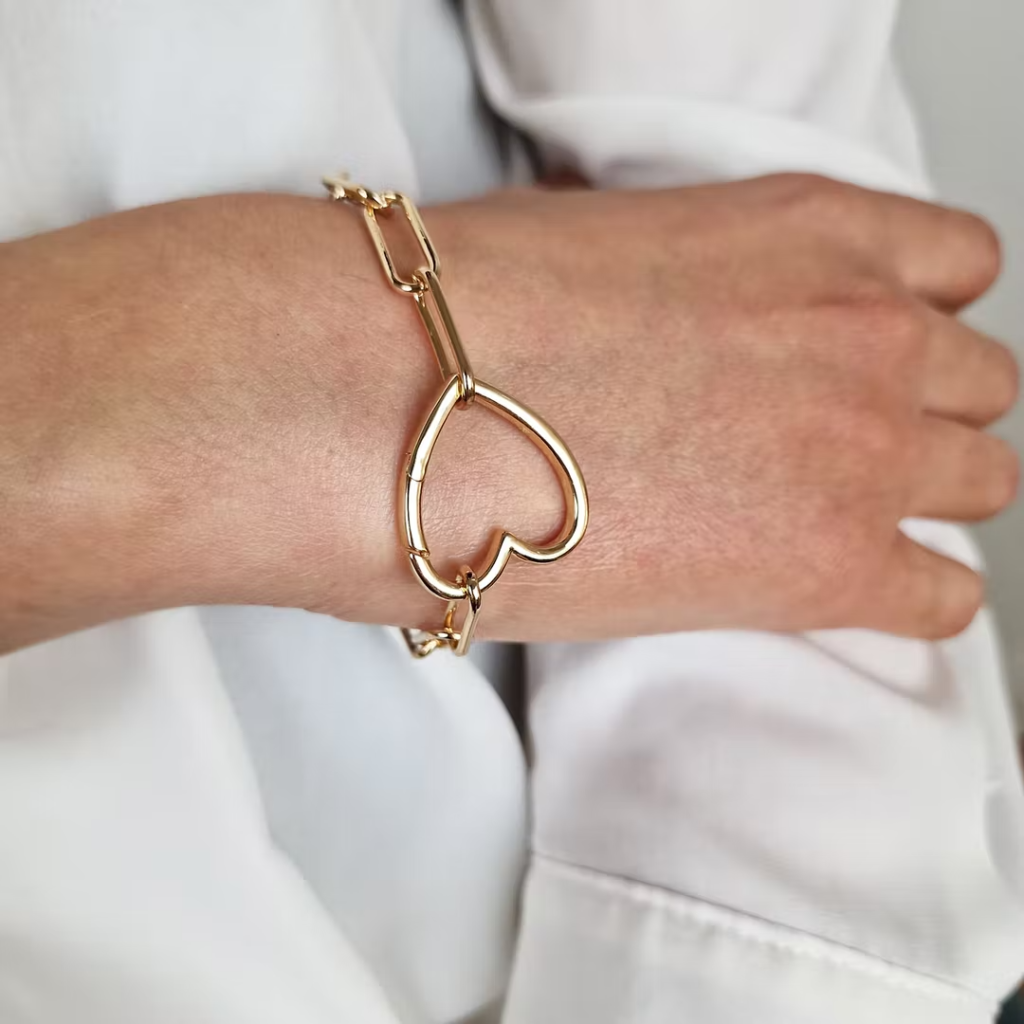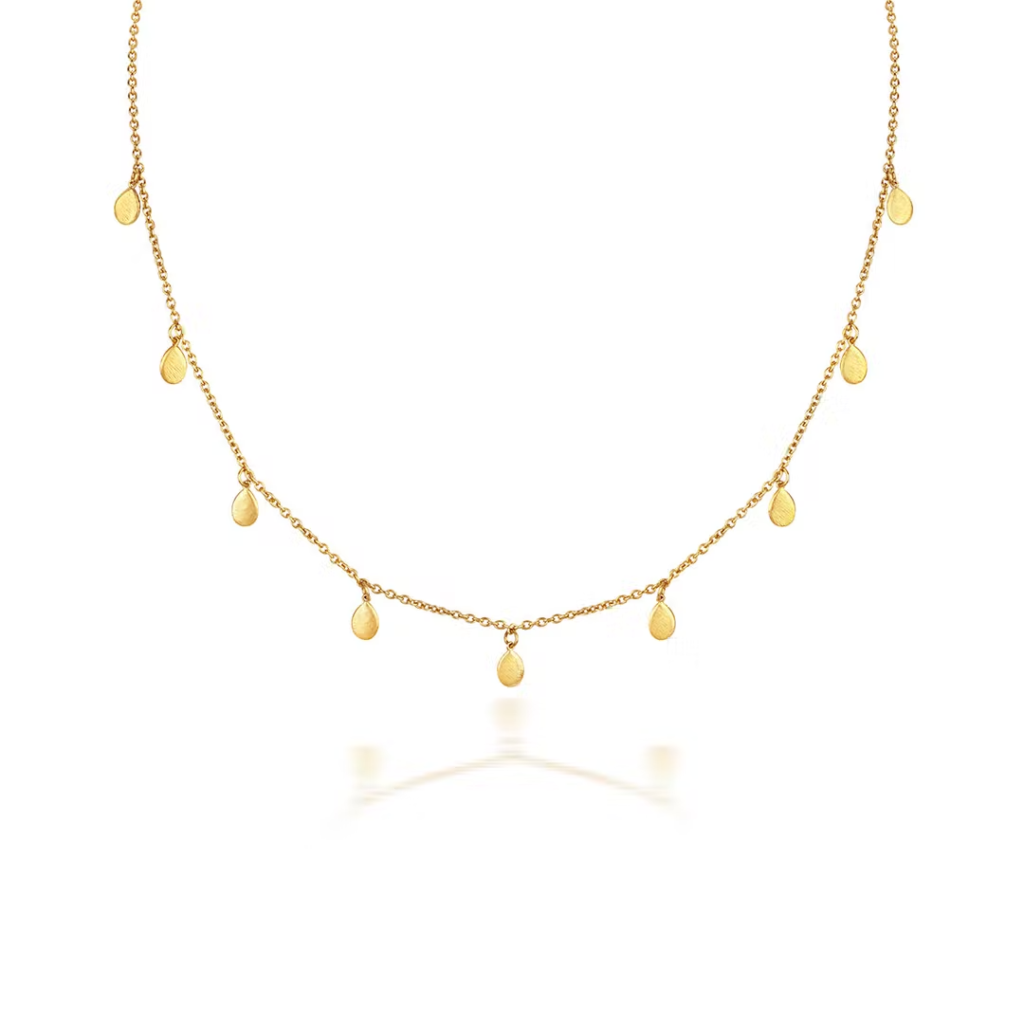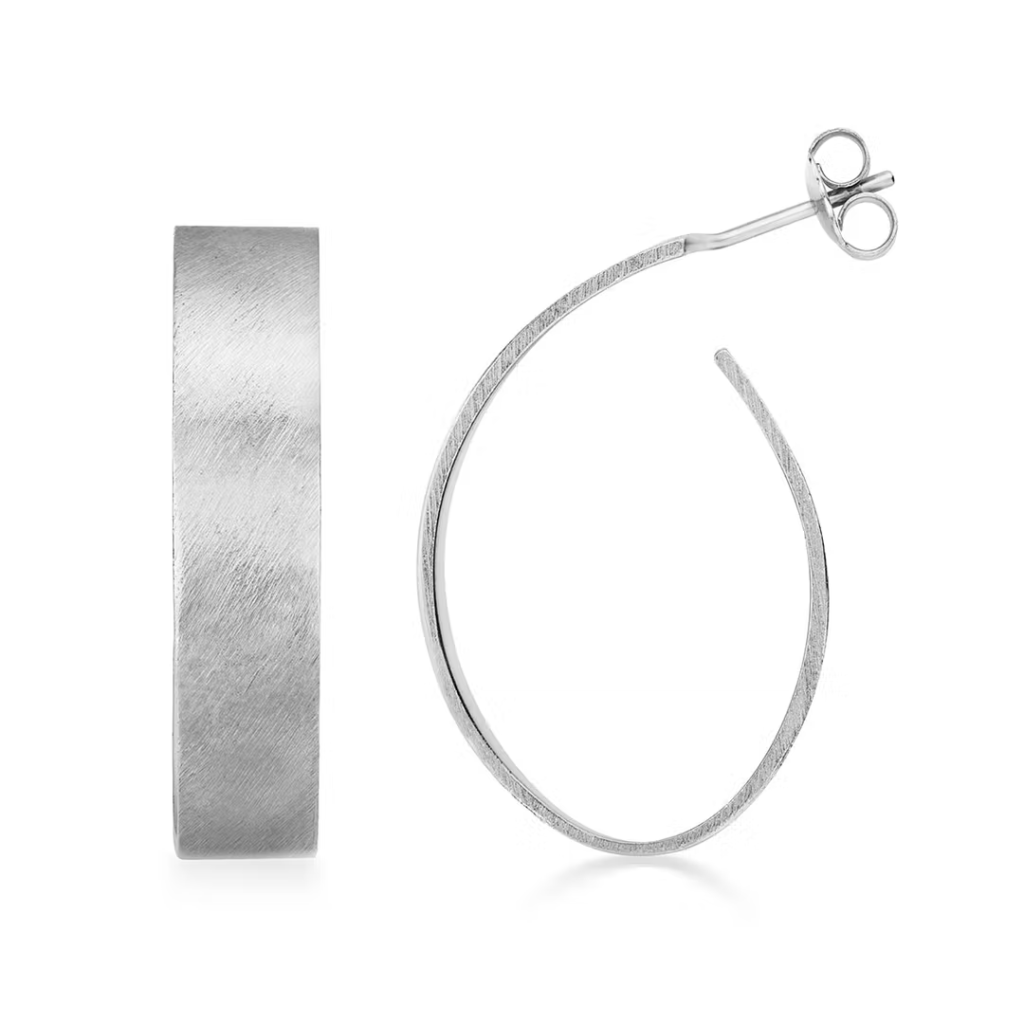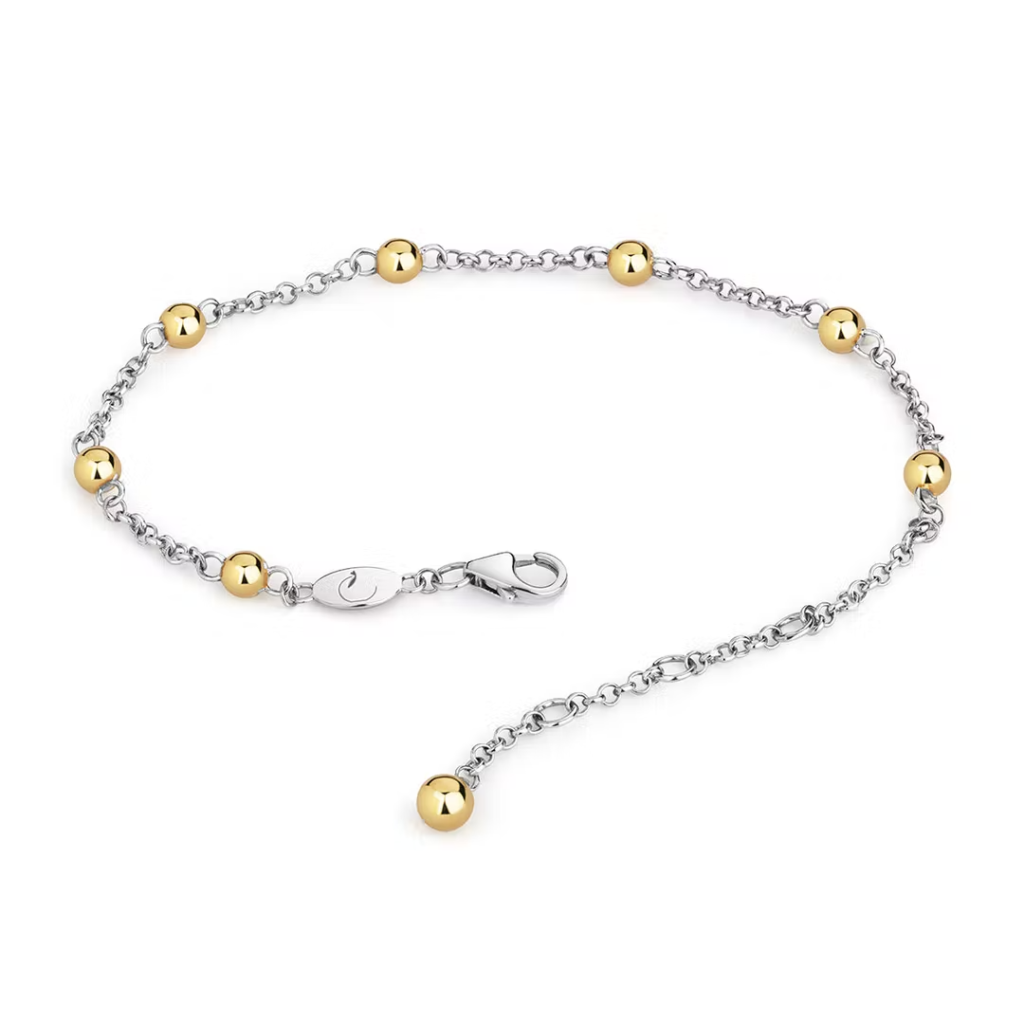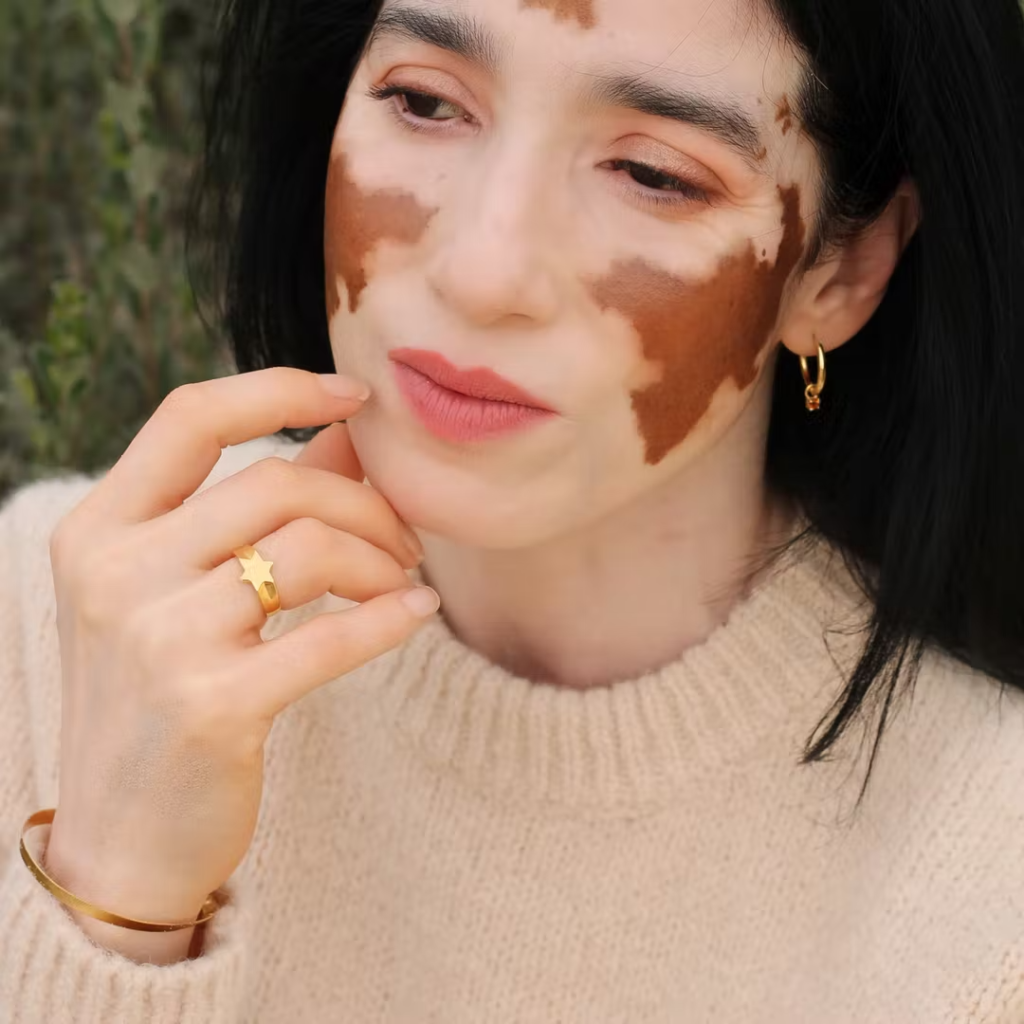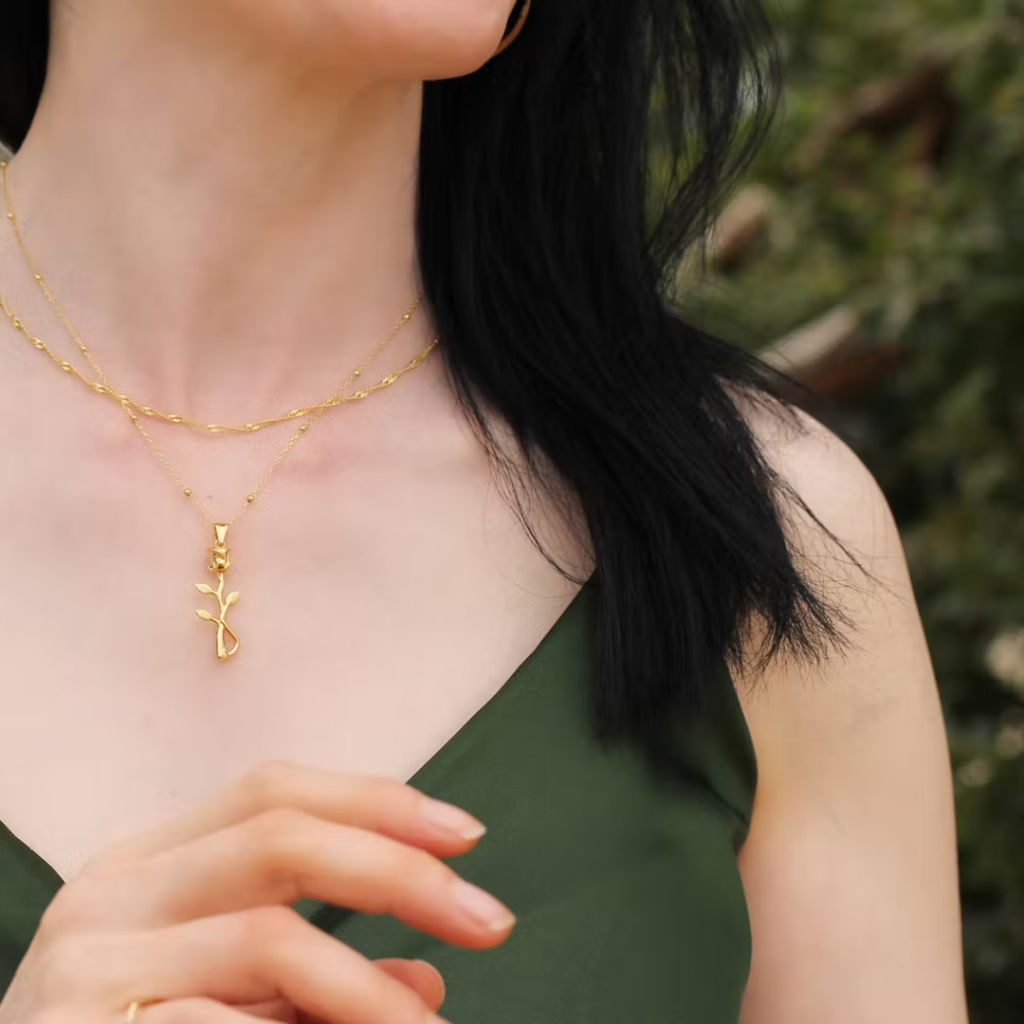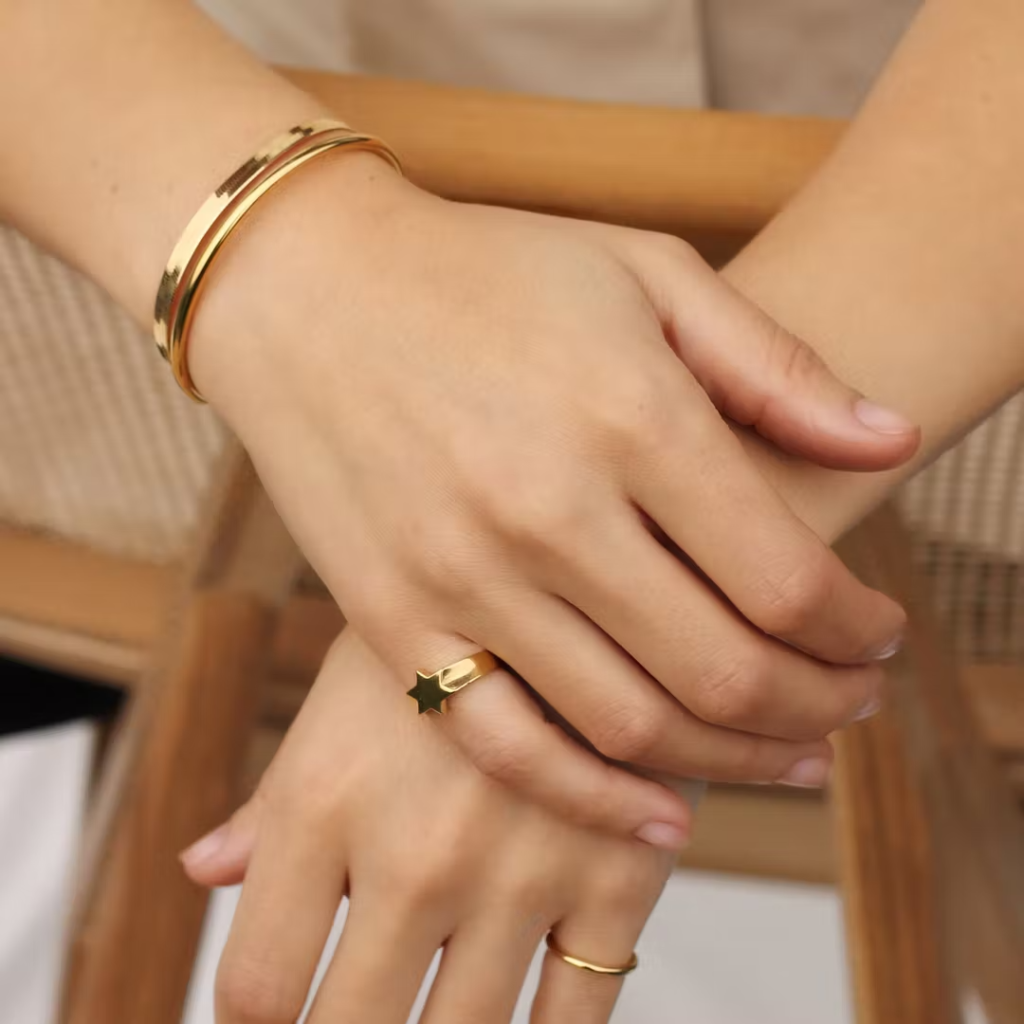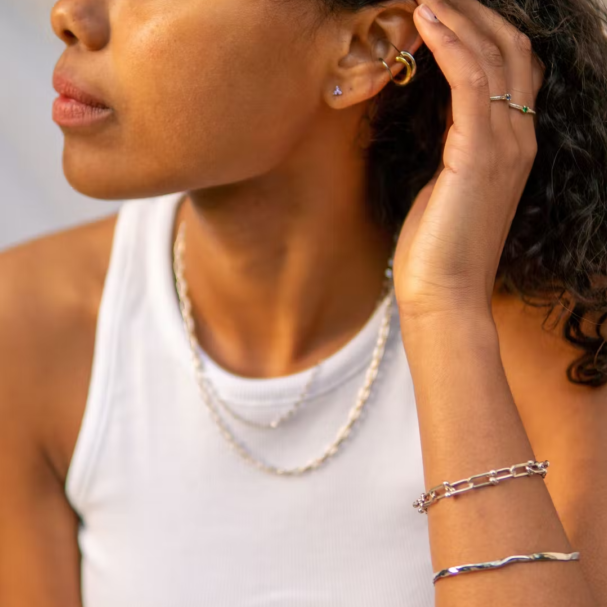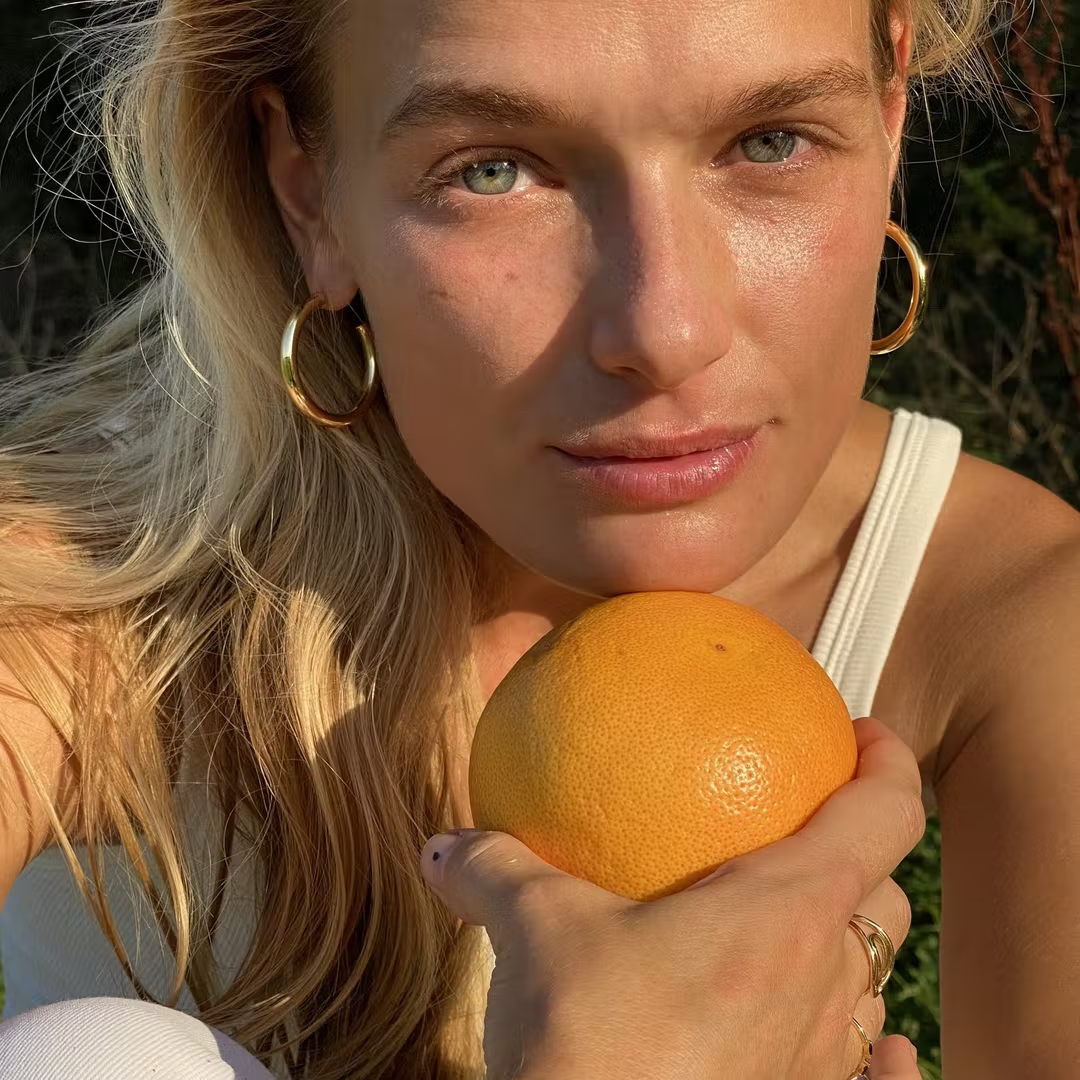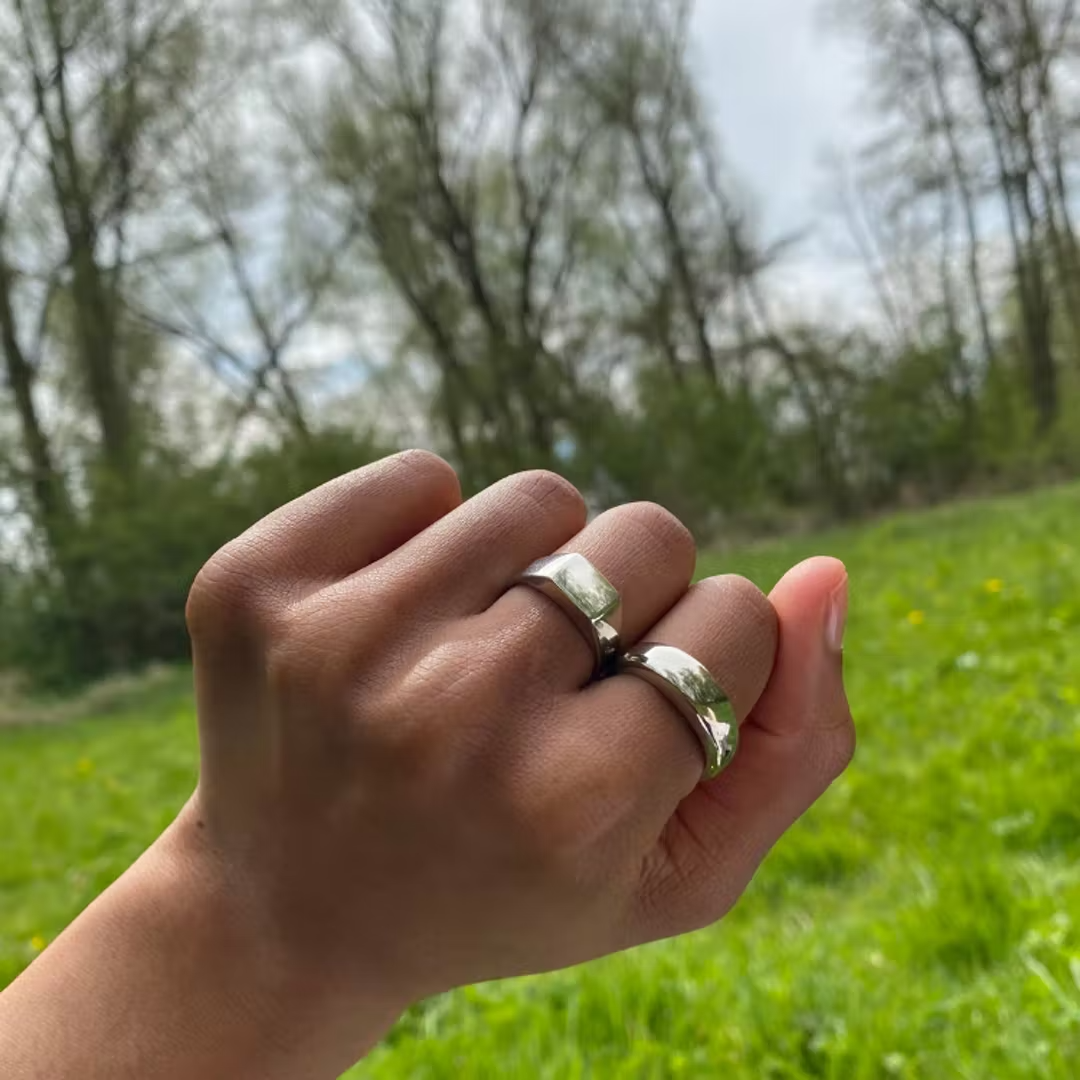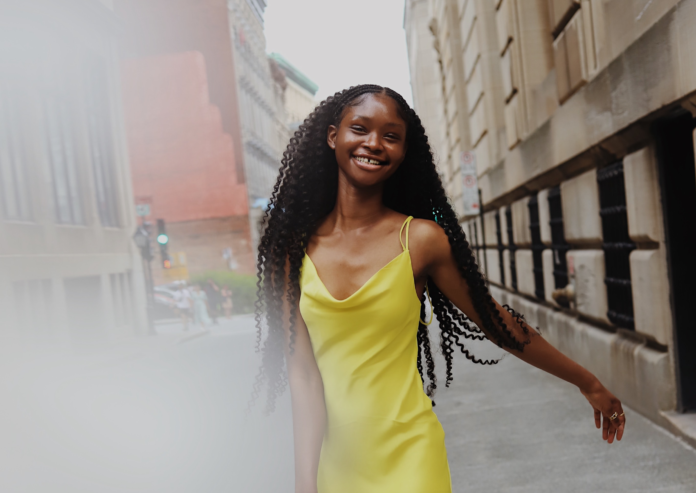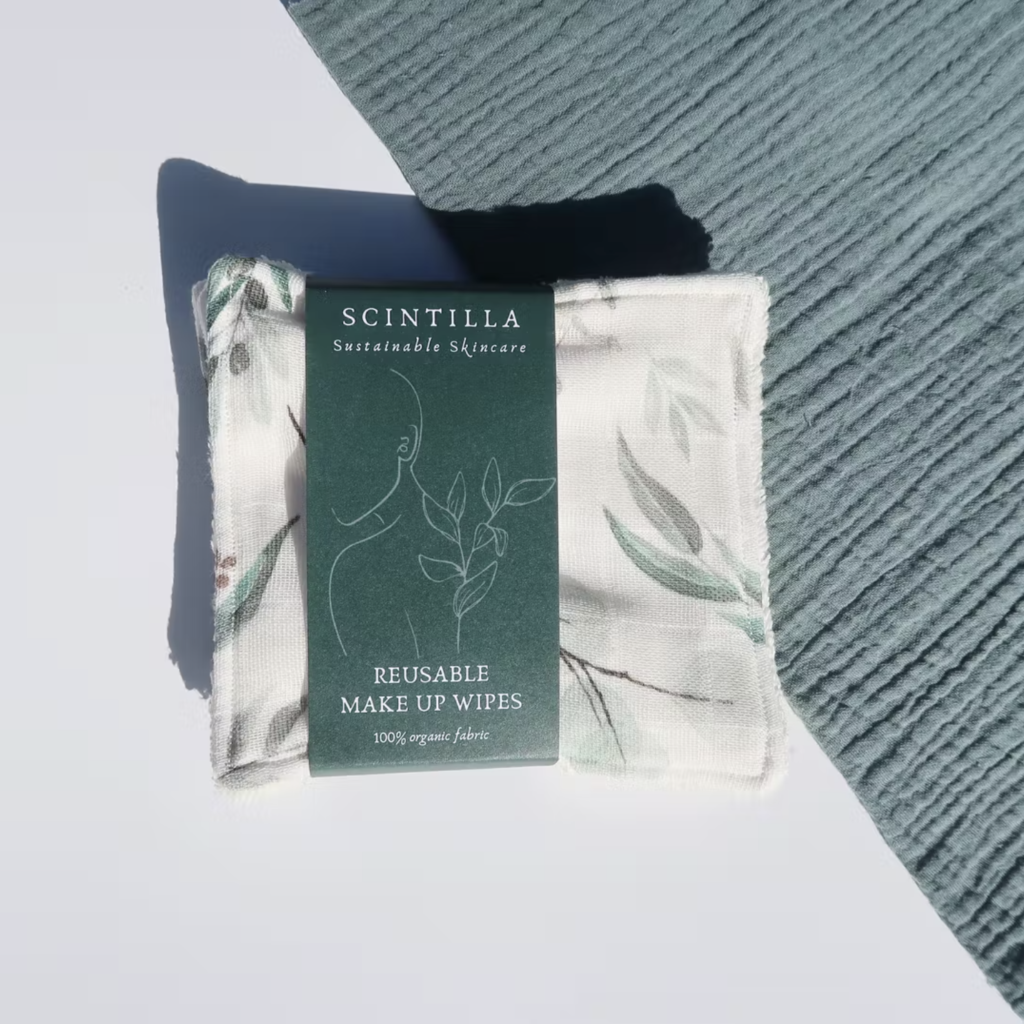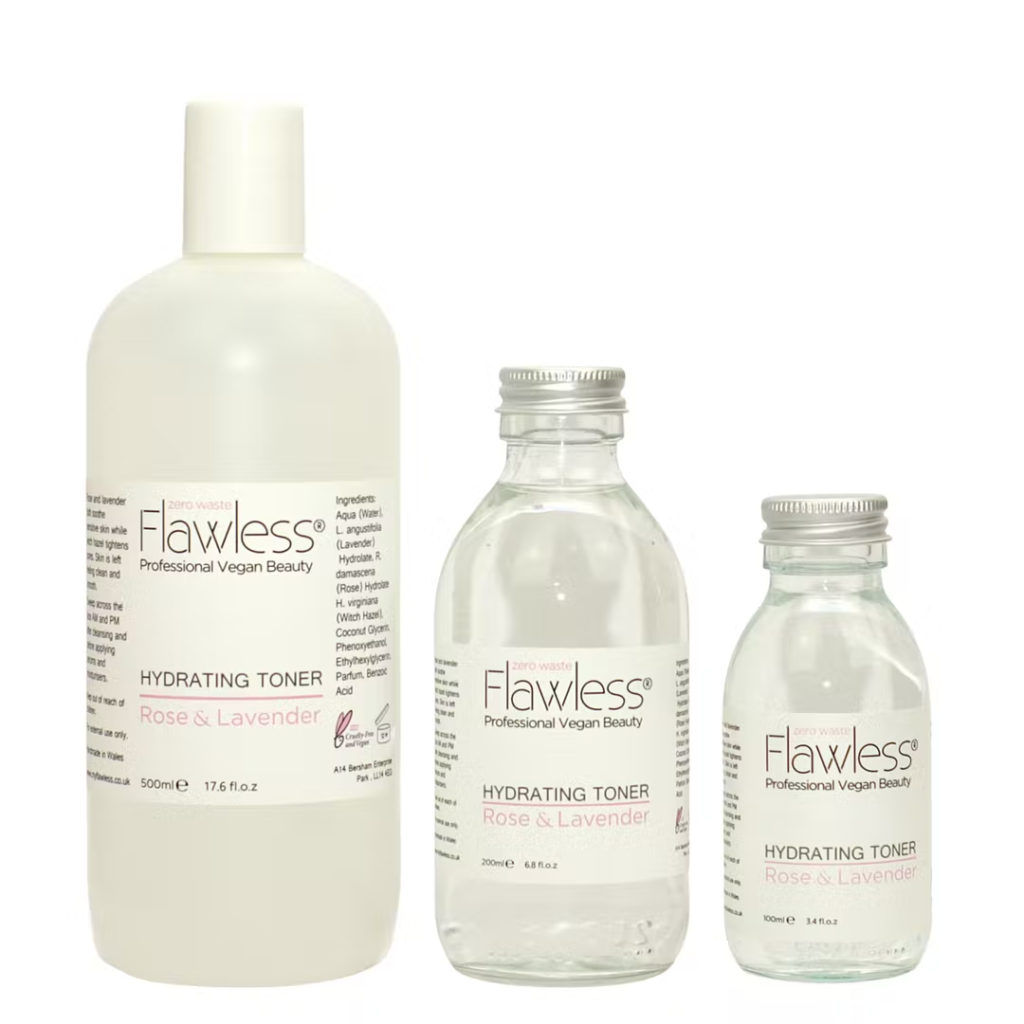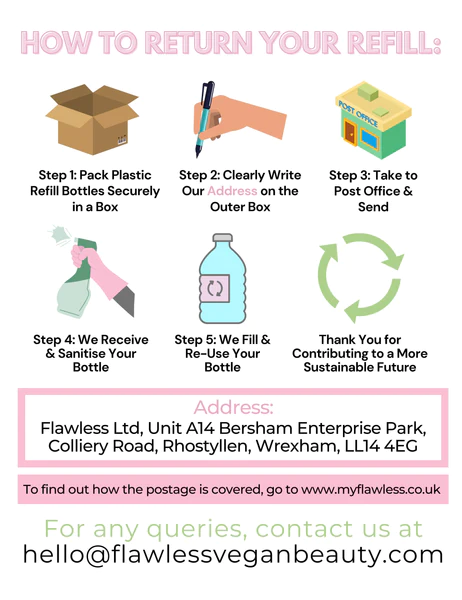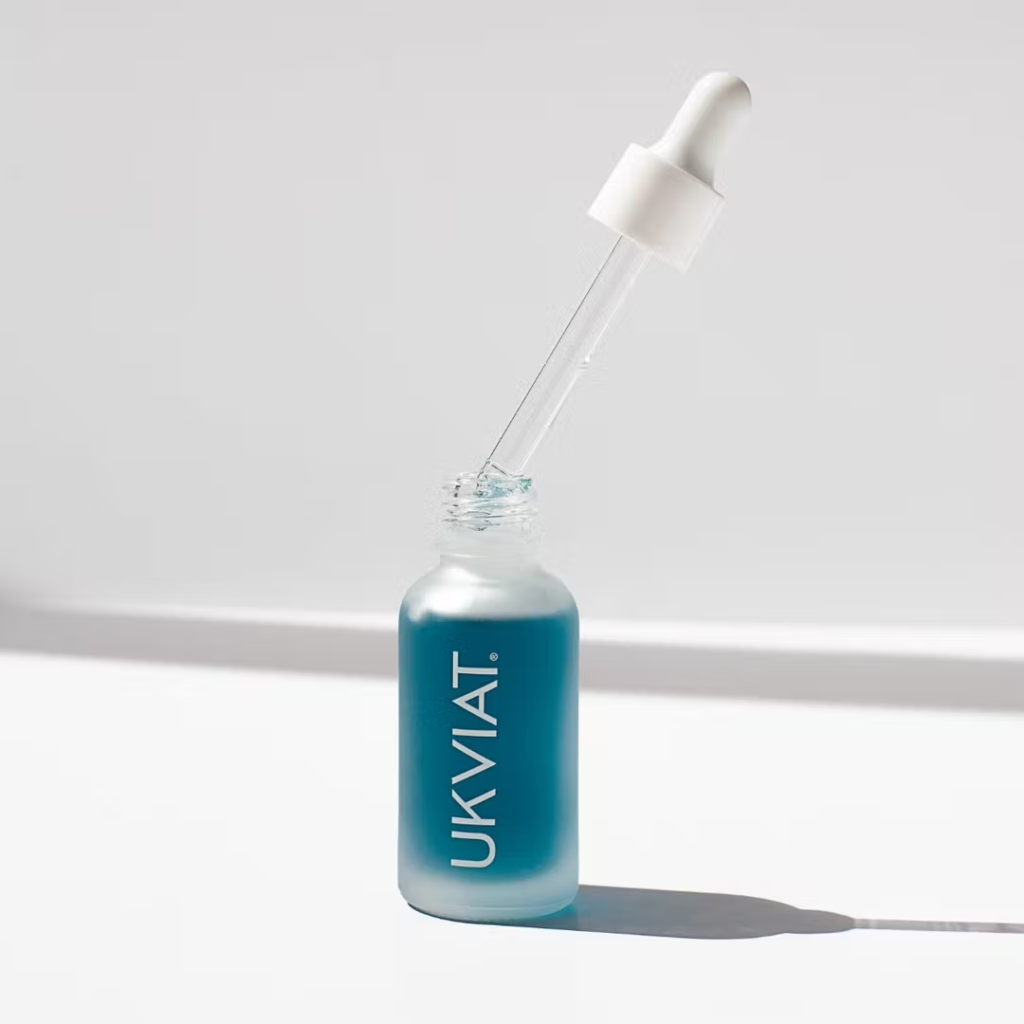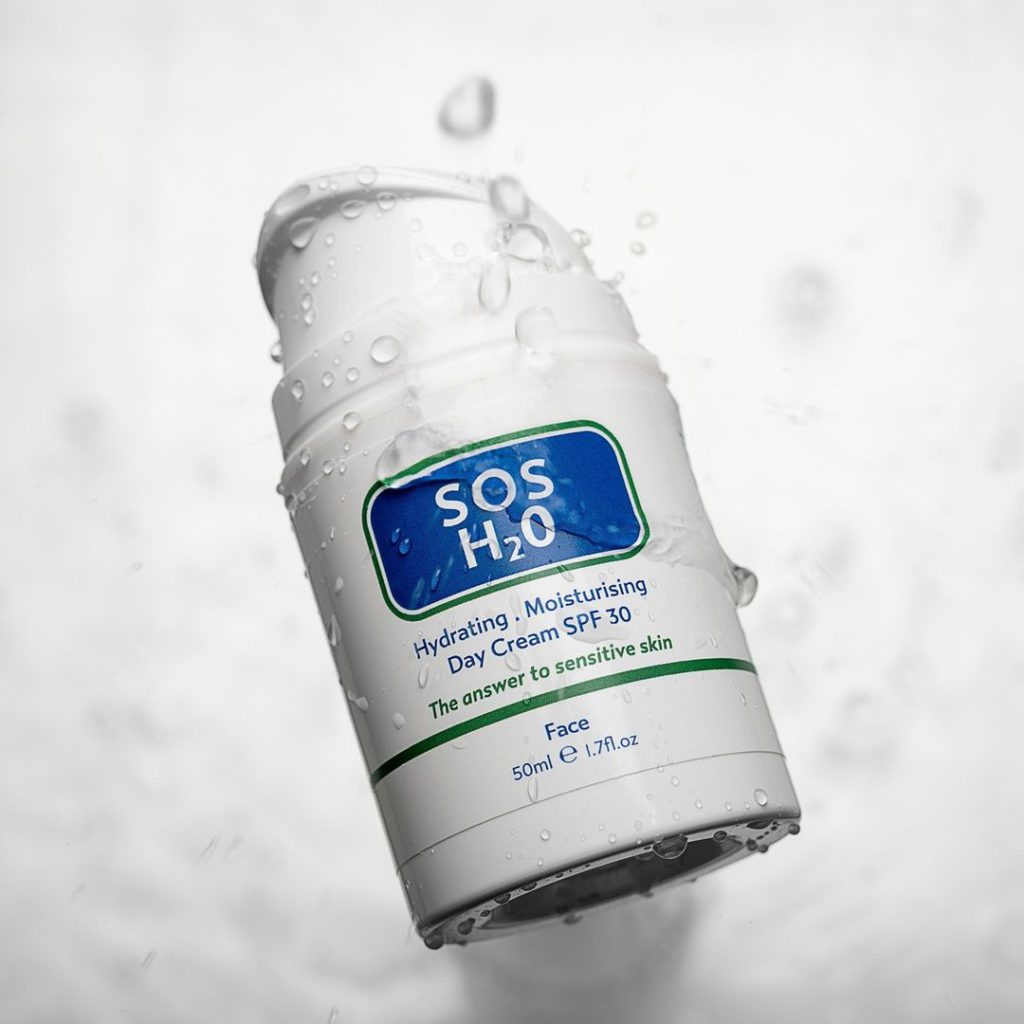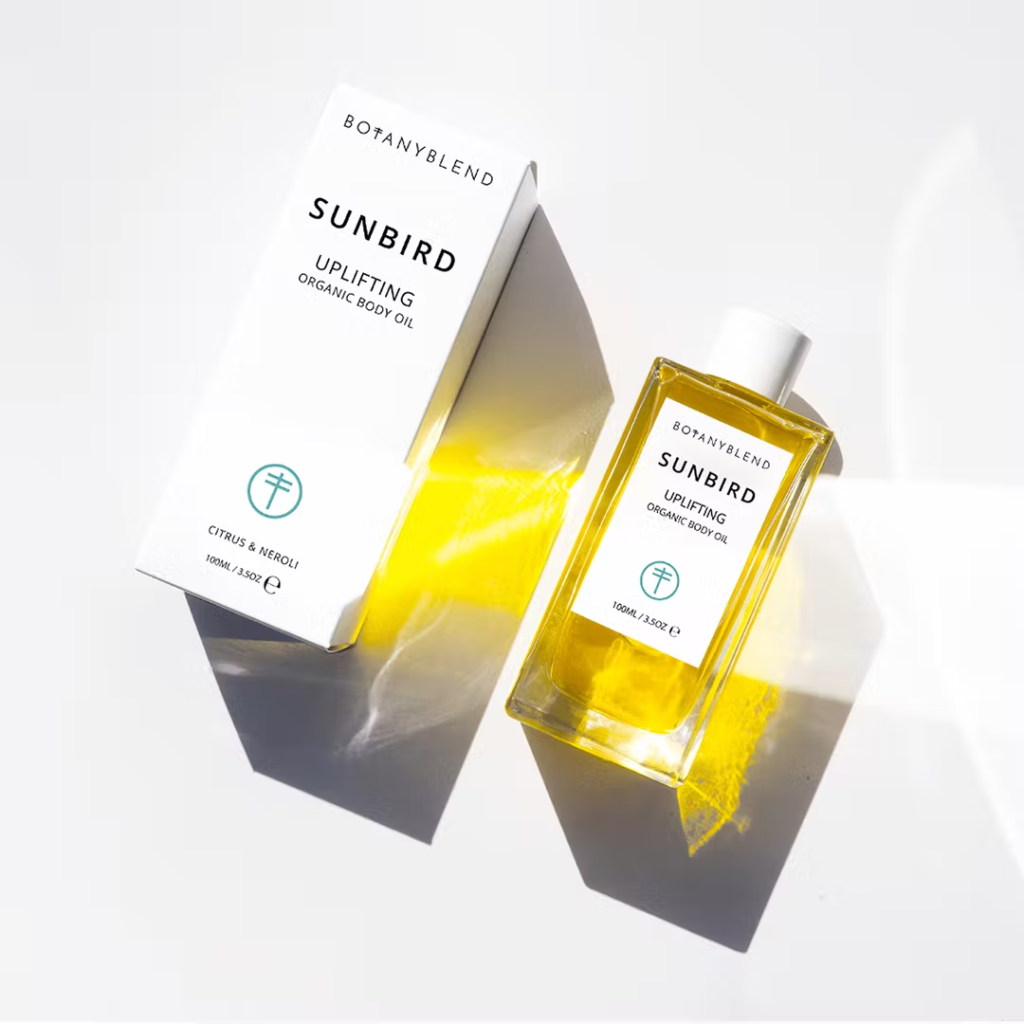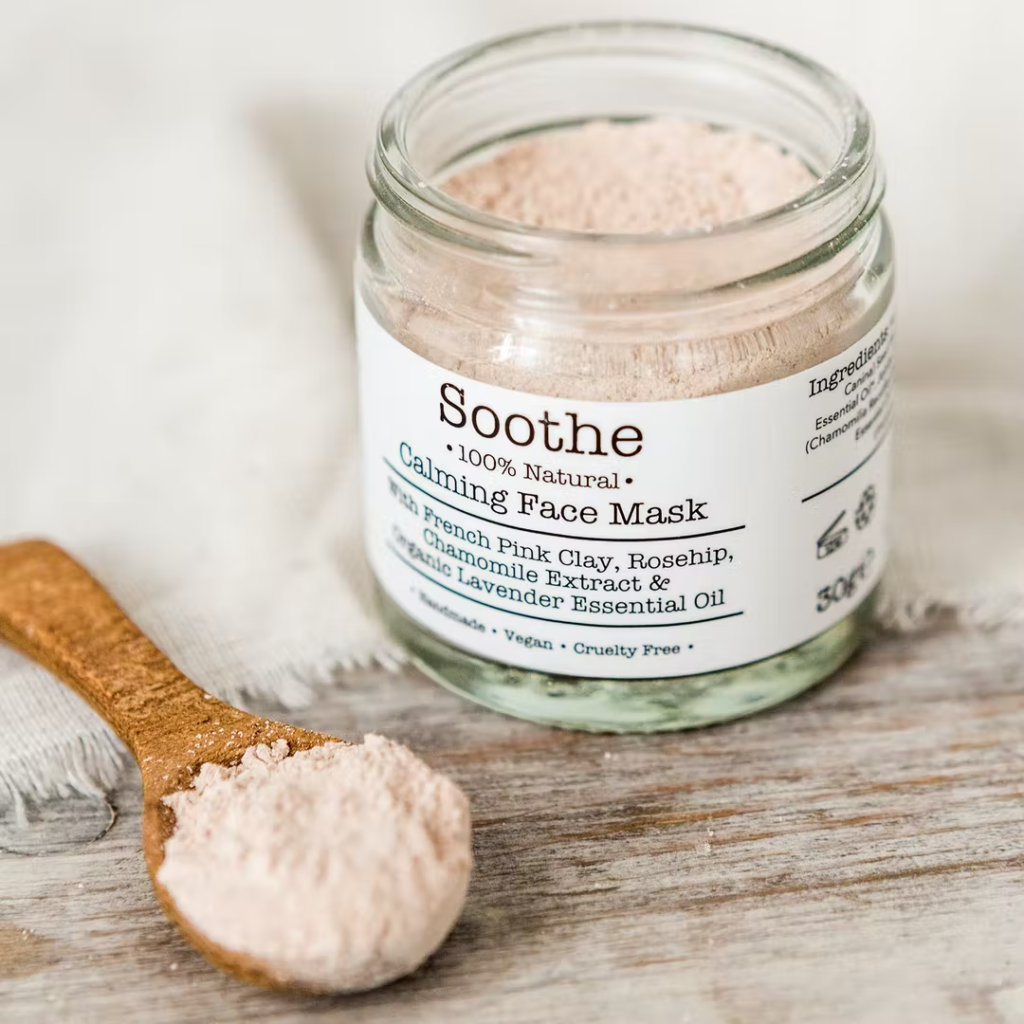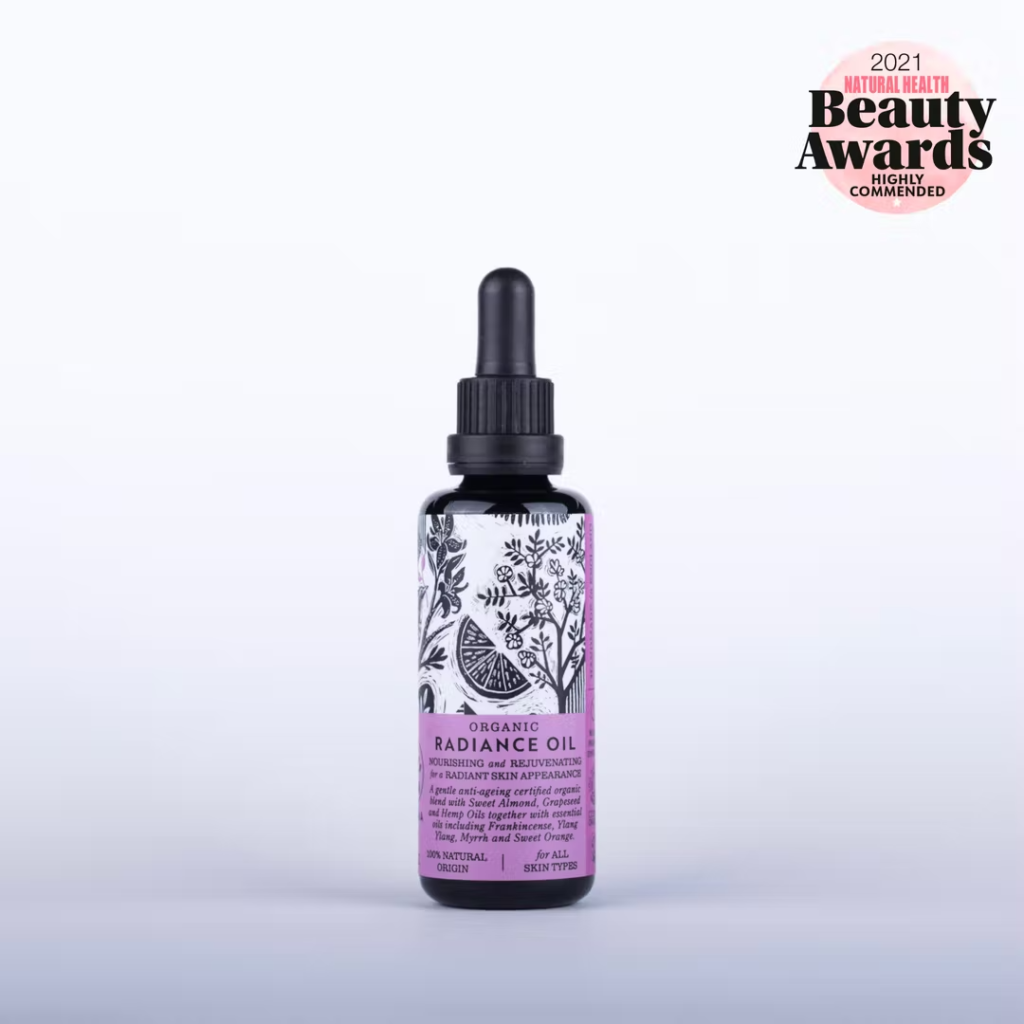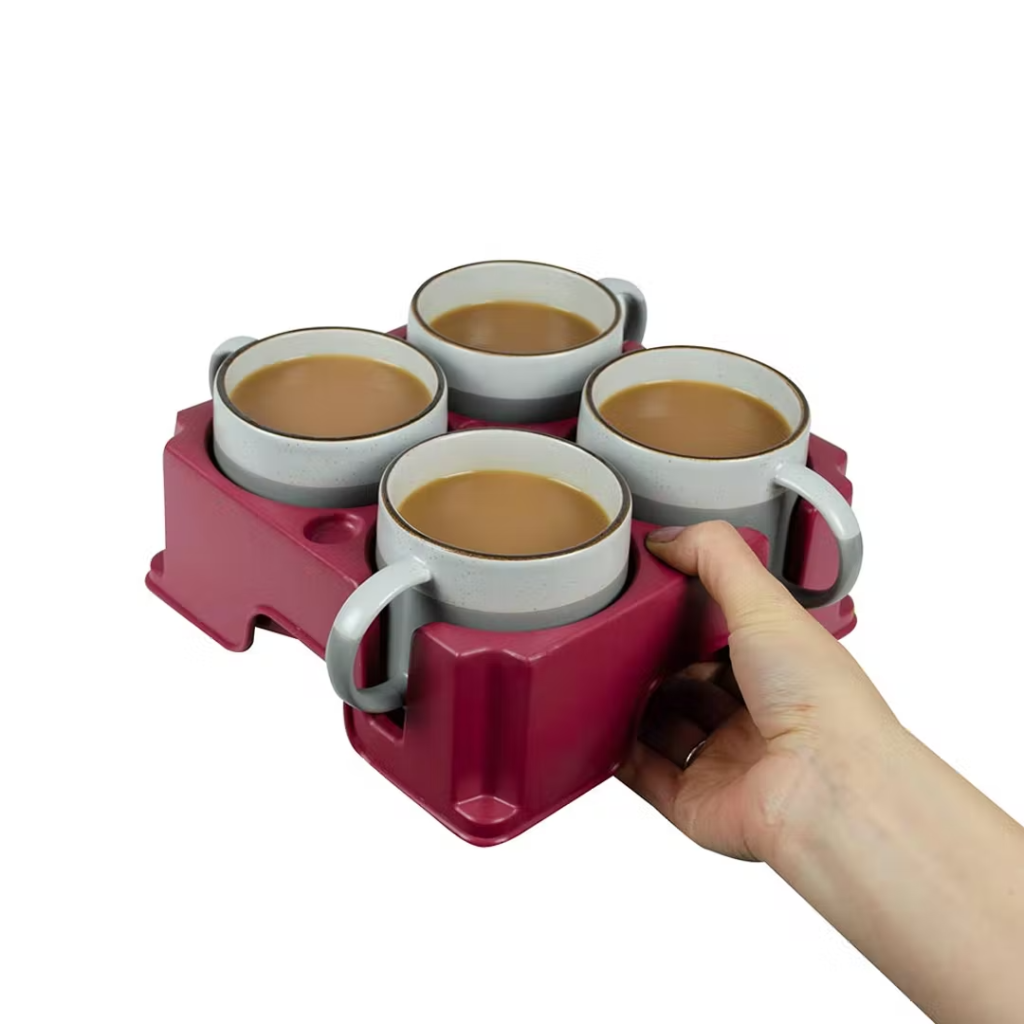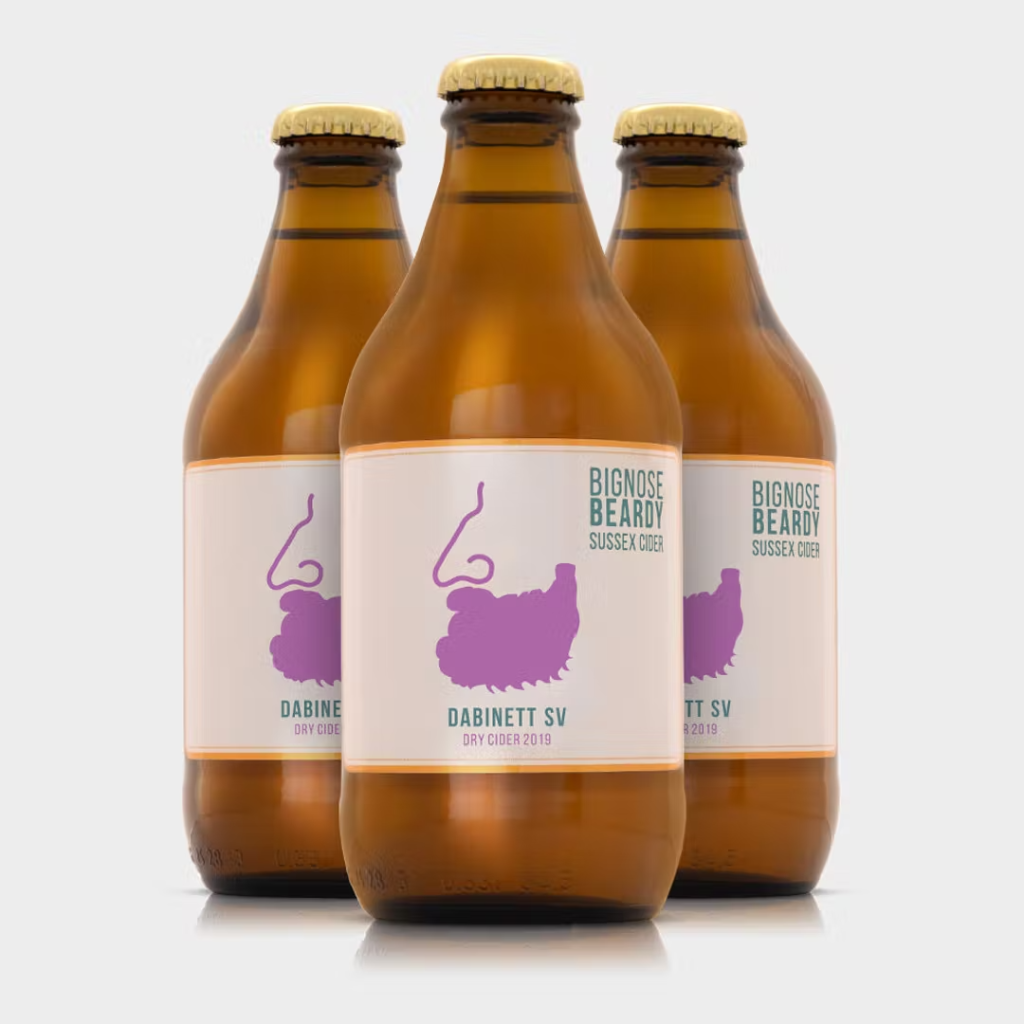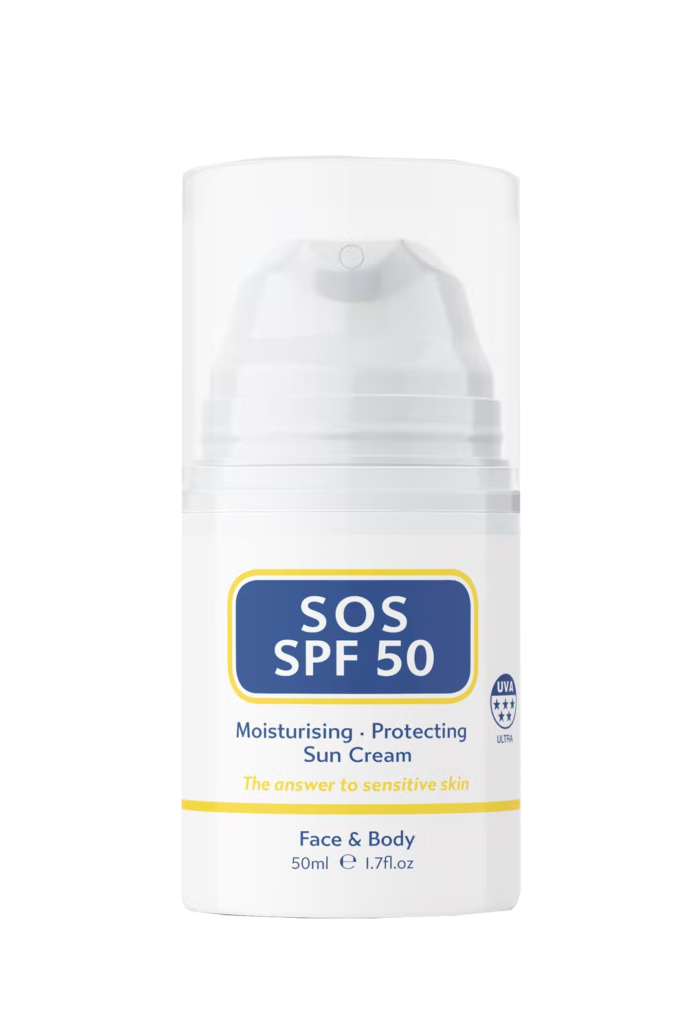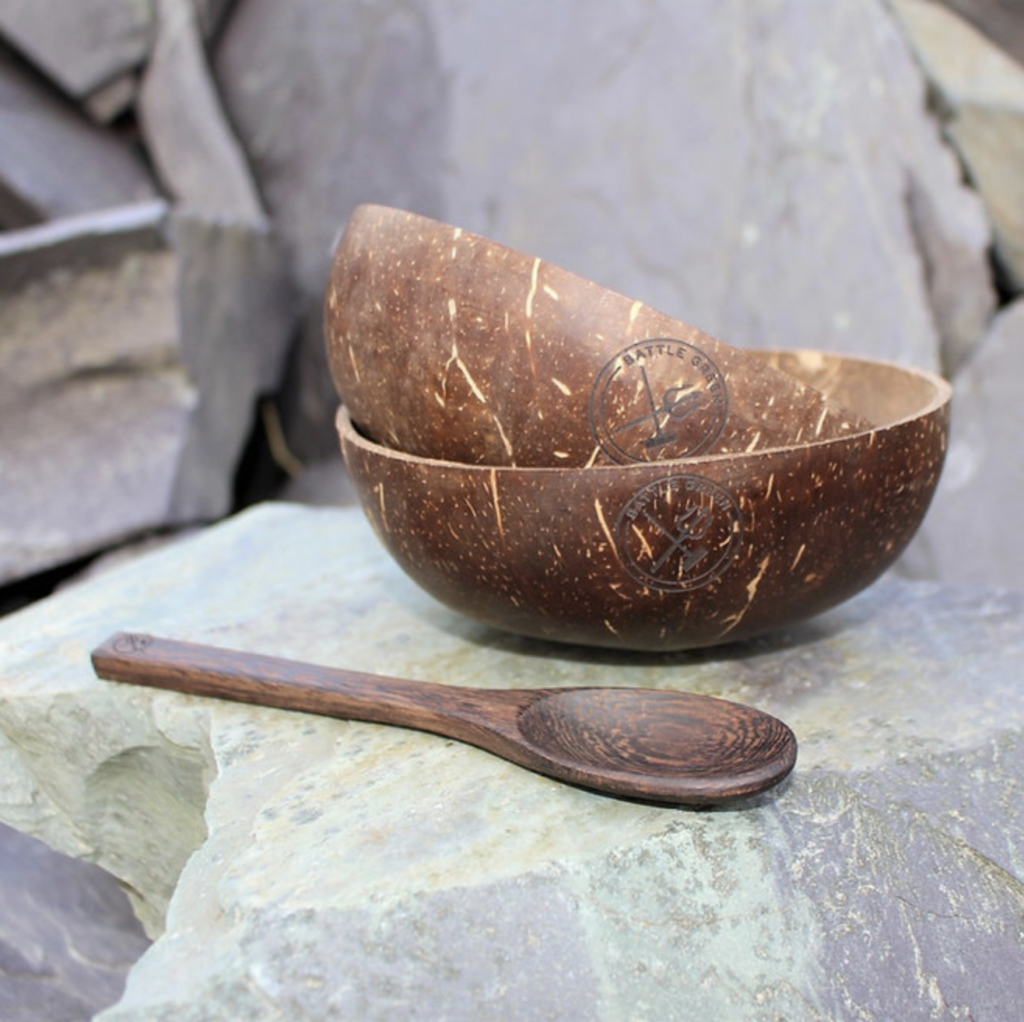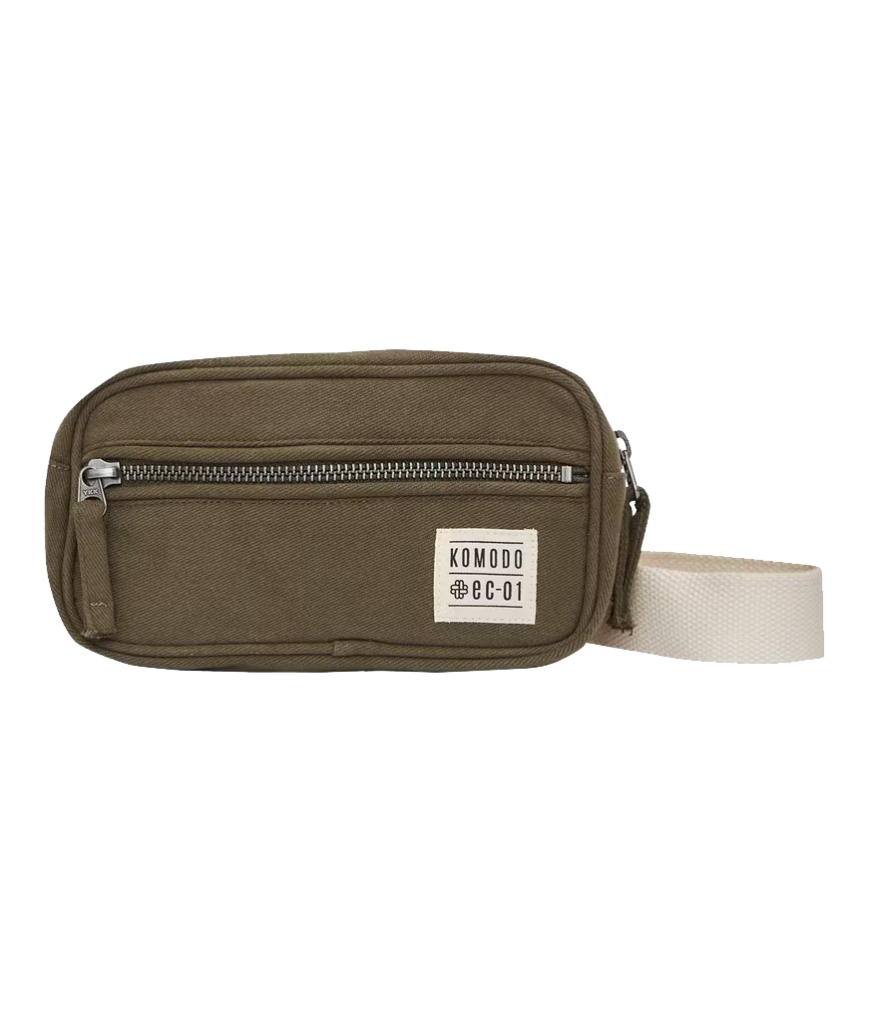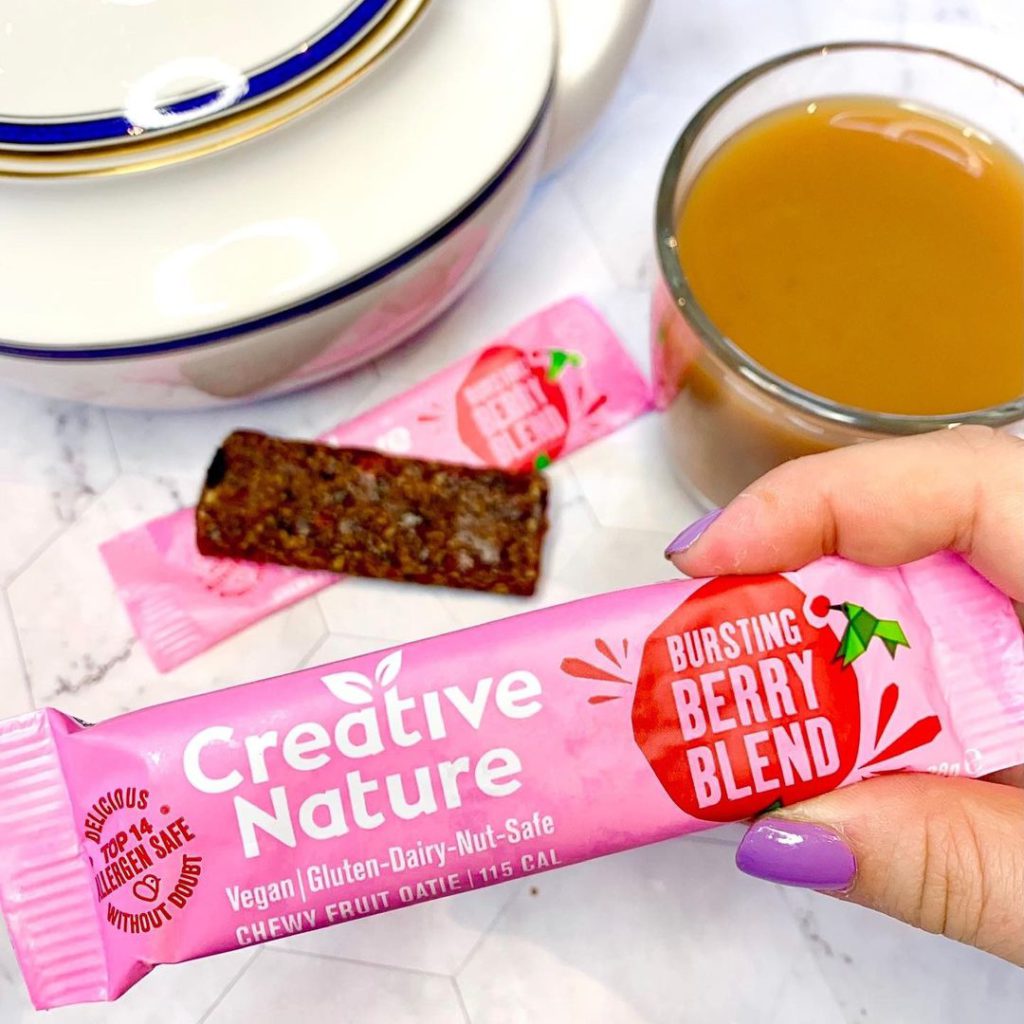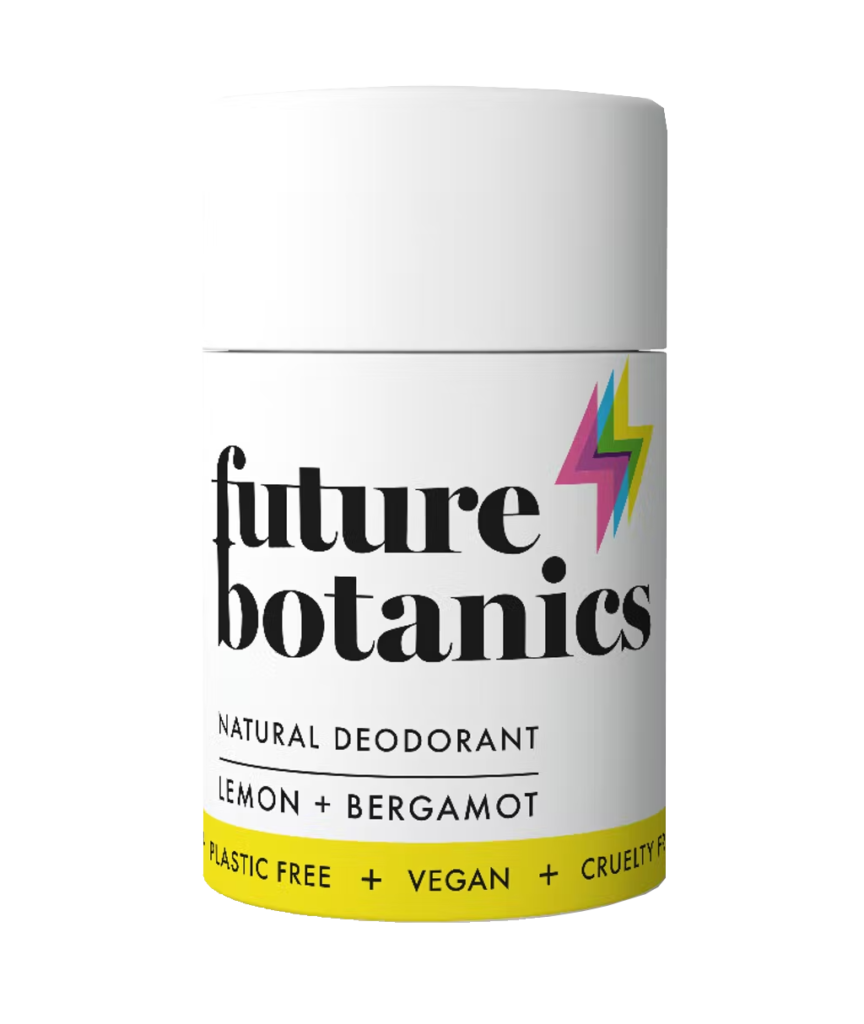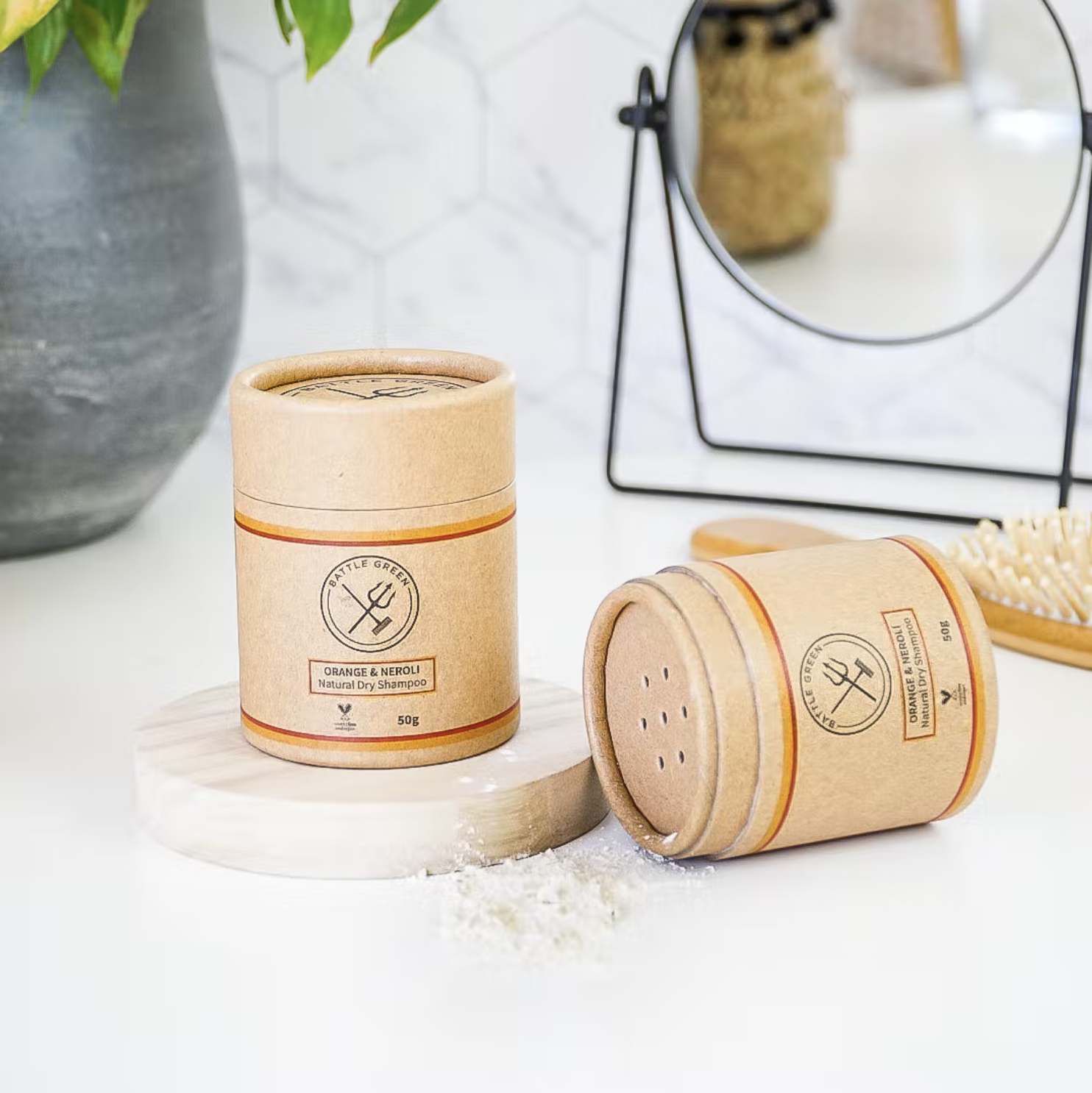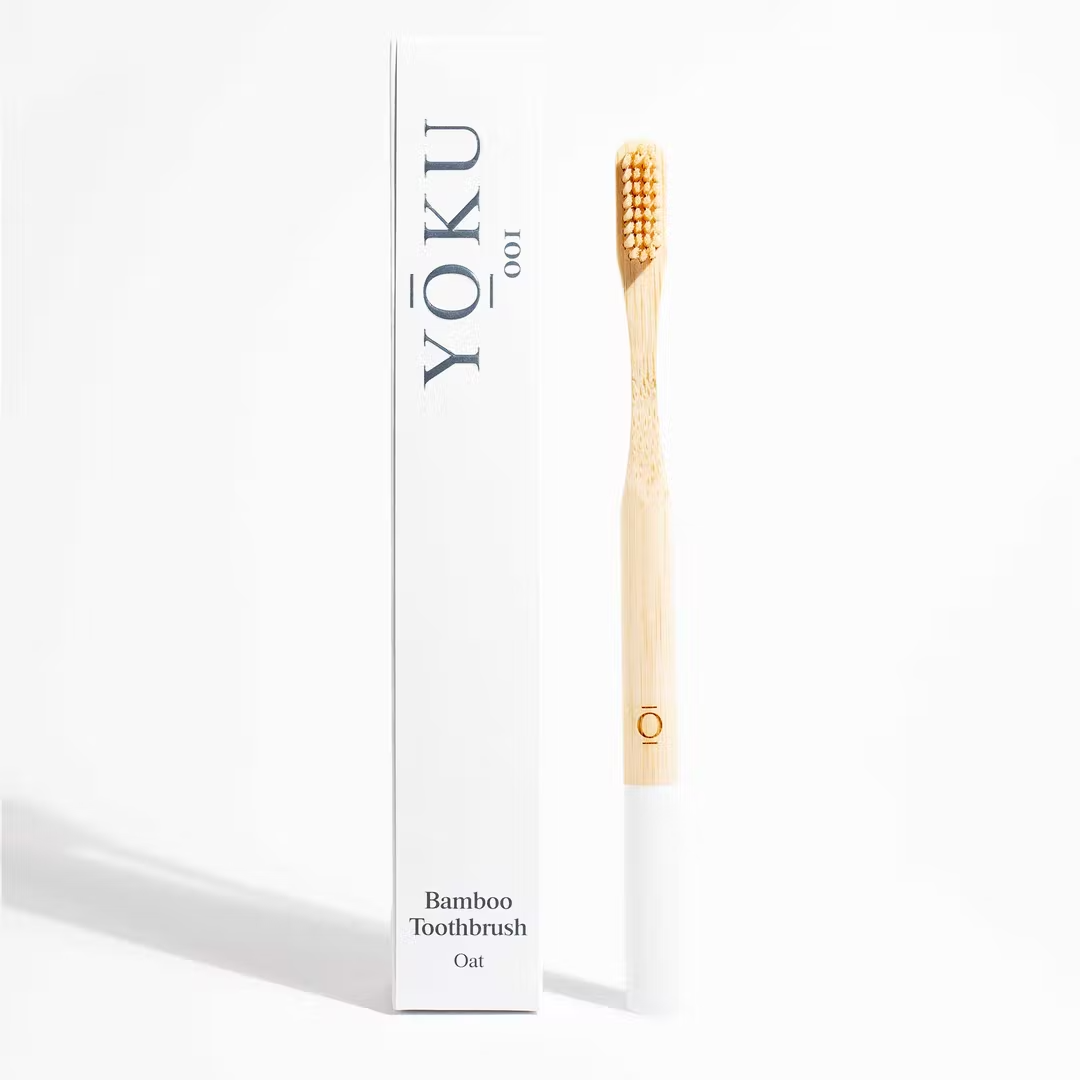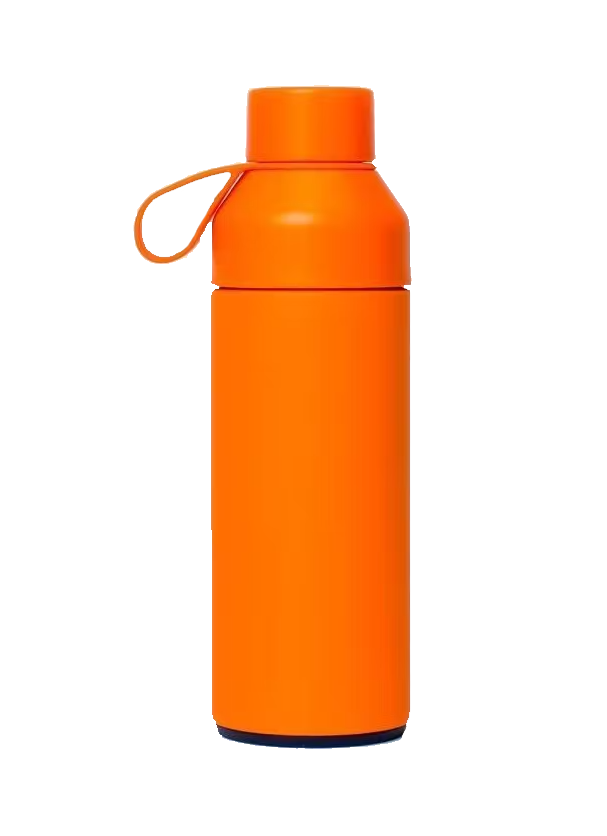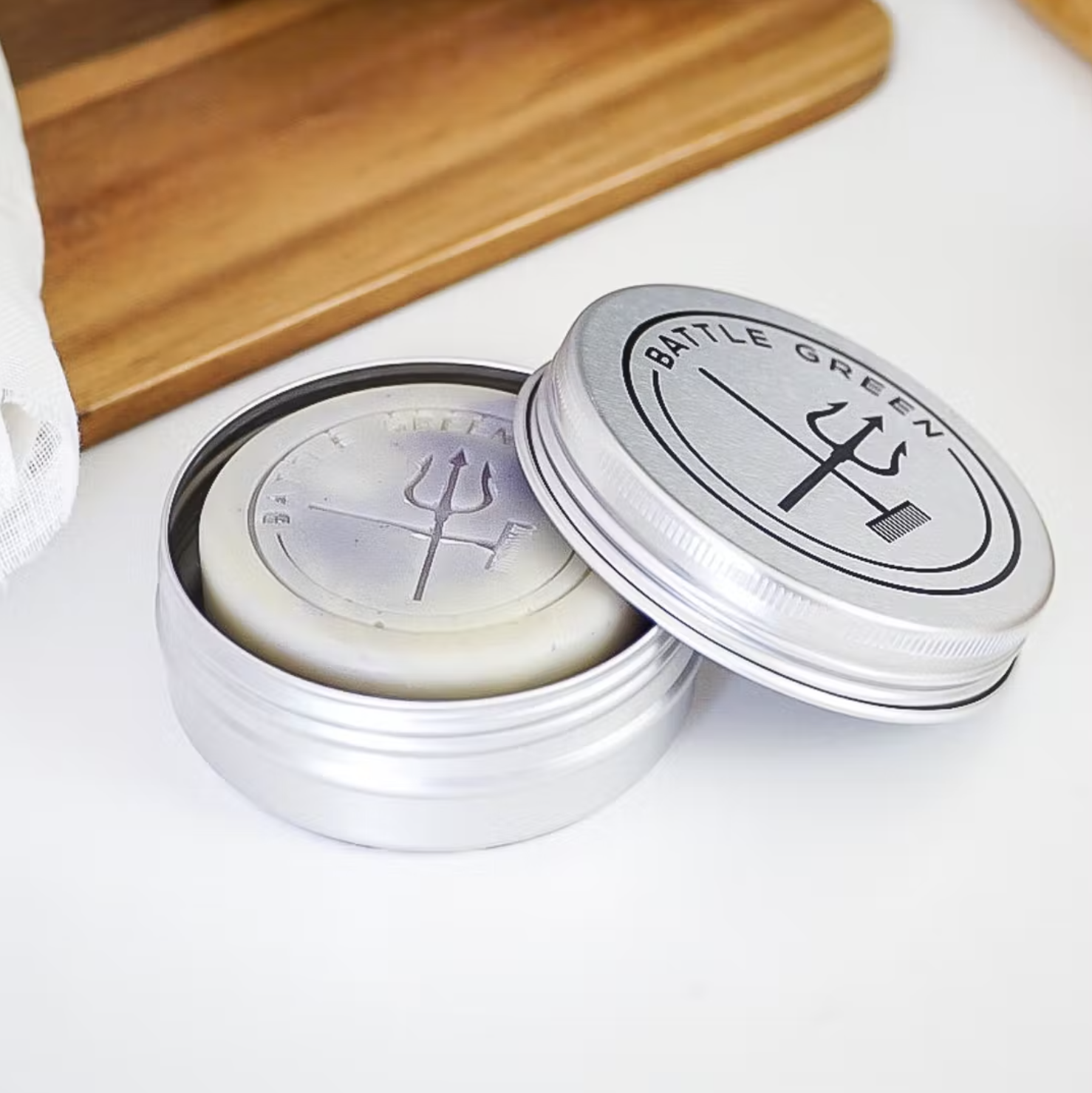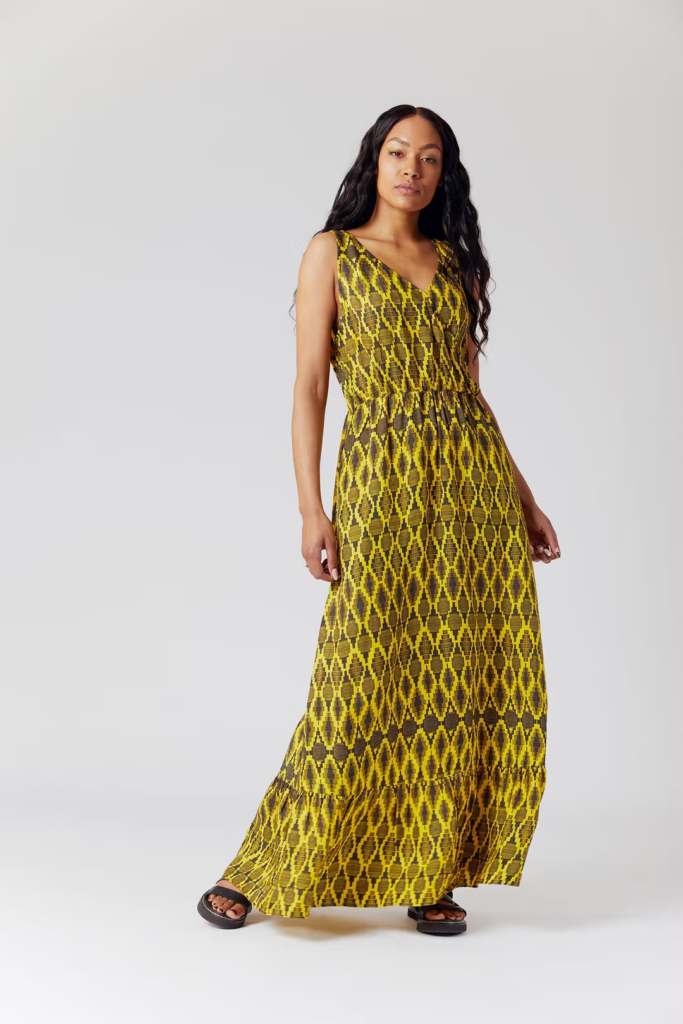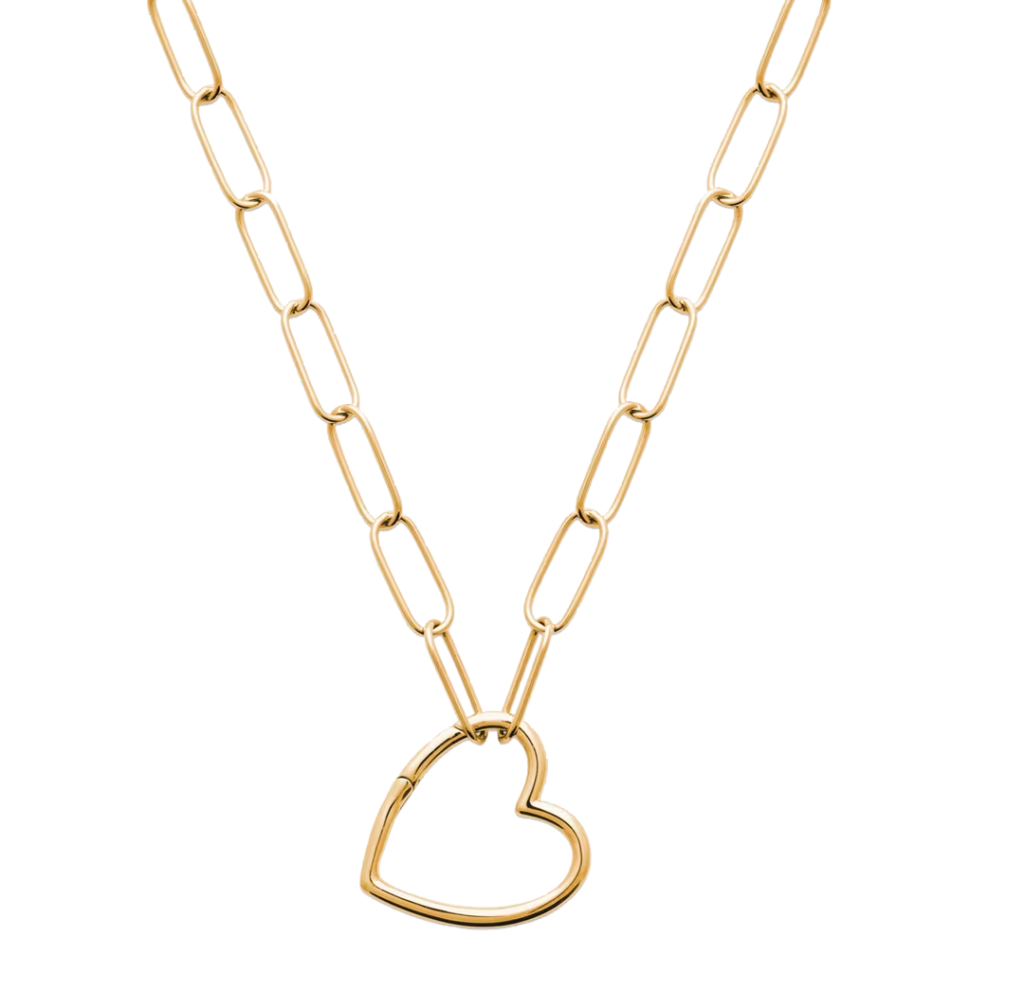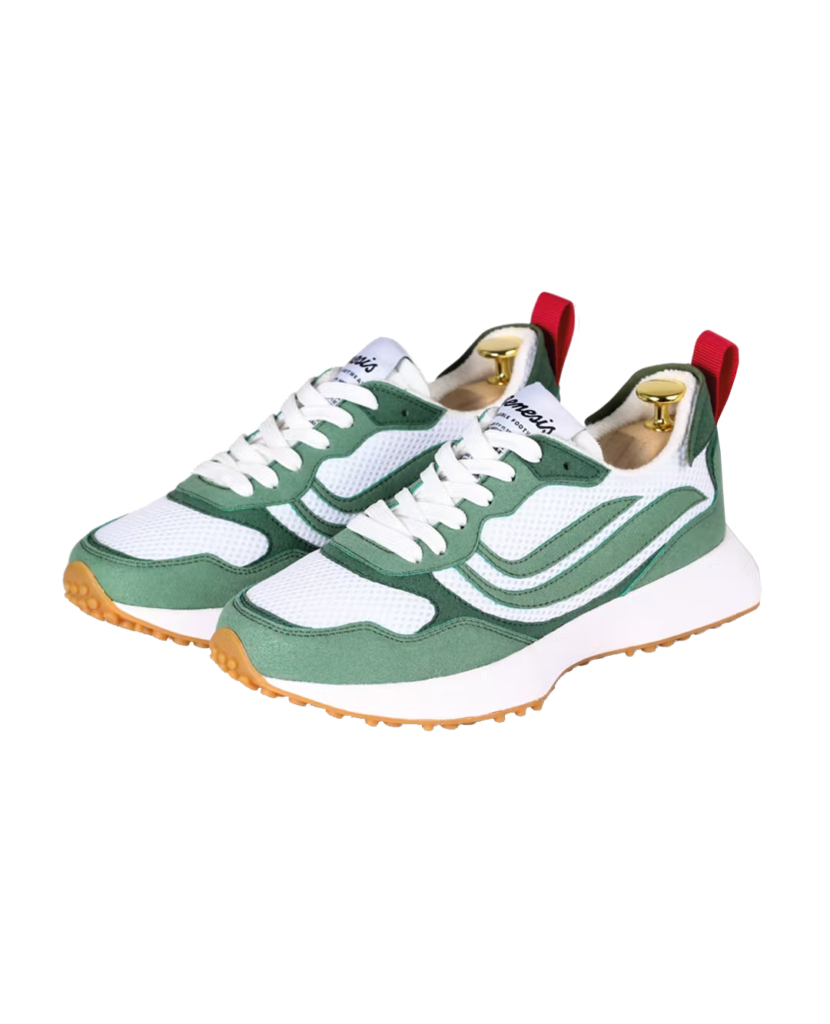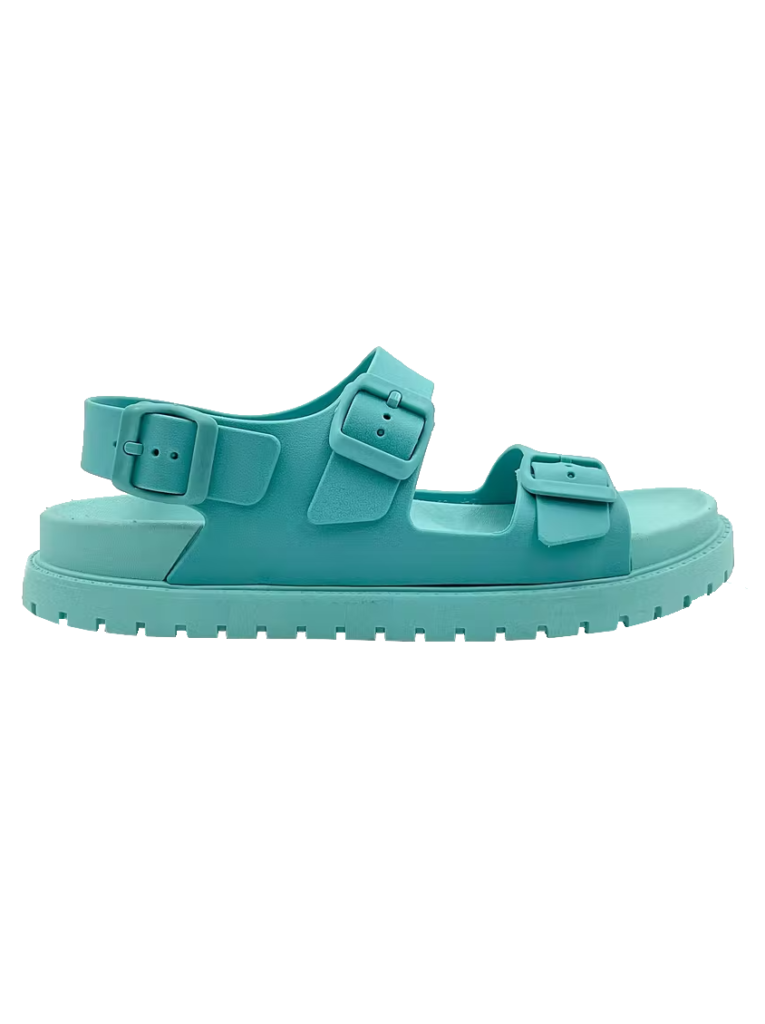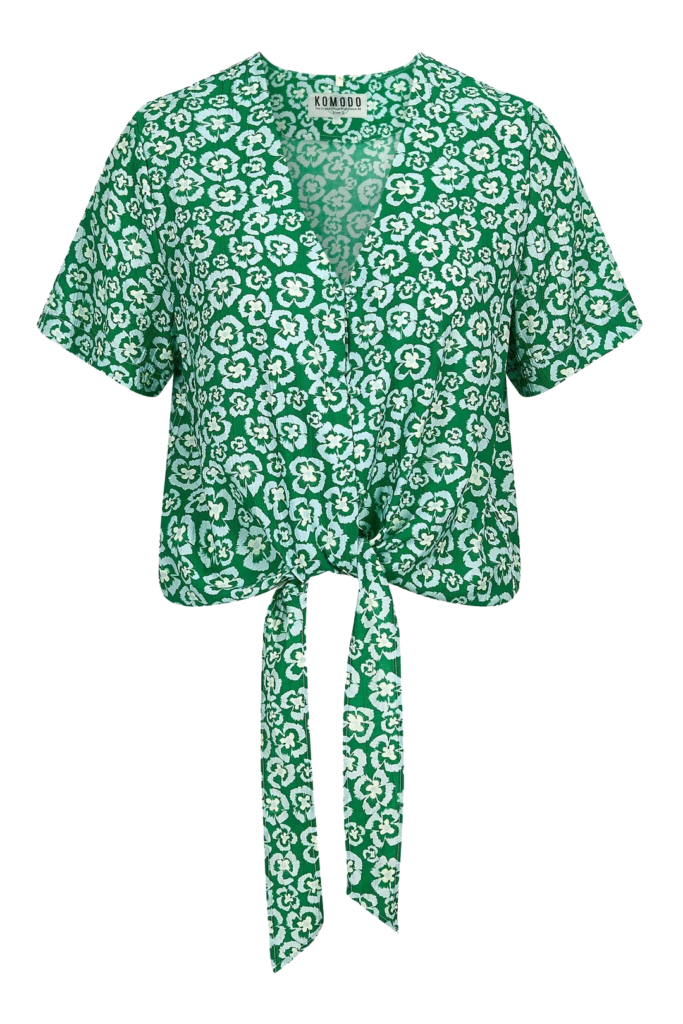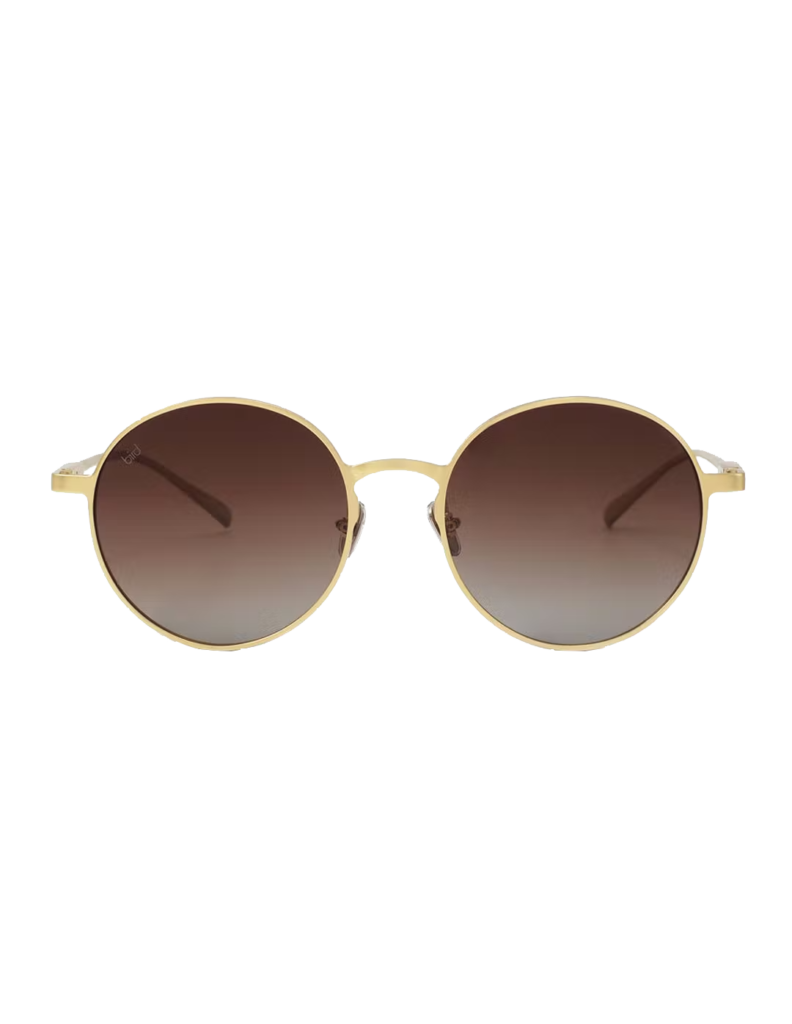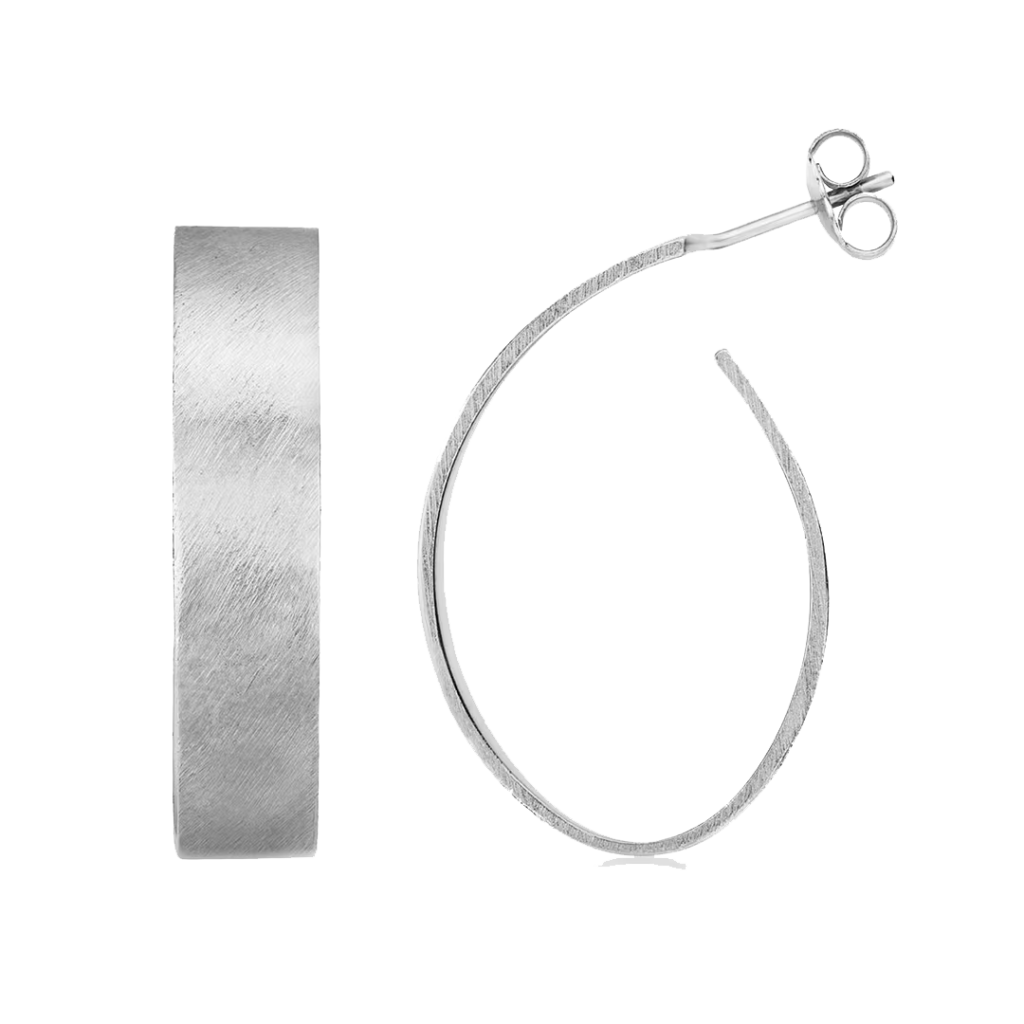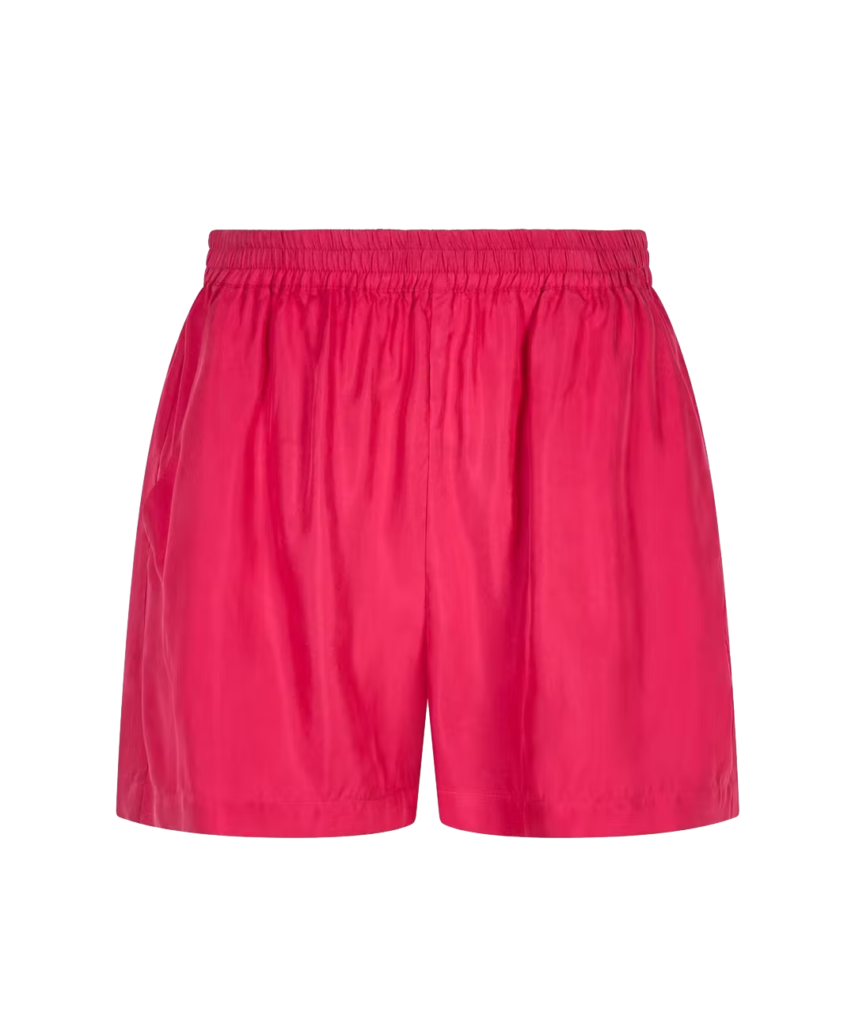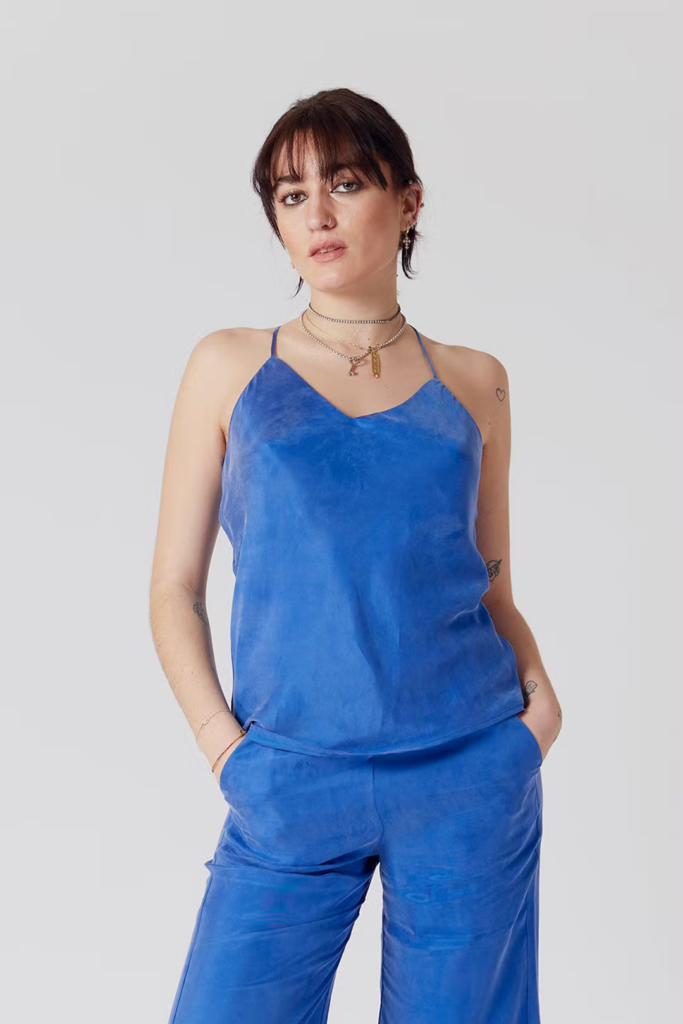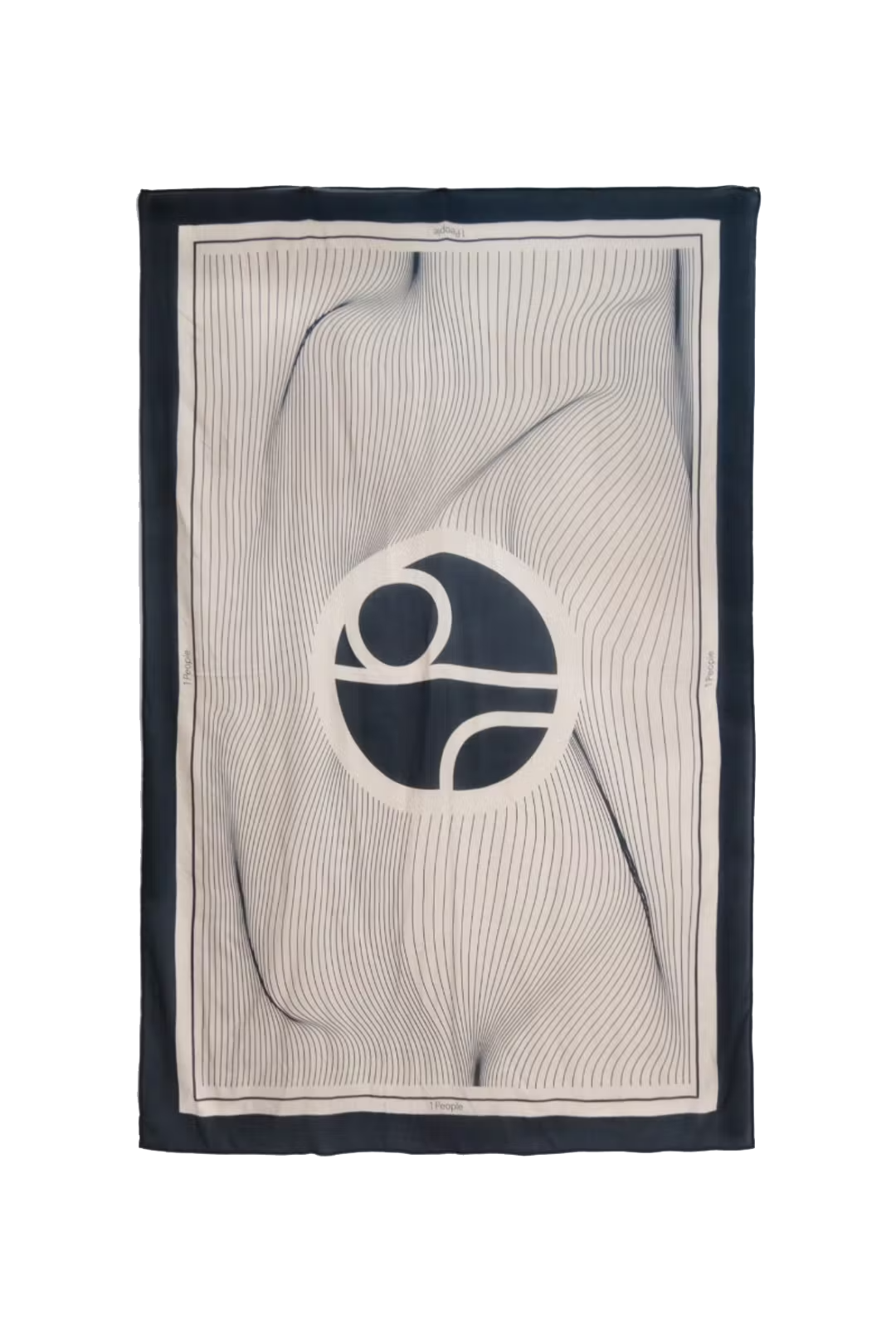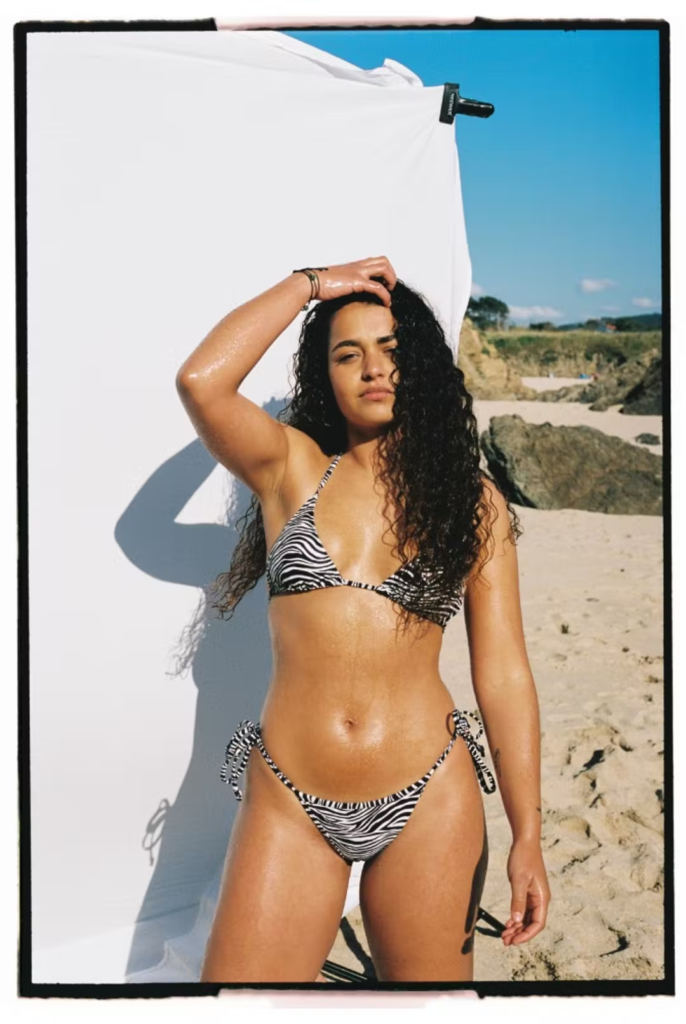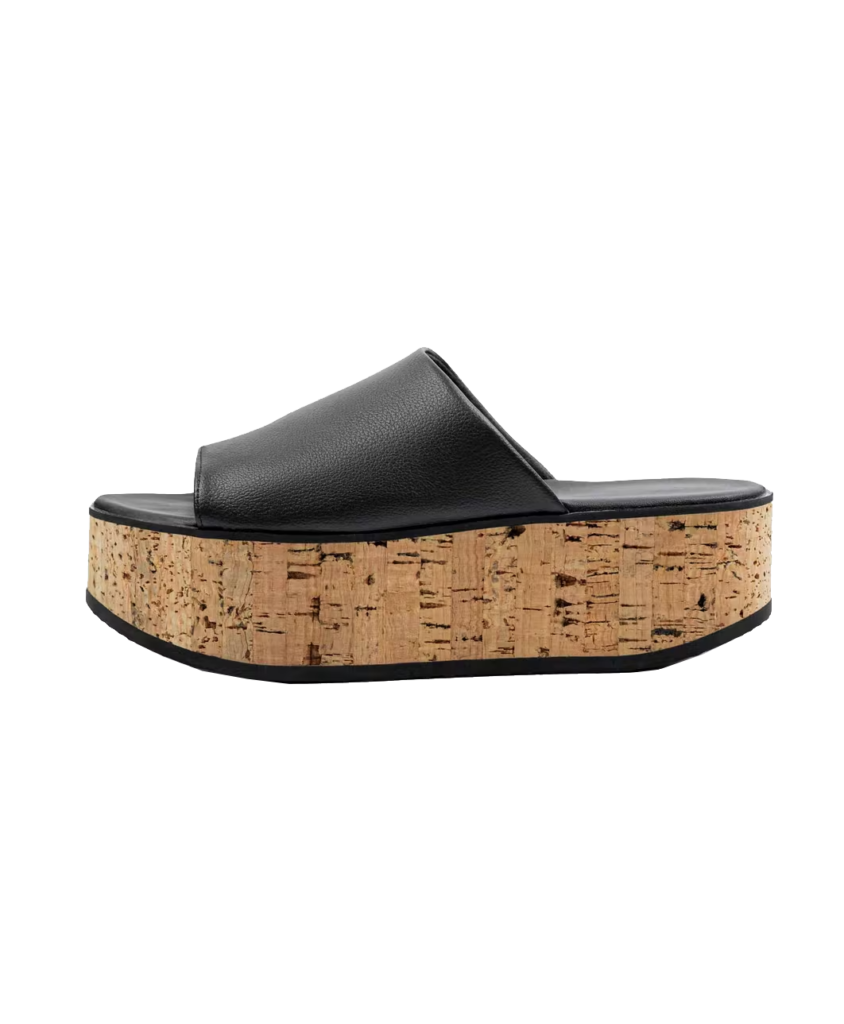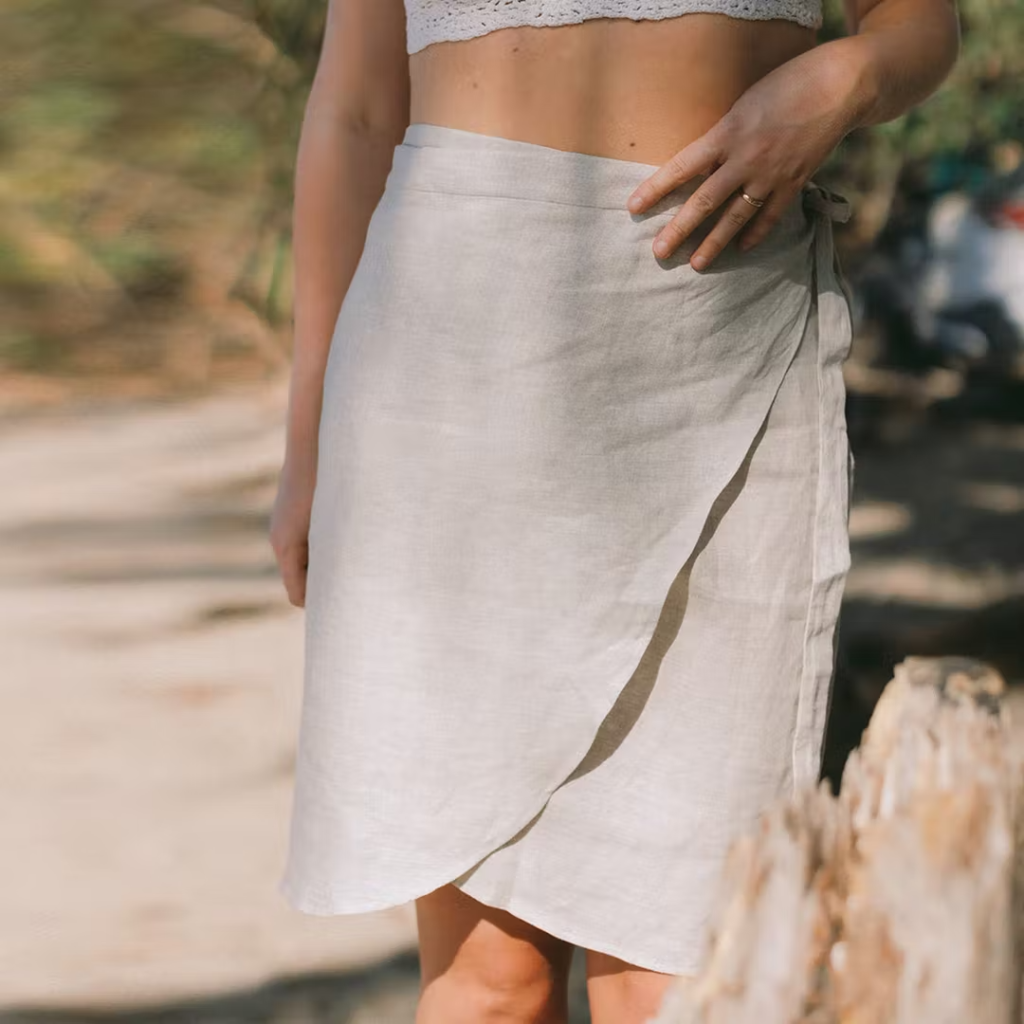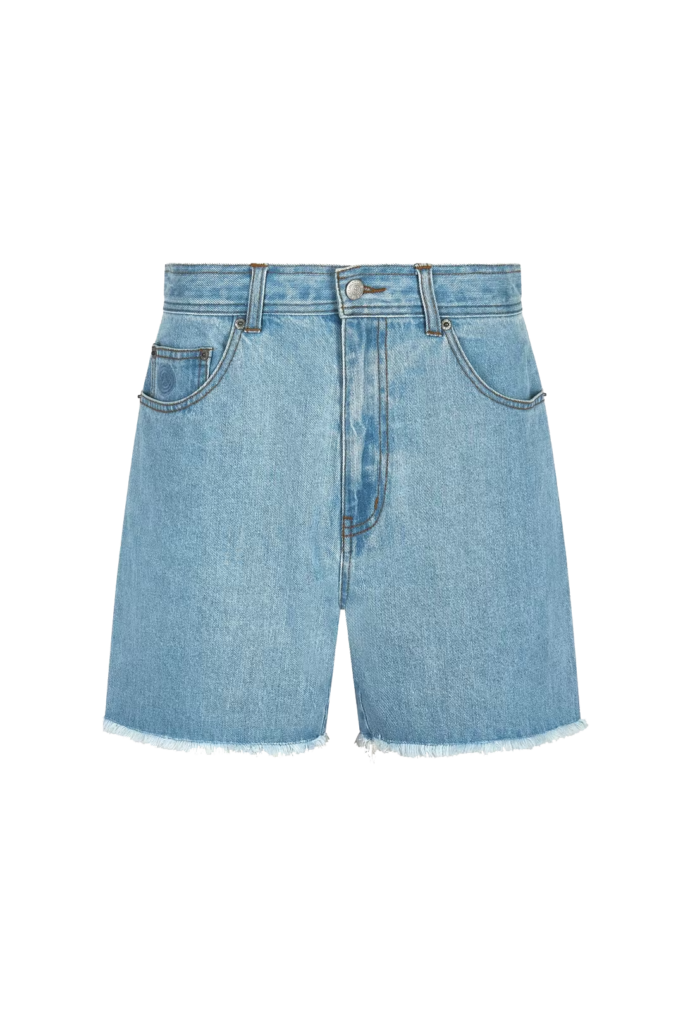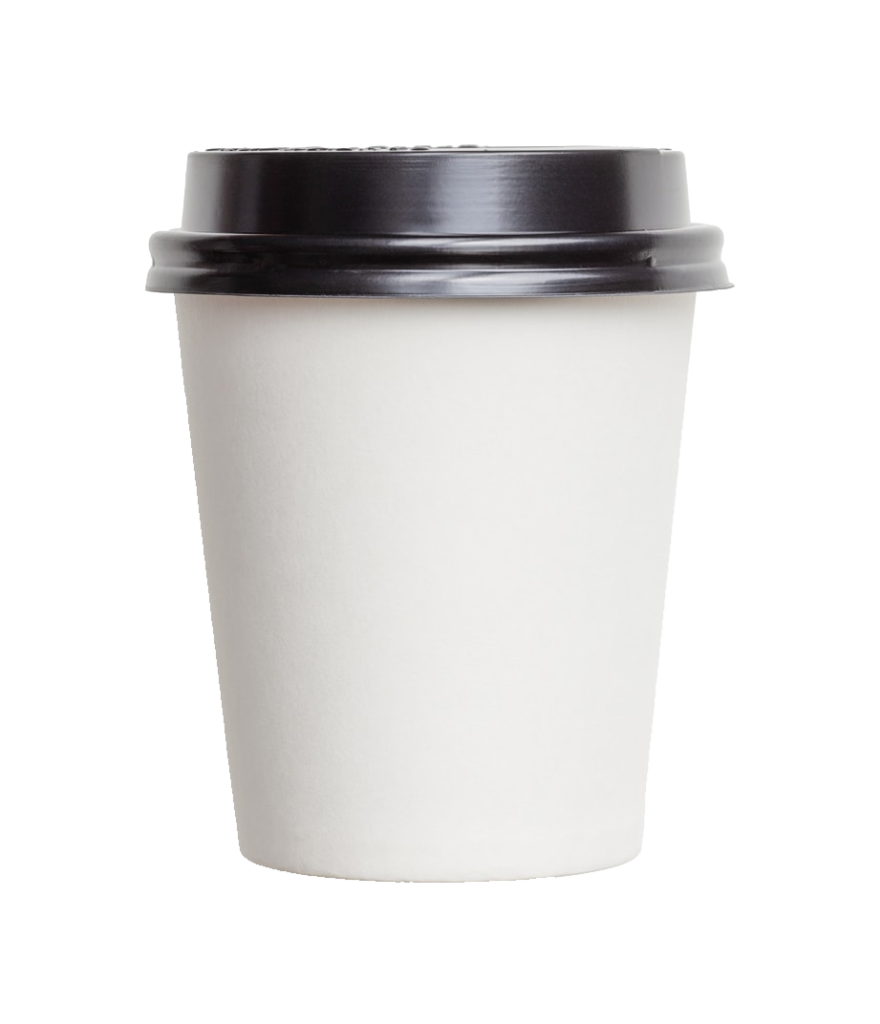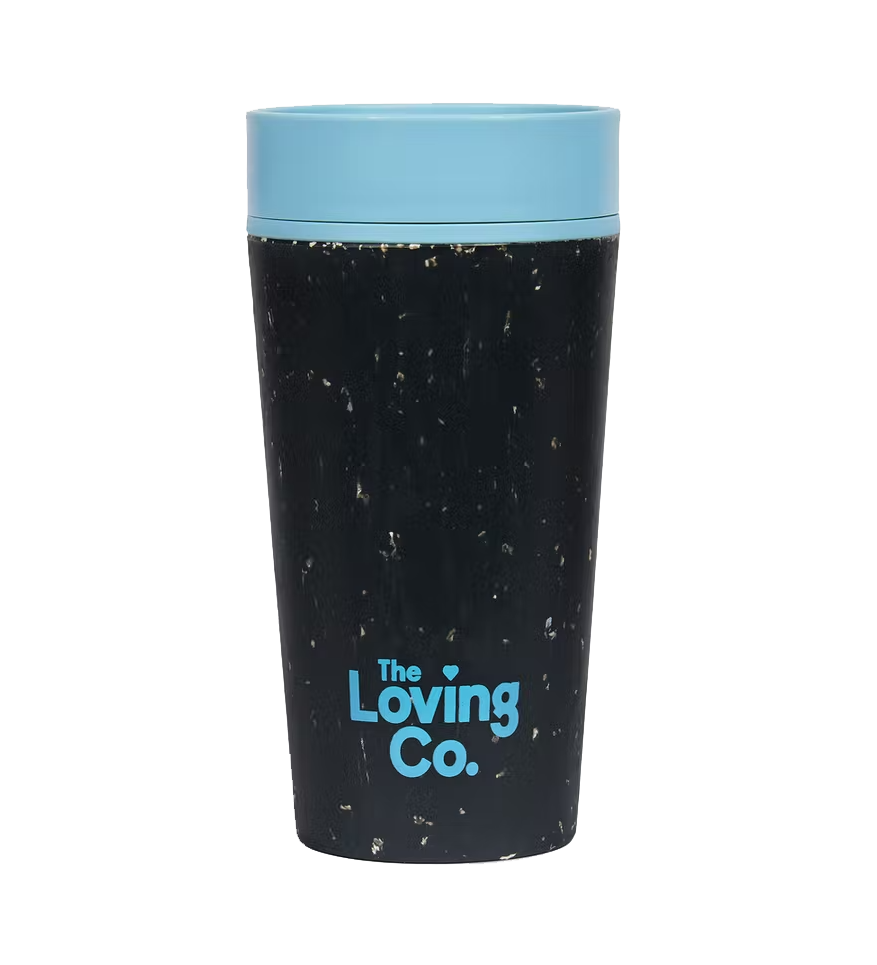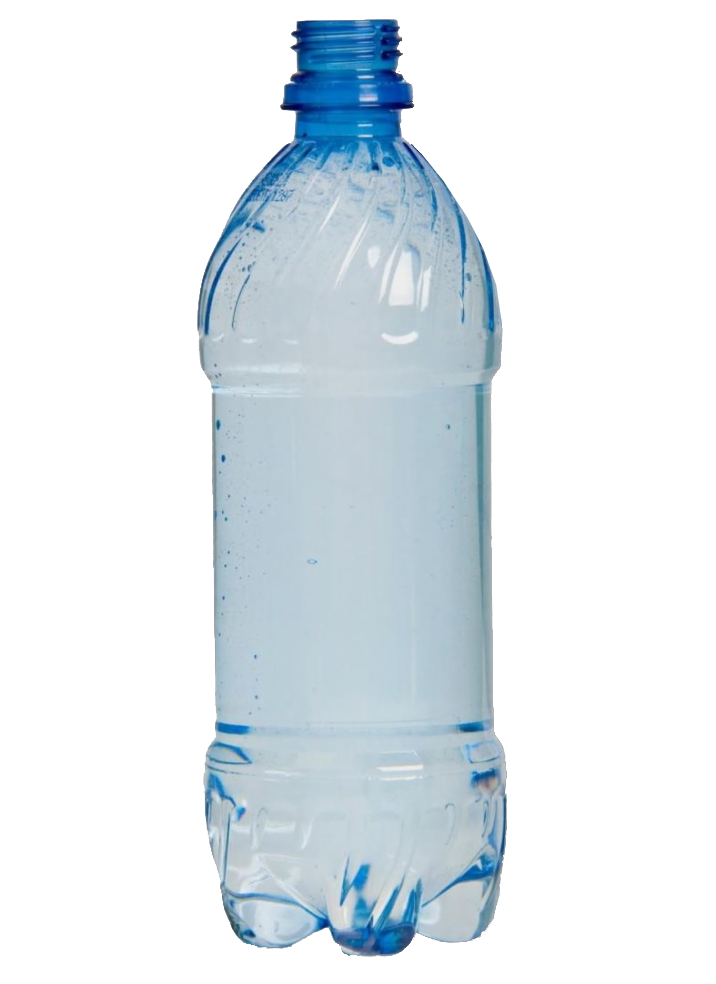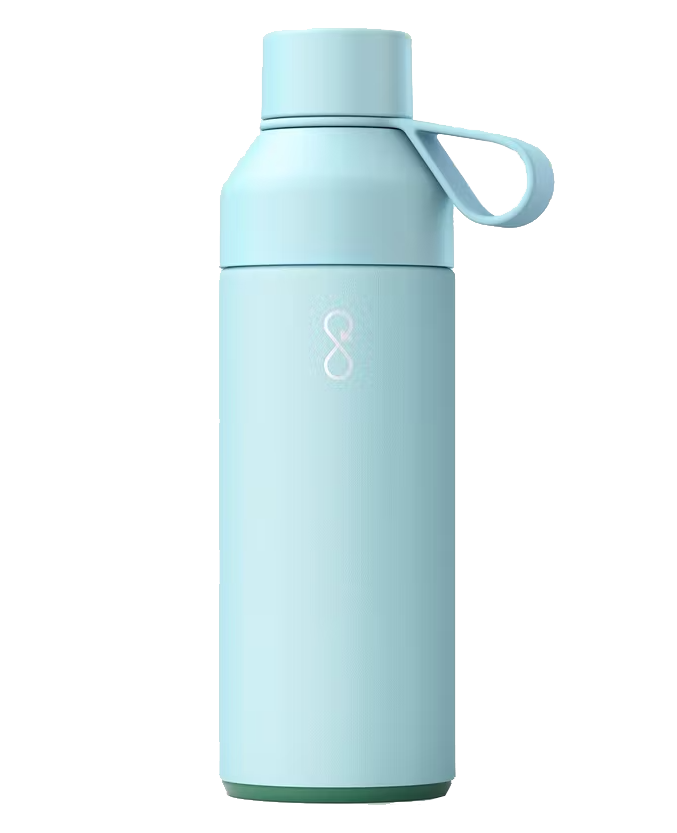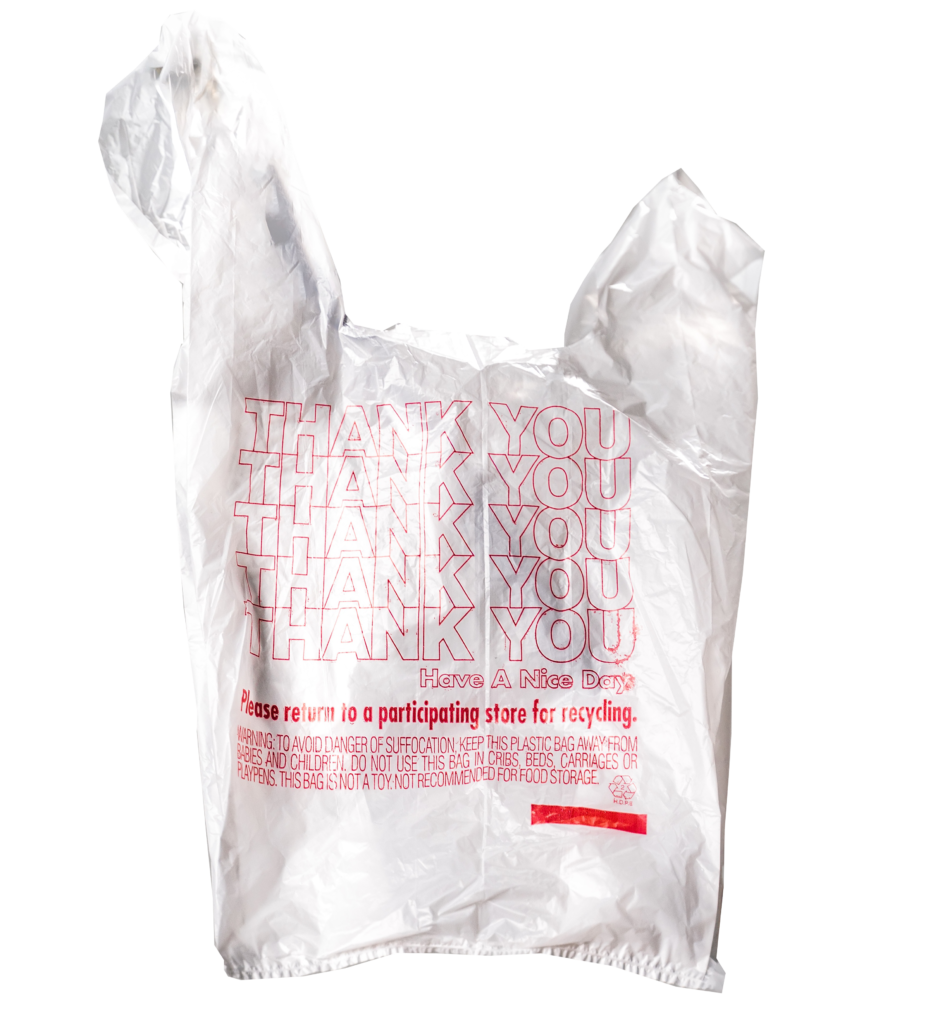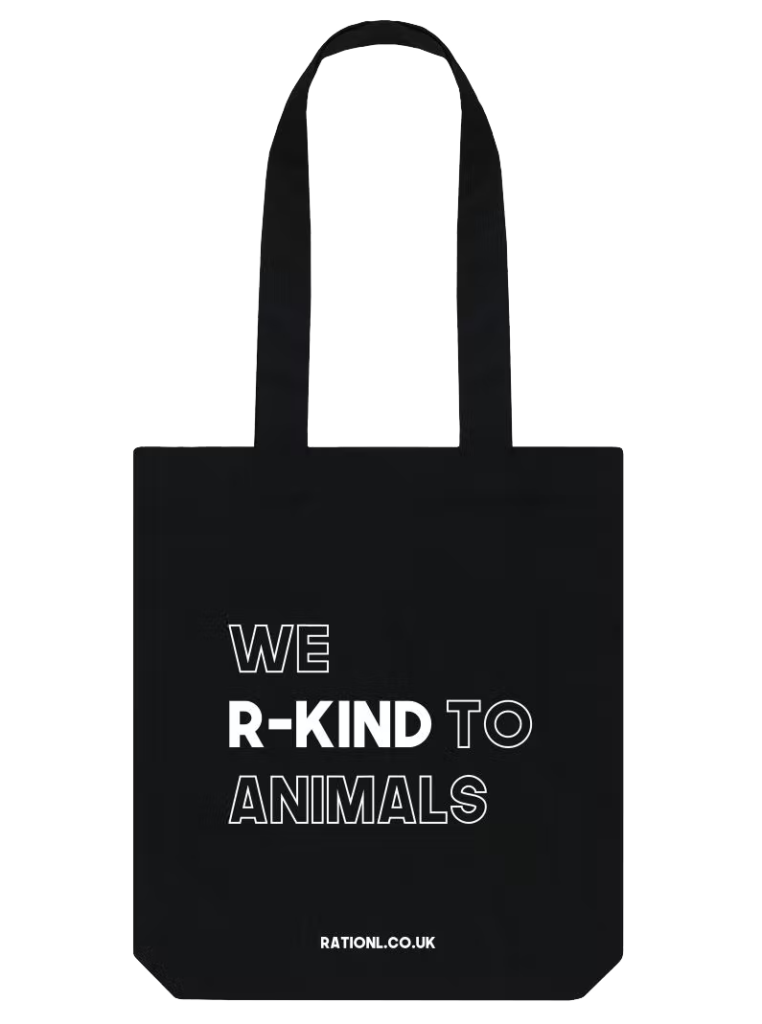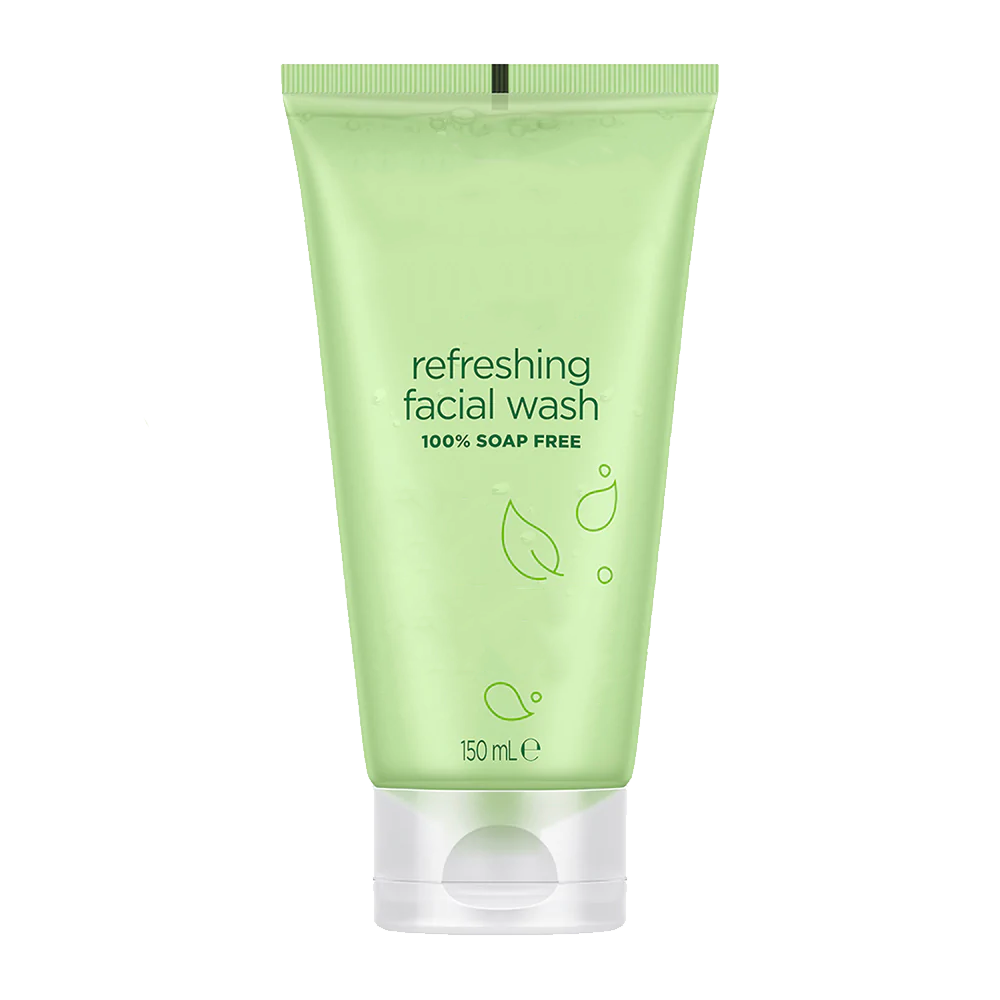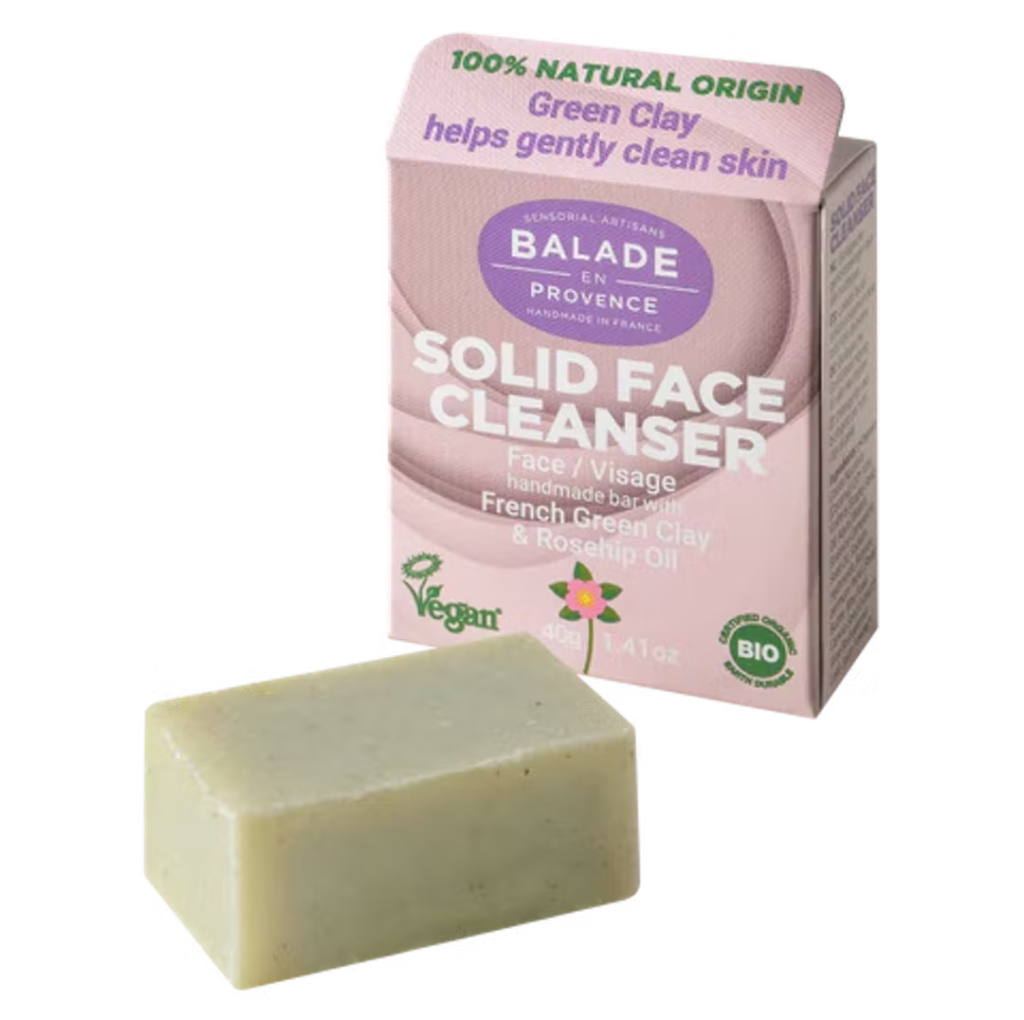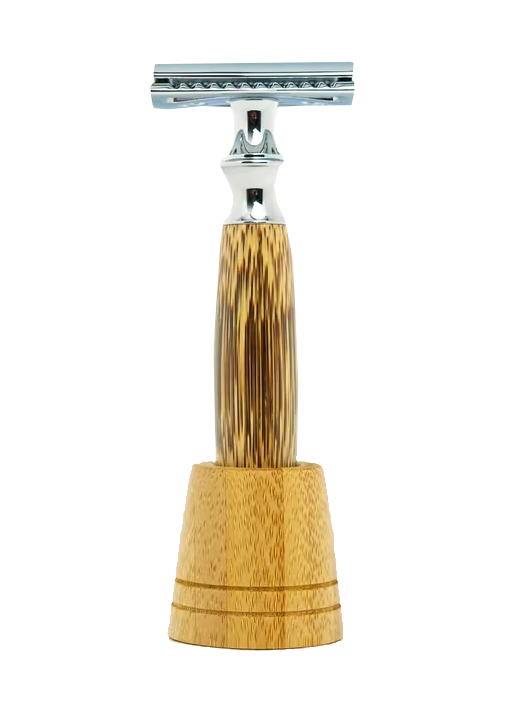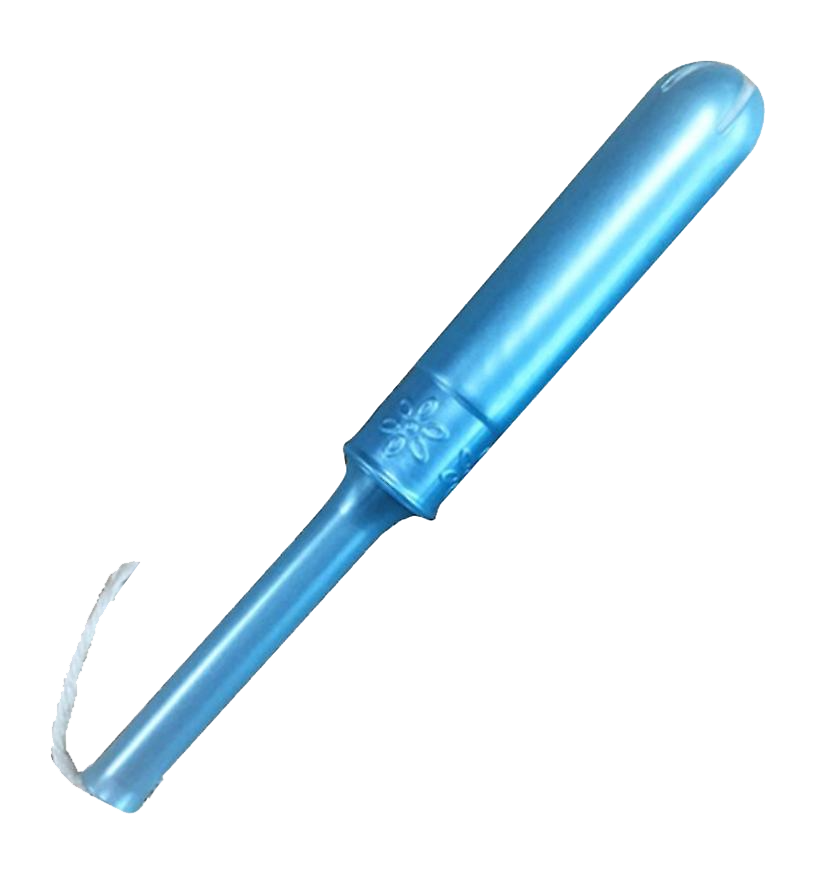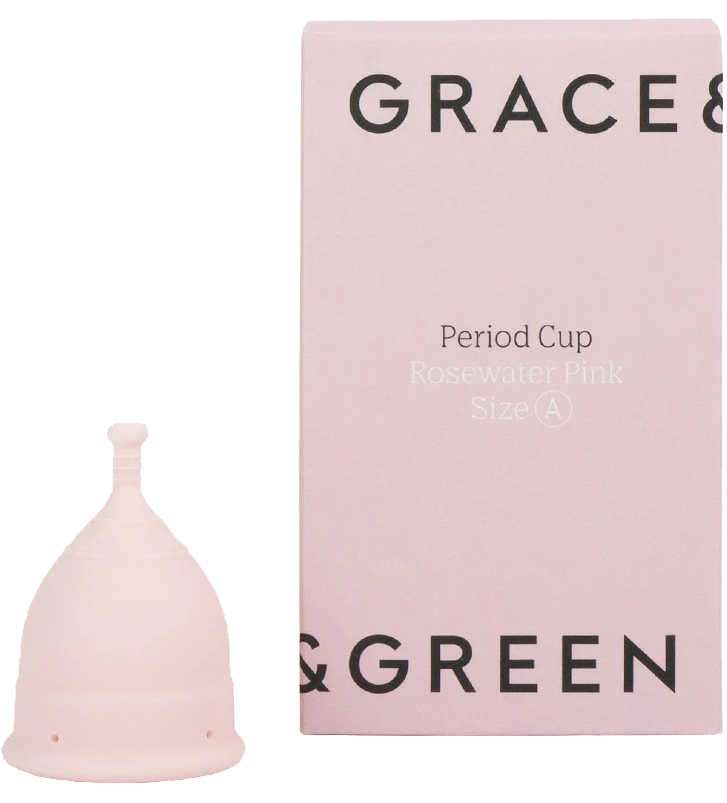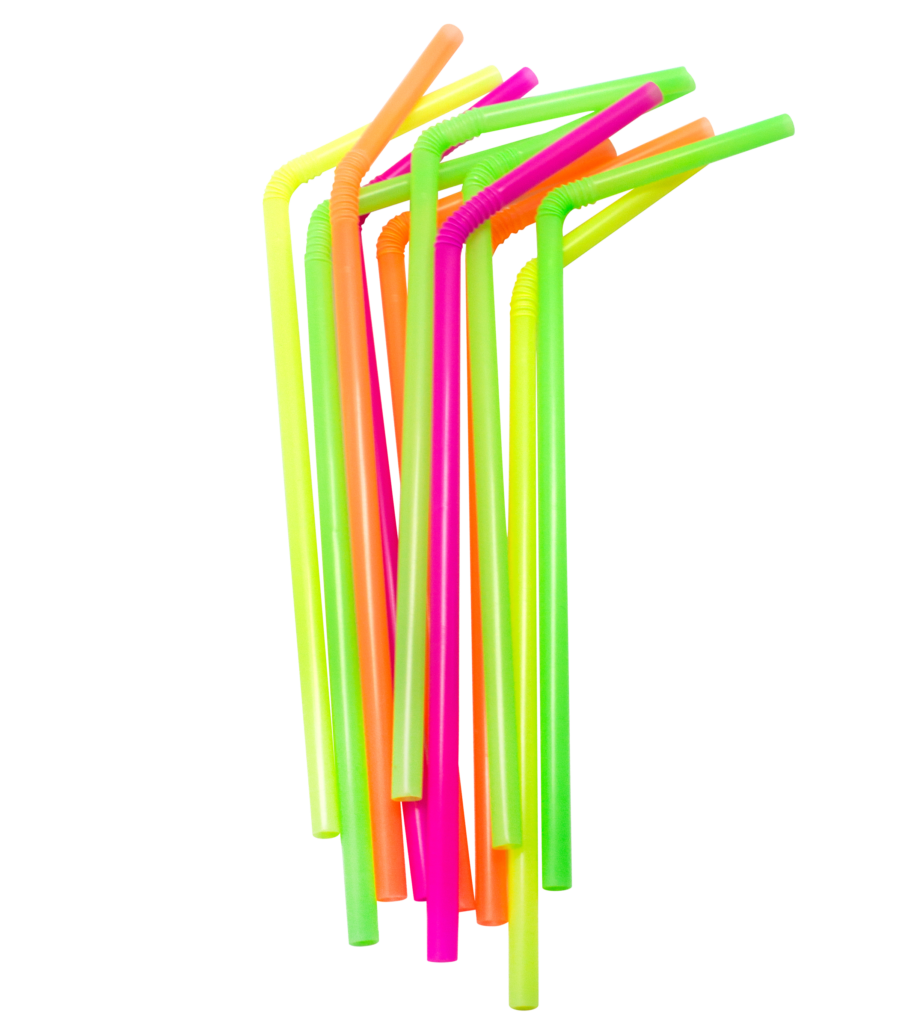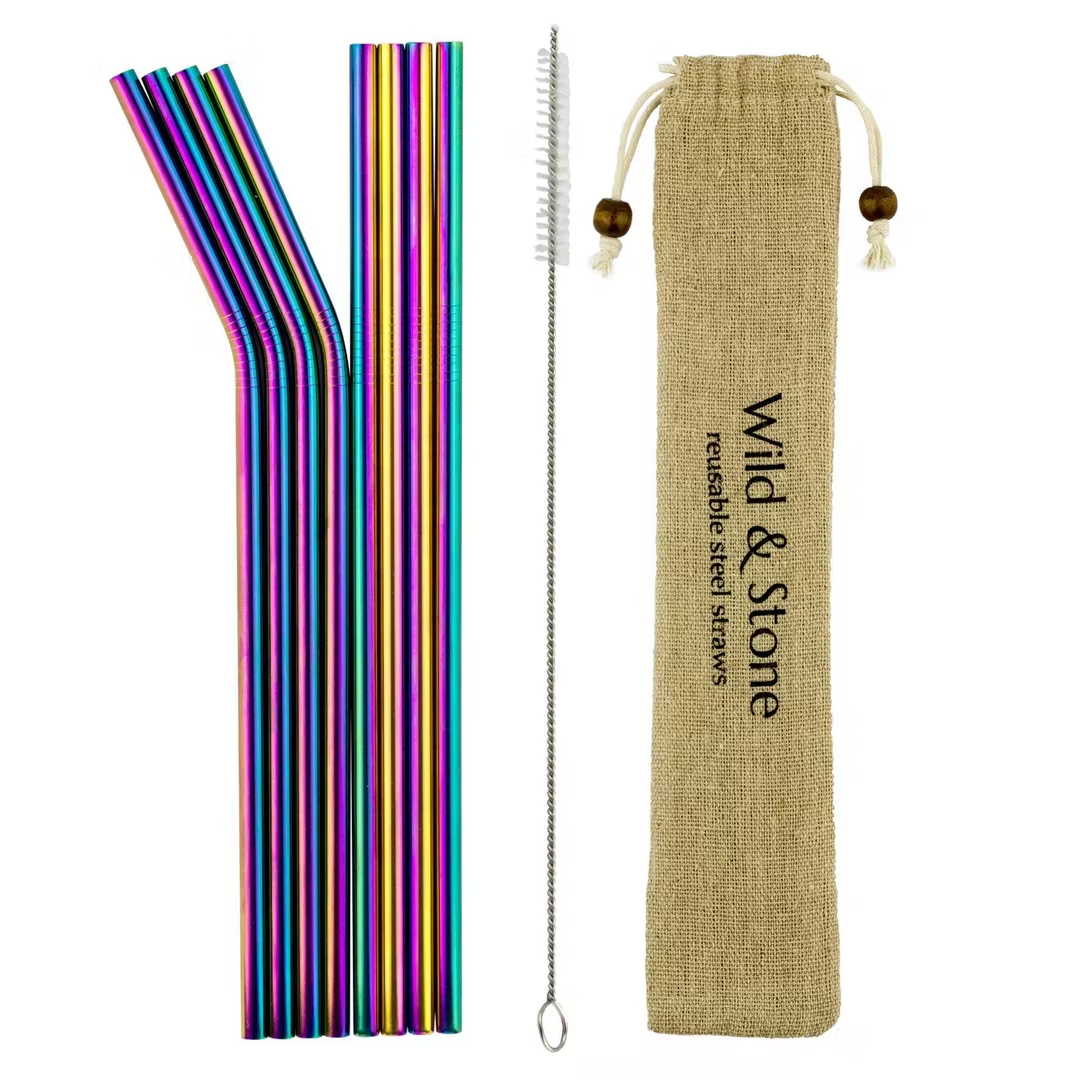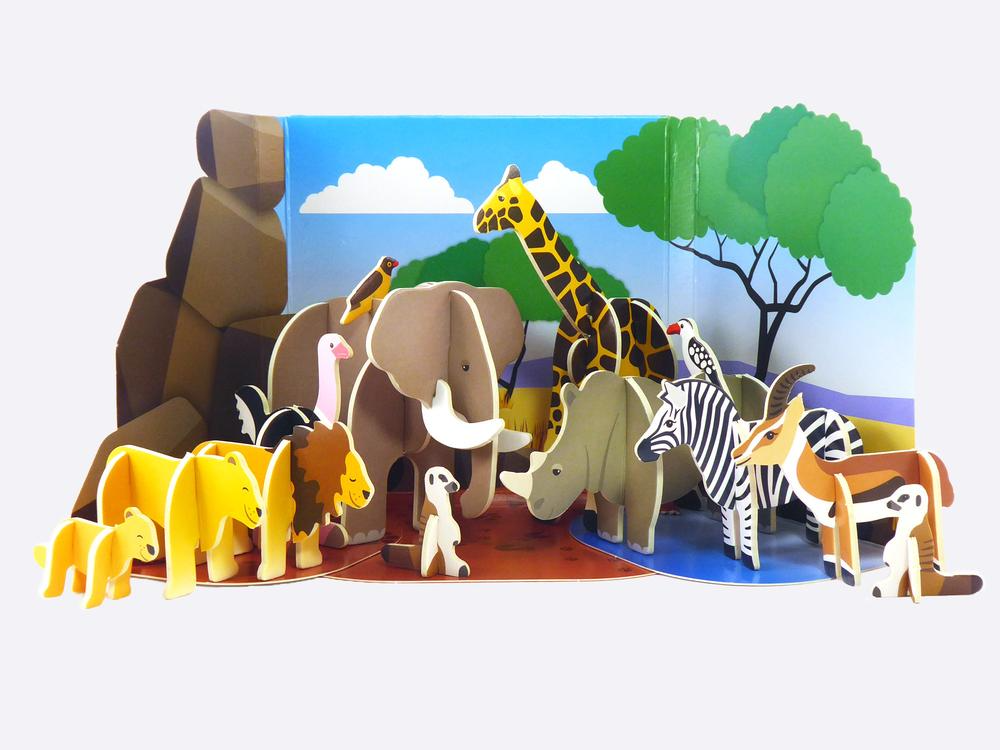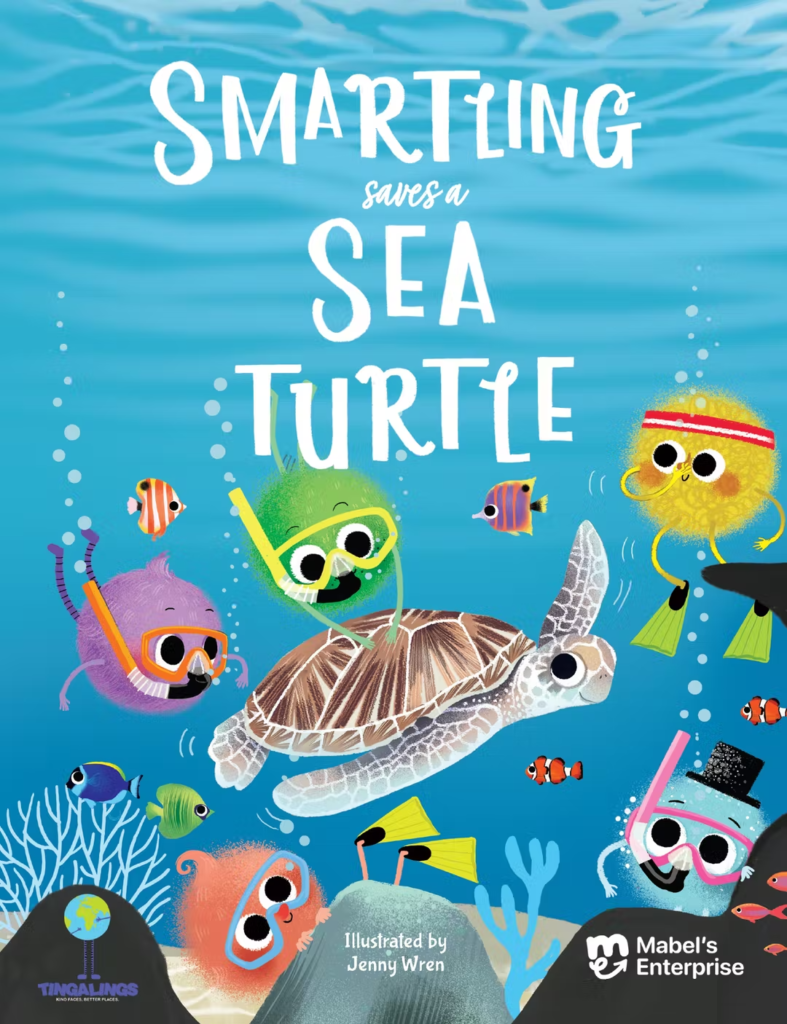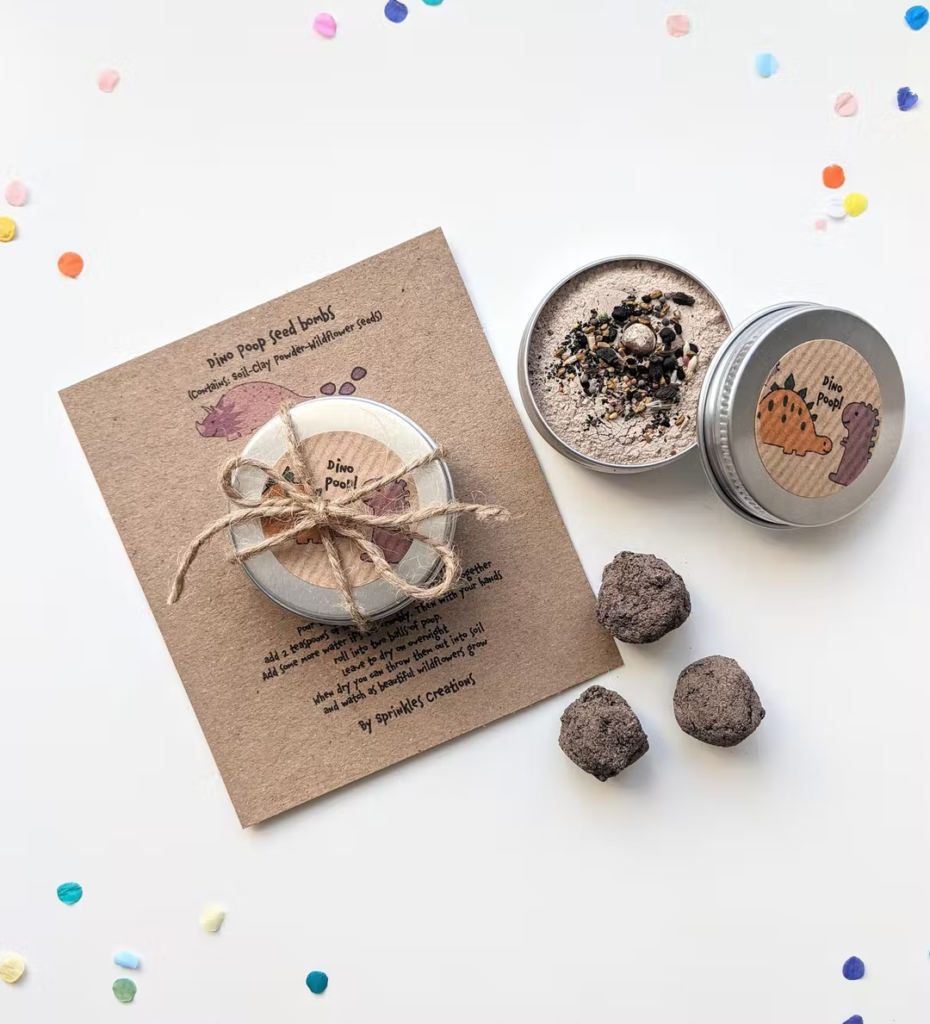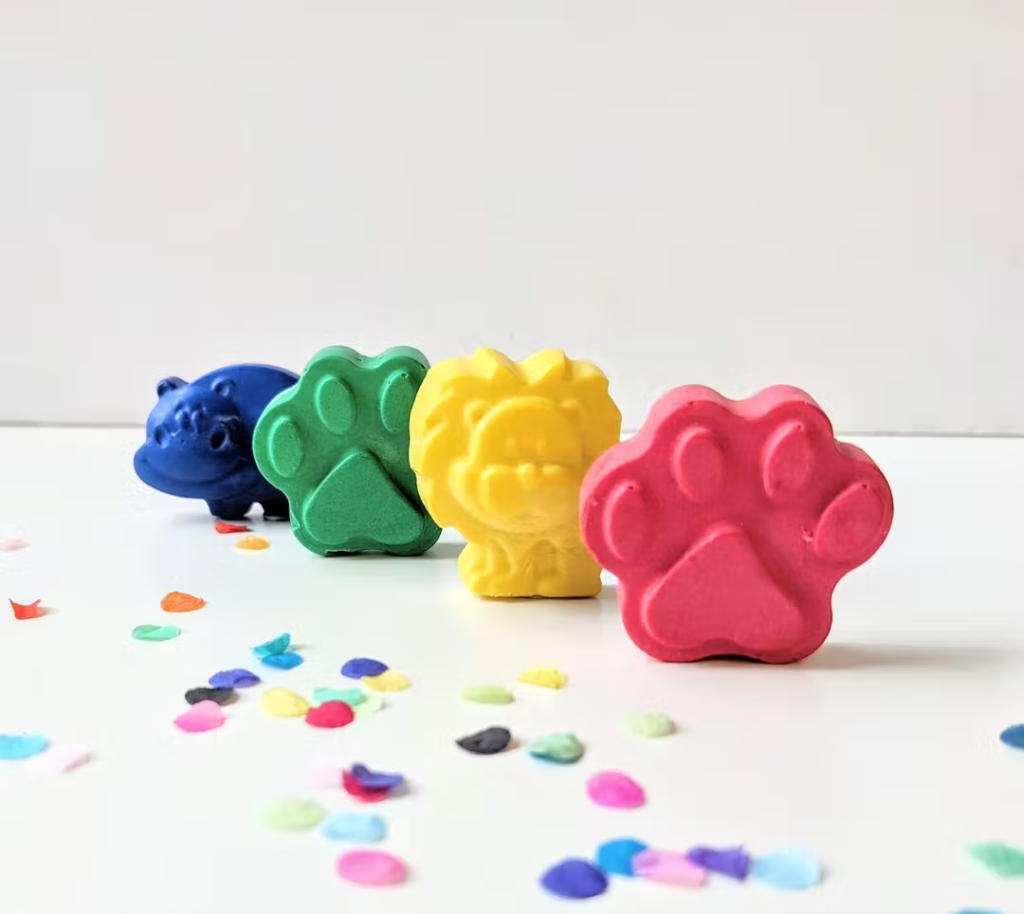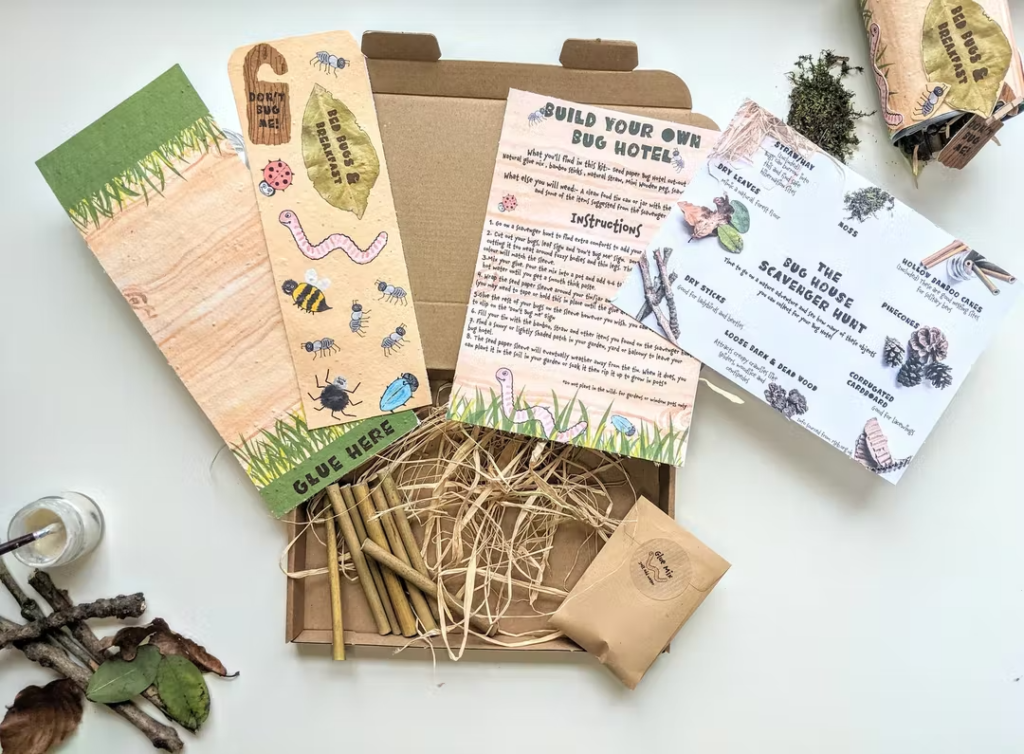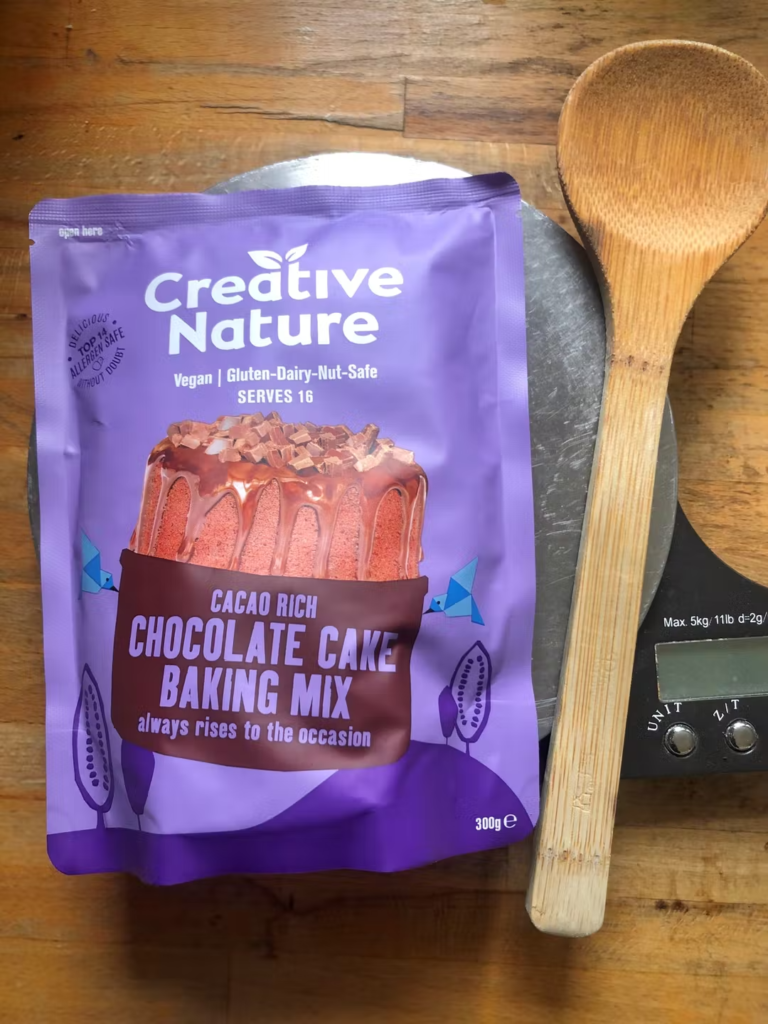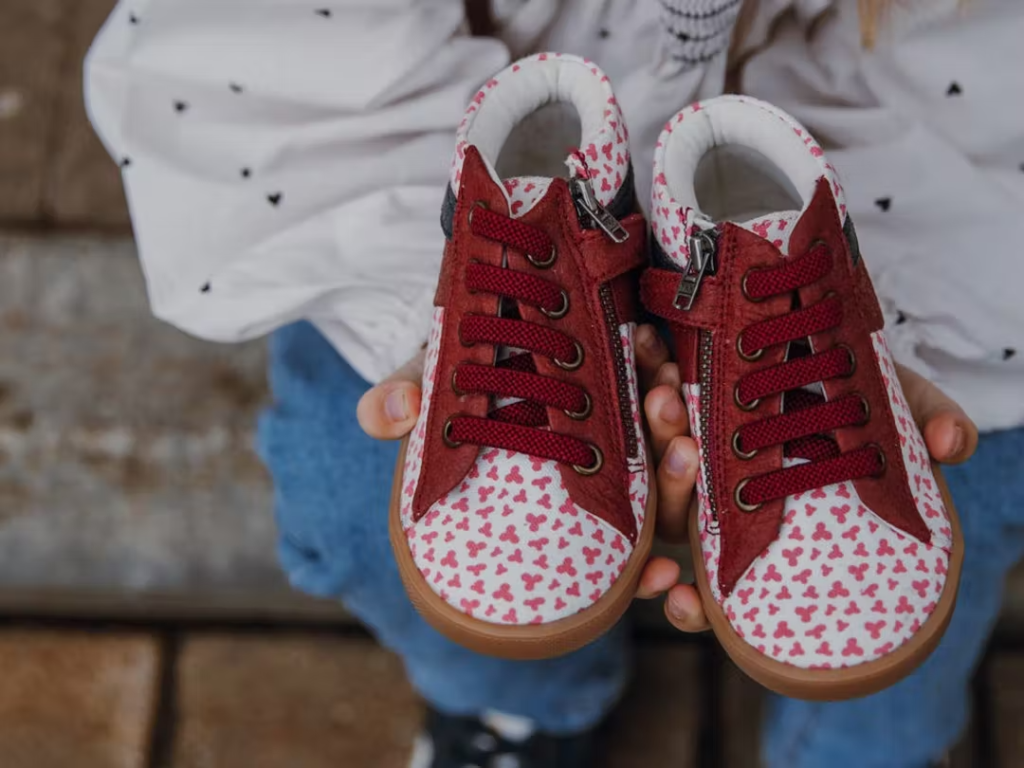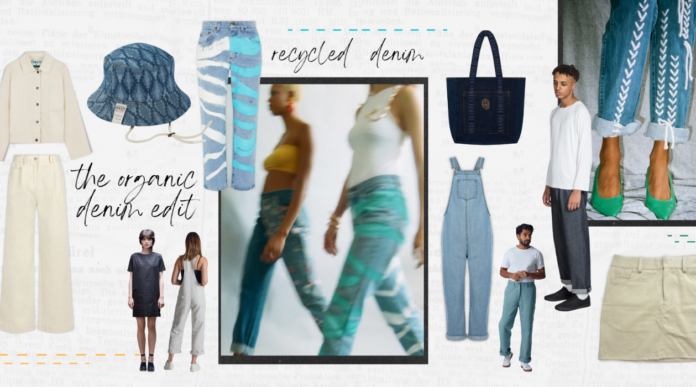Red and yellow and pink and green, orange and purple and blue
As kids, the world through our eyes was colourful, playful and fun. We saw things with an innocence and unshakeable optimism, as we explored and learned about the world around us. As we become young adolescents, our naivety is slowly lost. For many of us, our blind optimism becomes washed out by a shade of nihilistic realism.
Some would argue that with growing awareness of the world and its global affairs, the bleaker the outlook on life can become. After all, we have so much to process and so much we know, as humanity, we have to resolve.
Occasionally in life, our attitude and outlook is challenged. There will always be times when things appear bleak and gloomy. But just as the seasons change and the leaves transition from green to orange, the world keeps on spinning and life moves us along. It always does. But in times of negation or uncertainty, being able to find joy and vibrance in the world around us, can offer us subtle sways of encouragement that things can, and will, get better.
Can you see a rainbow too?
On that note, let’s talk about colour. Colour is a critical part of the blueprint for imagination that we thrived on as kids. Our world wasn’t just vibrant because we thought it so, it was vibrant because we were surrounded by colour. From our films and books, to our classrooms and toys, the role of colour was pivotal in our engagement and learning. But as we become older, we seem to shun the fun of the rainbow and opt for muted tones, neutrals, beiges, blacks and whites. Likely perpetuated by the increasing popularity of the minimalist movement over recent recent years.
These tamer, muted tones mirror the organisation and calmness we attempt to claim amidst a truly chaotic and unpredictable world. Seems reasonable, right? But what happens when we take this too far? What happens if we push colour so far out of our lives, that we risk losing its critical role in society? Sounds silly? Think again.
Colours are disappearing from our world
According to recent AI research, colours are disappearing from our world.
In a research study shared by the Science Museum Group Digital Lab (2020), machine learning was used to track colour changes in common materials and items, using 7000+ of the most common items from the 1800s to present day. Two centuries ago, there was a mix of different colours, with black/white/grey tones representing about 15% of all items. Today, around 60% of objects, items, and materials are black/white/grey. The graph below below shows their findings for all colour changes over time.
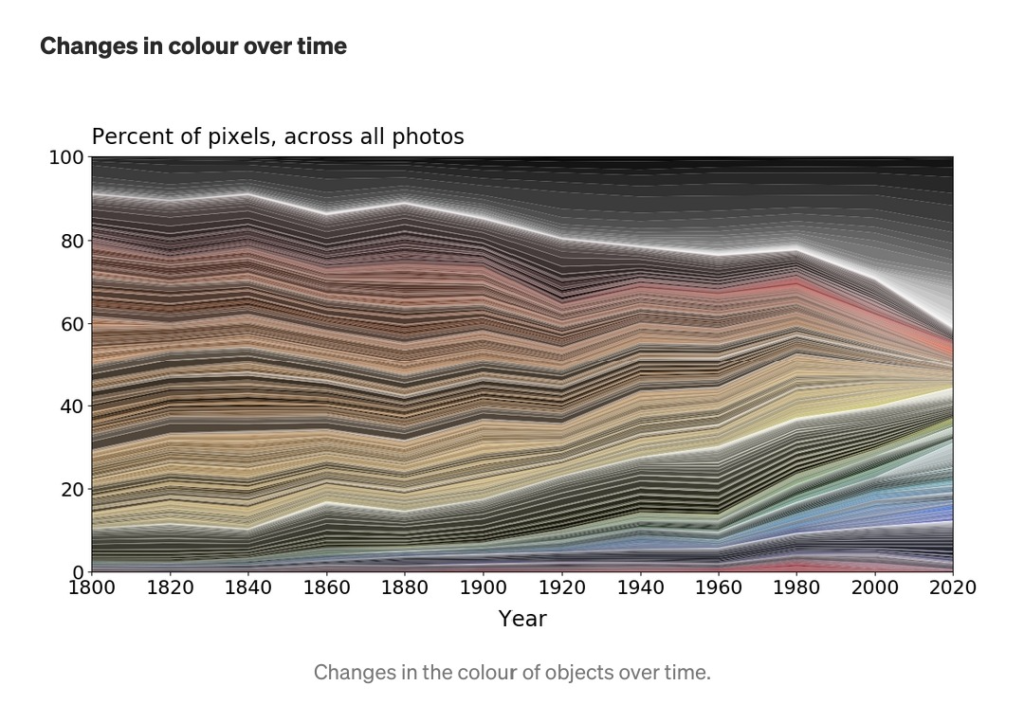
Why is colour important?
Colour is more important than many of us may realise. In fact, it’s something that we probably take for granted. Colour evokes feeling, meaning and enables more effective communication. They’re also synonymous with different cultures around the world, with colours carrying cultural, religious, spiritual and social symbolism. It helps us to create art and express ourselves. A lack of colour can feel bland and a just bit meh *cries in sad beige*.
On a more serious and scientific note, research has proven the vital role colour plays in the day-to-day and overall human experience. We assign meaning to colours. If you’re driving, red means stop, green means go. Yellow is associated with happiness. Green is more presently linked to eco themes and sustainability (and unfortunately the unethical practice of greenwashing).
According to the Institute for Color Research, people make a subconscious judgment about an environment, or product within 90 seconds of initial viewing and that between 62% and 90% of that assessment is based on colour alone.
An outdated critique of sustainable fashion
Articles from Vogue to Fashionista have highlighted critique of sustainable fashion solutions for supposed lack of creativity, visual intrigue and uniqueness. Once upon a time, as the sustainable fashion scene was growing, it may have been dominated by Earth tones, linen fabrics and uninspiring silhouettes. Backed-up by consumer Reddit threads highlighting personal struggles to find a stylish variety of sustainable fashion, you would be forgiven for believing this narrative still pertains today.
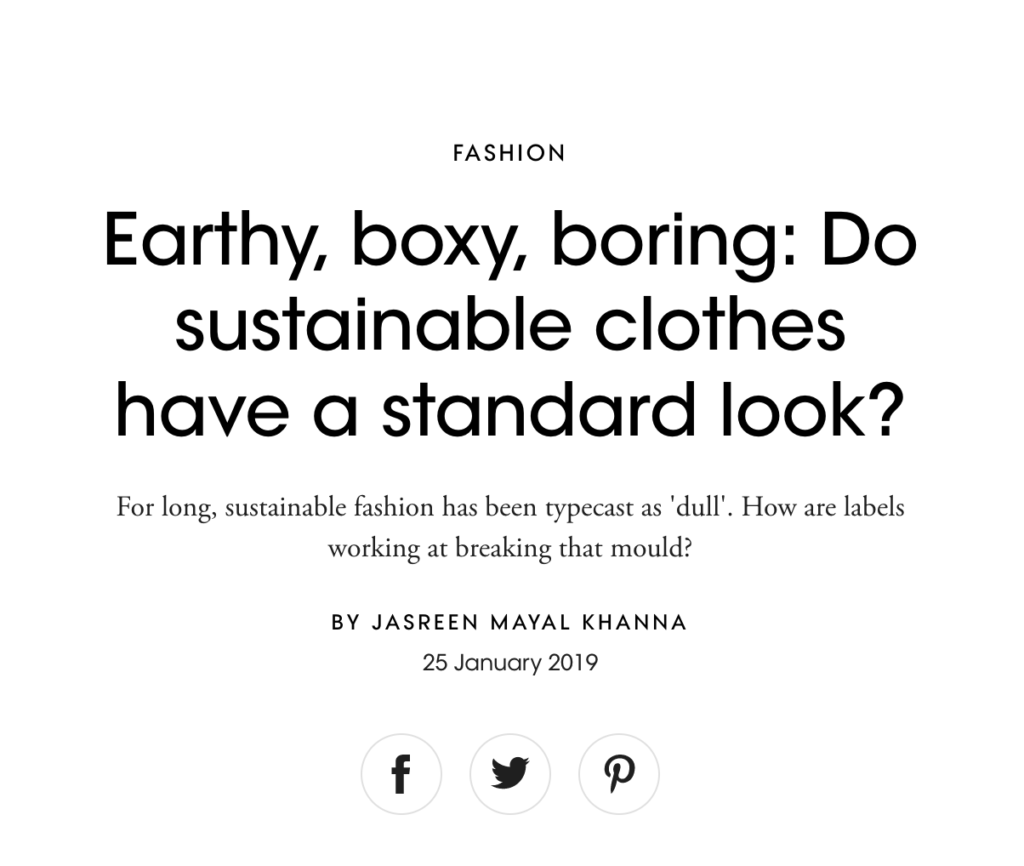
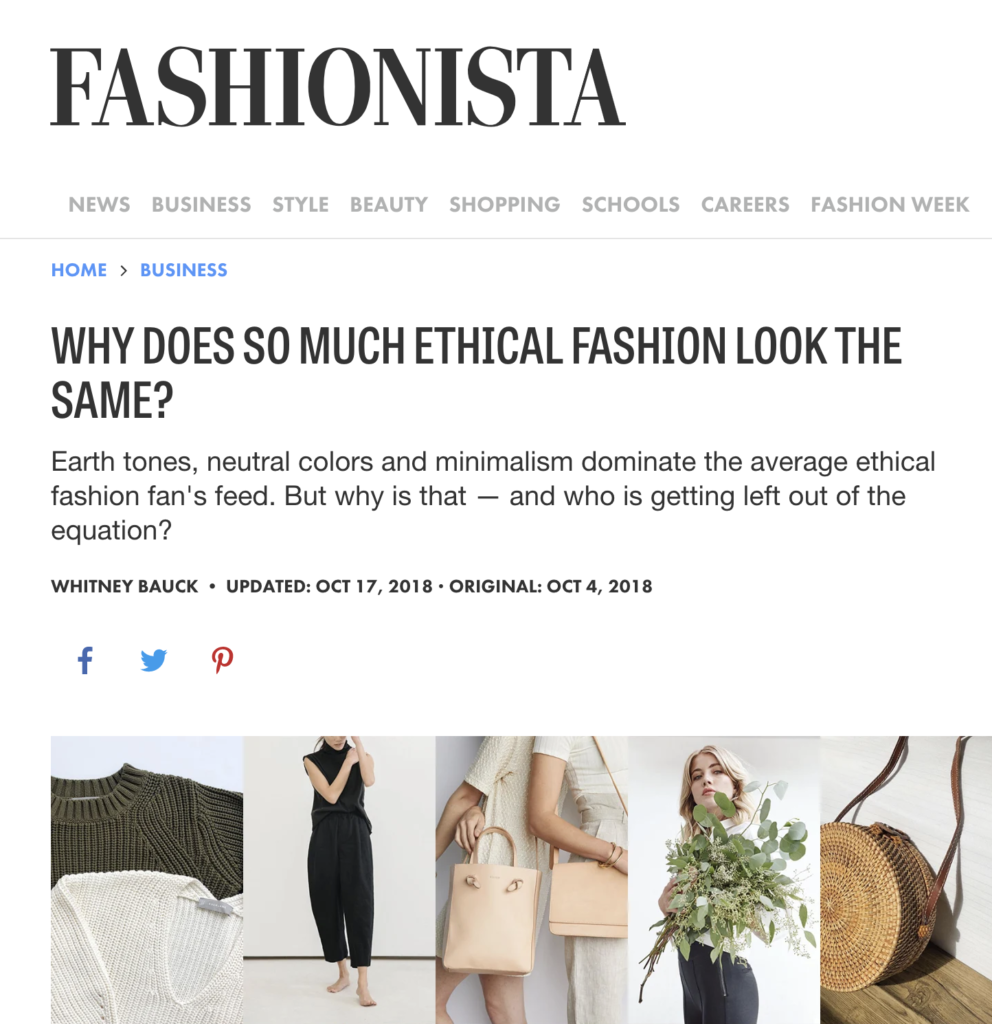
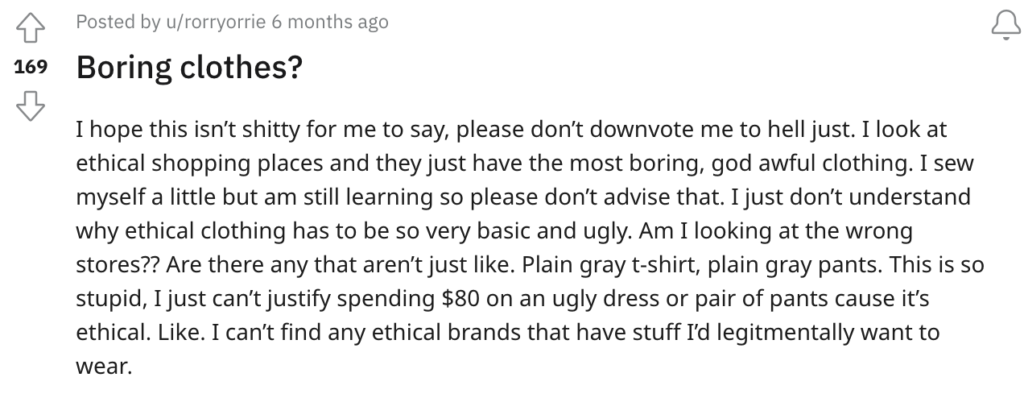

Fashion should be sustainable AND fun
Much like colour brings joy and meaning to the world, so does fashion. Fashion is the manifestation of the zeitgeist through clothing and wearable design. Fashion and colour typically go hand-in-hand.
Sustainable fashion, at its core, addresses some of the biggest issues we face in society today: the climate crisis, poverty wages, human and environmental exploitation, the waste crisis, overconsumption, throw-away culture and so on. At surface level, there’s nothing to be cheery about. But optimism is vital. Things cannot get better without hope that they can, and will, get better in the first place.
If colour can evoke feeling, it can inspire hope and optimism and one of the most worthy causes to feel optimistic about is sustainability.
Therefore, sustainable fashion that reflects this optimism not only enables us to express ourselves, it renews that core belief that we can address these societal issues, through the positivity that colour can ignite and the innovative sustainable practices woven into the fabric (literally).
So, is sustainable fashion really boring and colourless? Well…
The proof is in the pudding
At Veo, we’re here to debunk the ‘eco fashion is boring and beige’ myth, once and for all. Today, with advancements in manufacturing methods and technological processes, sustainable fashion has never been more diverse. We’re living proof that sustainable fashion IS colourful and exciting.
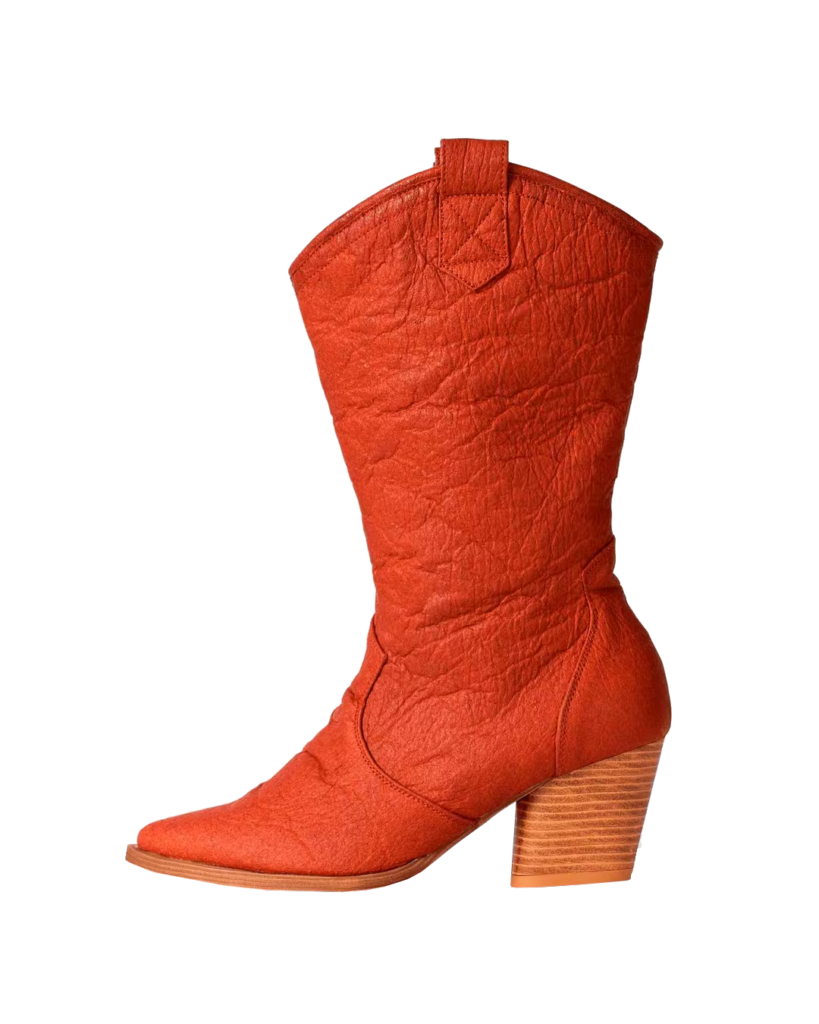
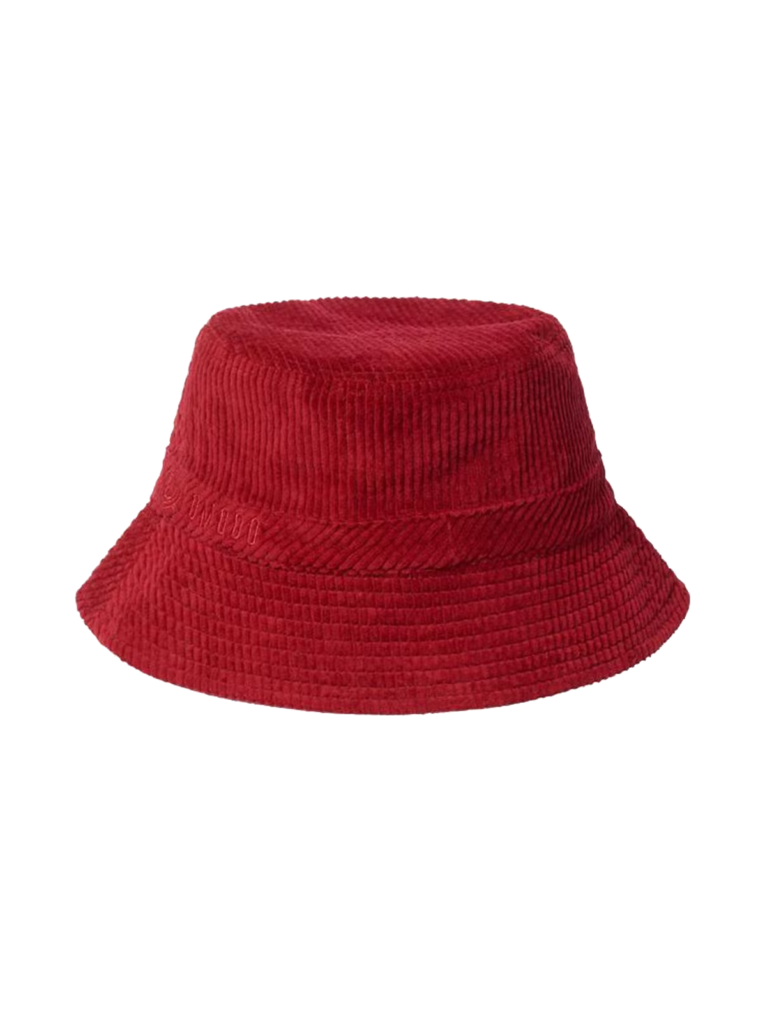
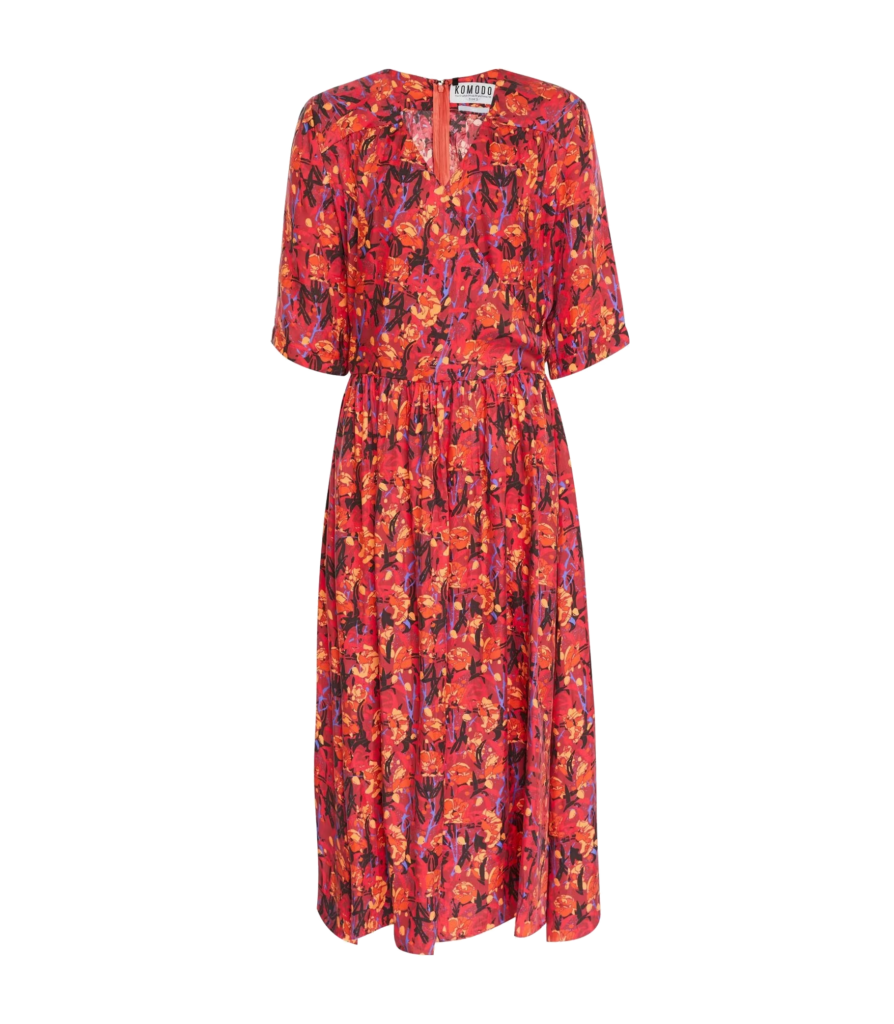
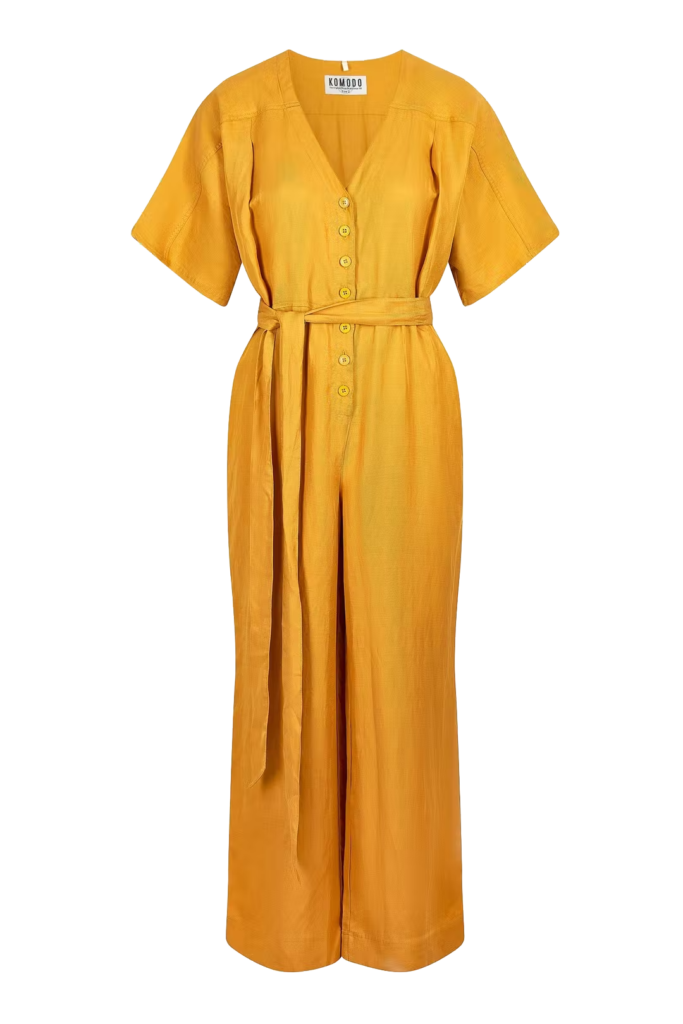
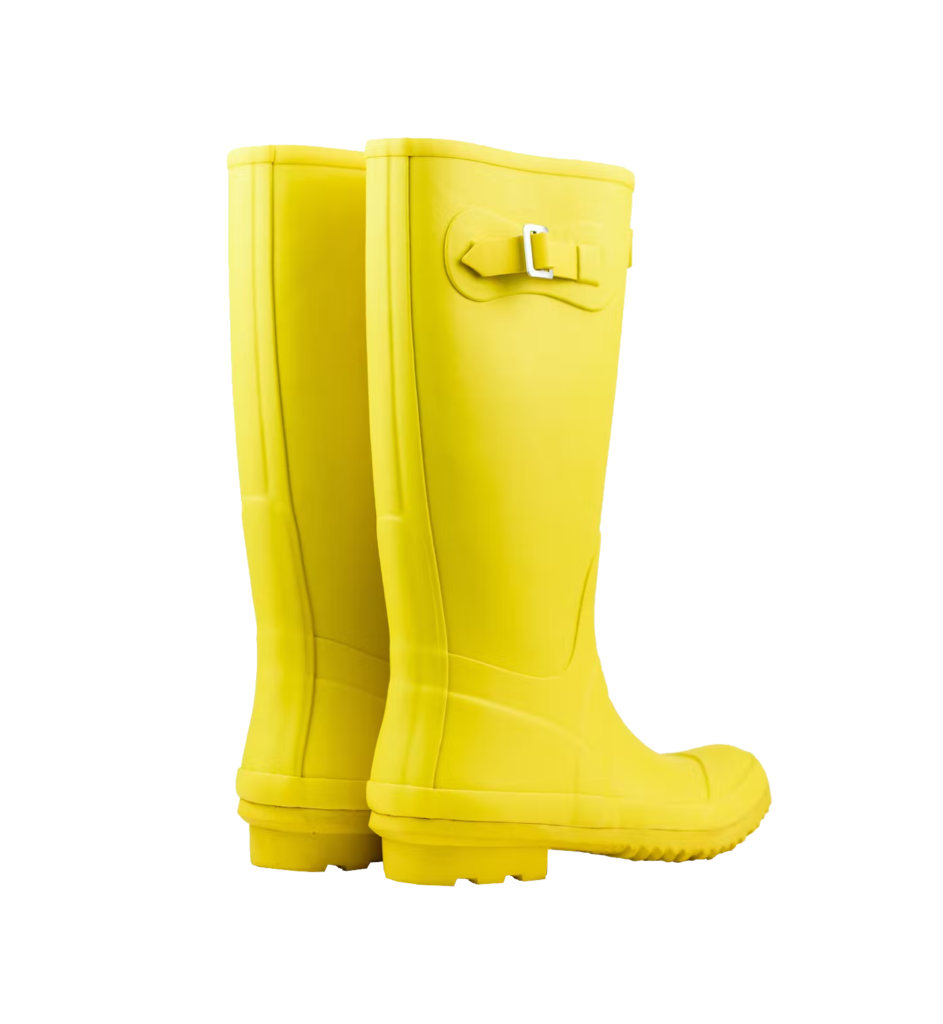
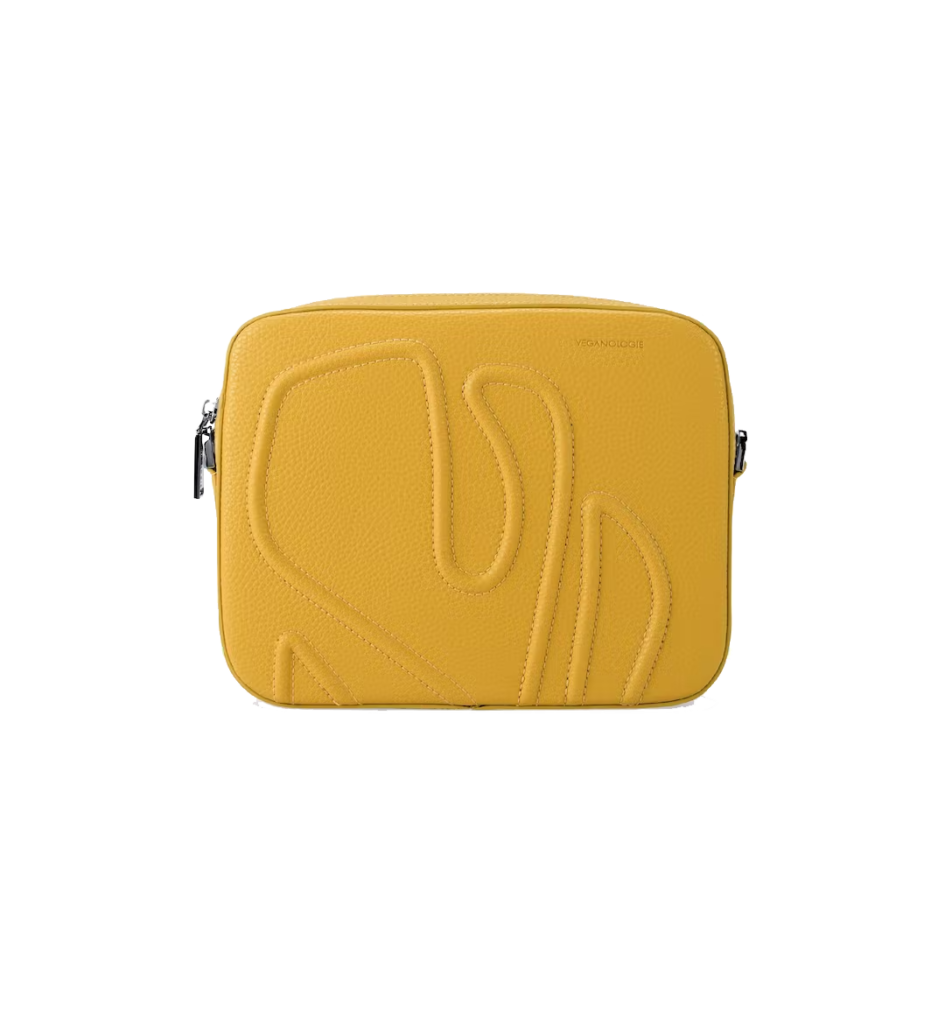
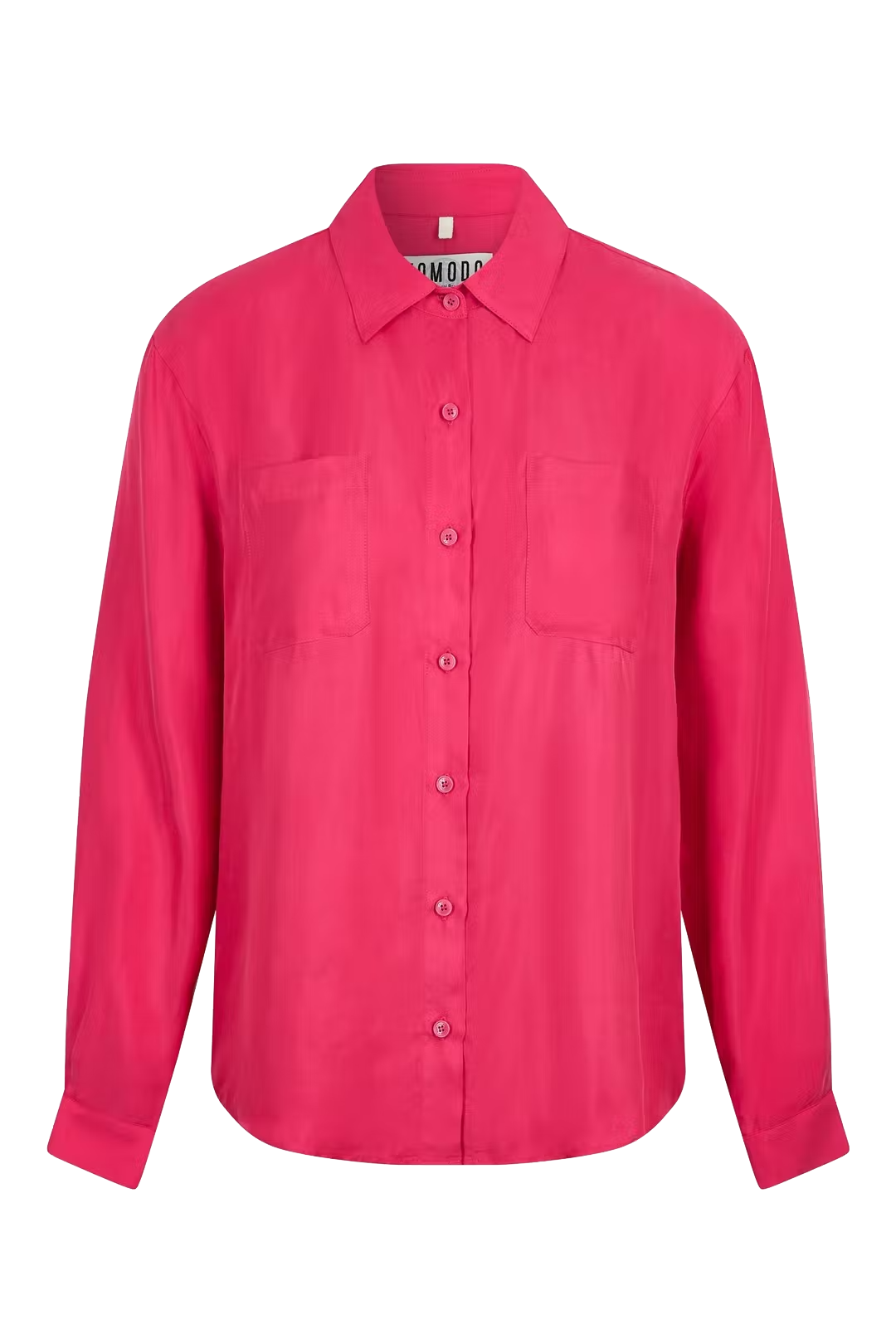
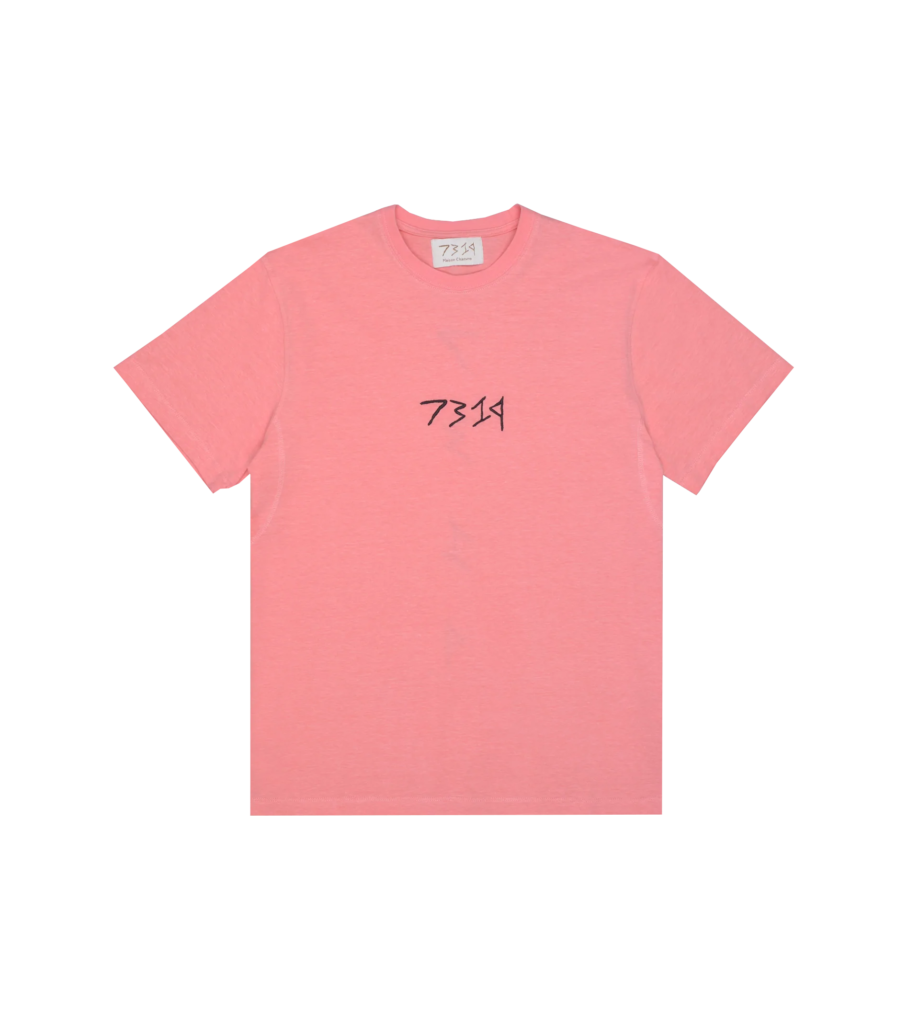
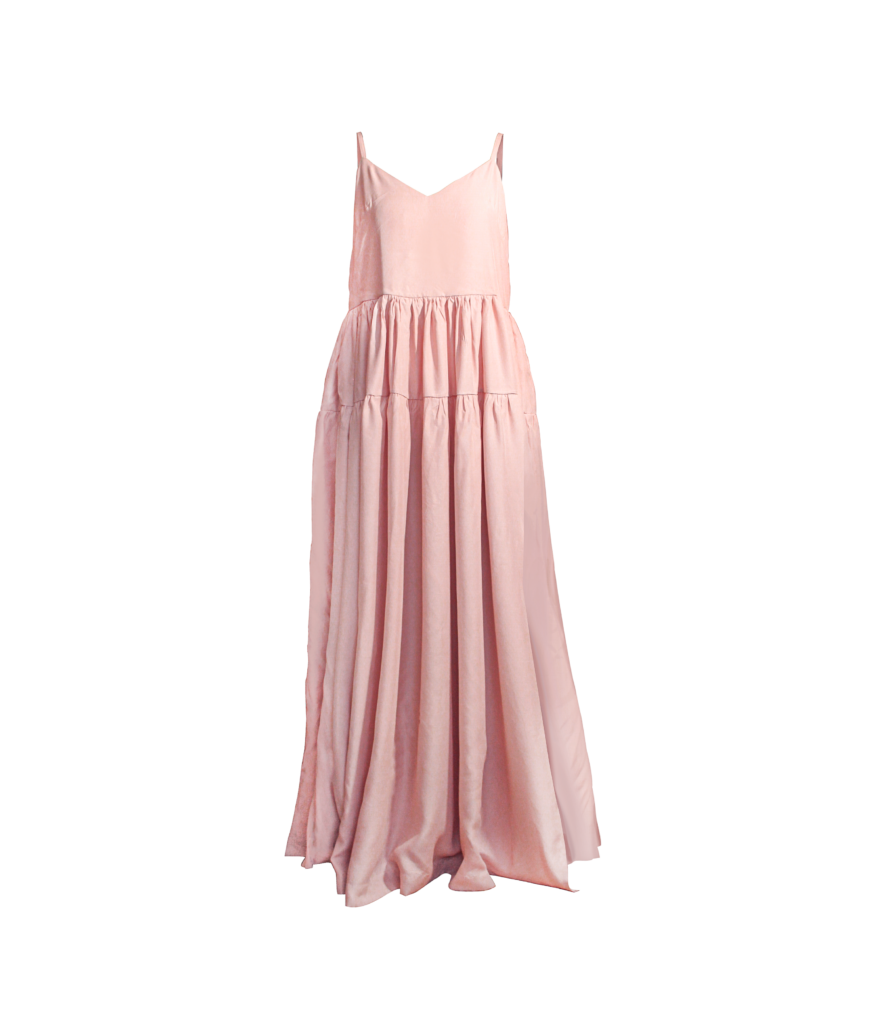
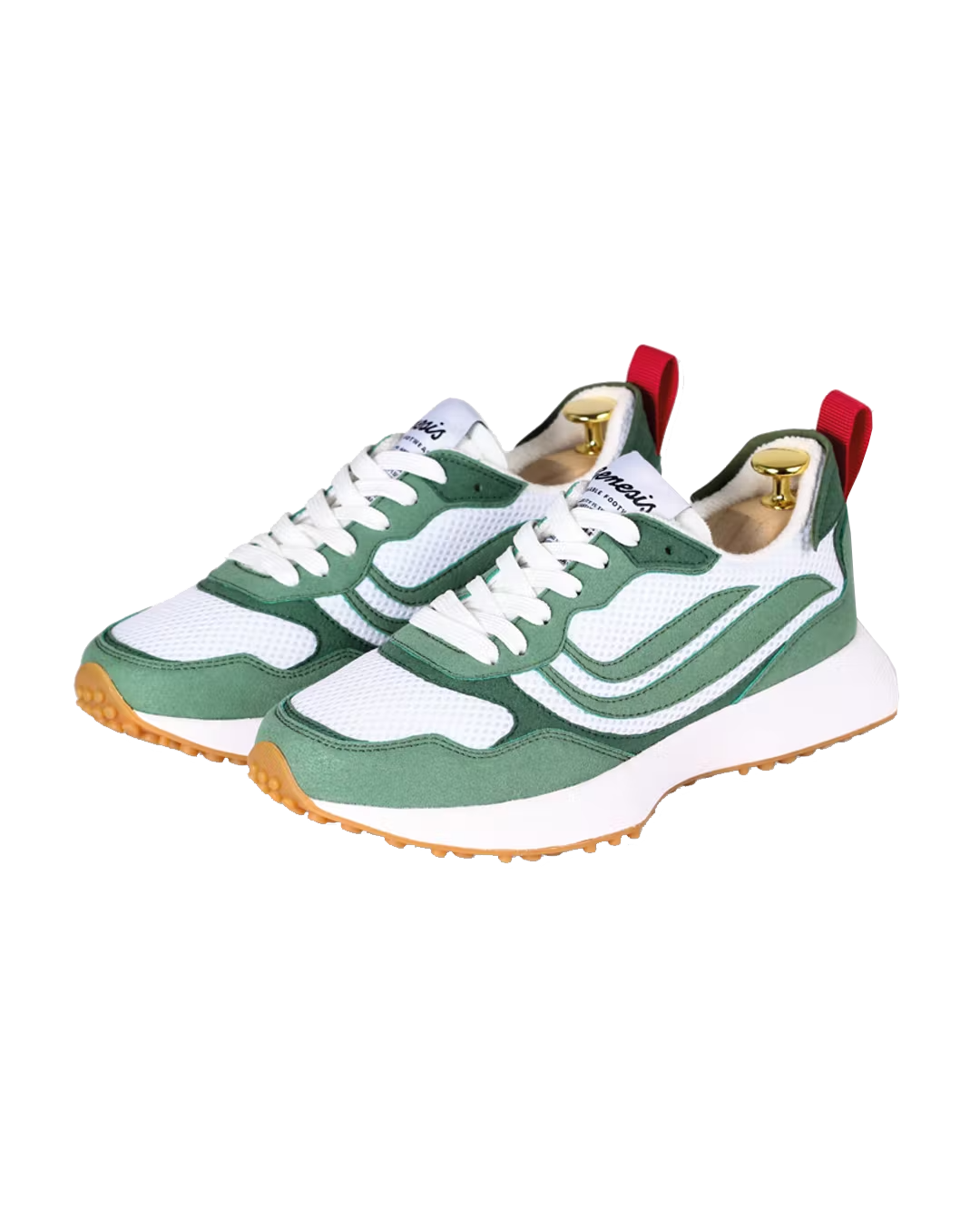
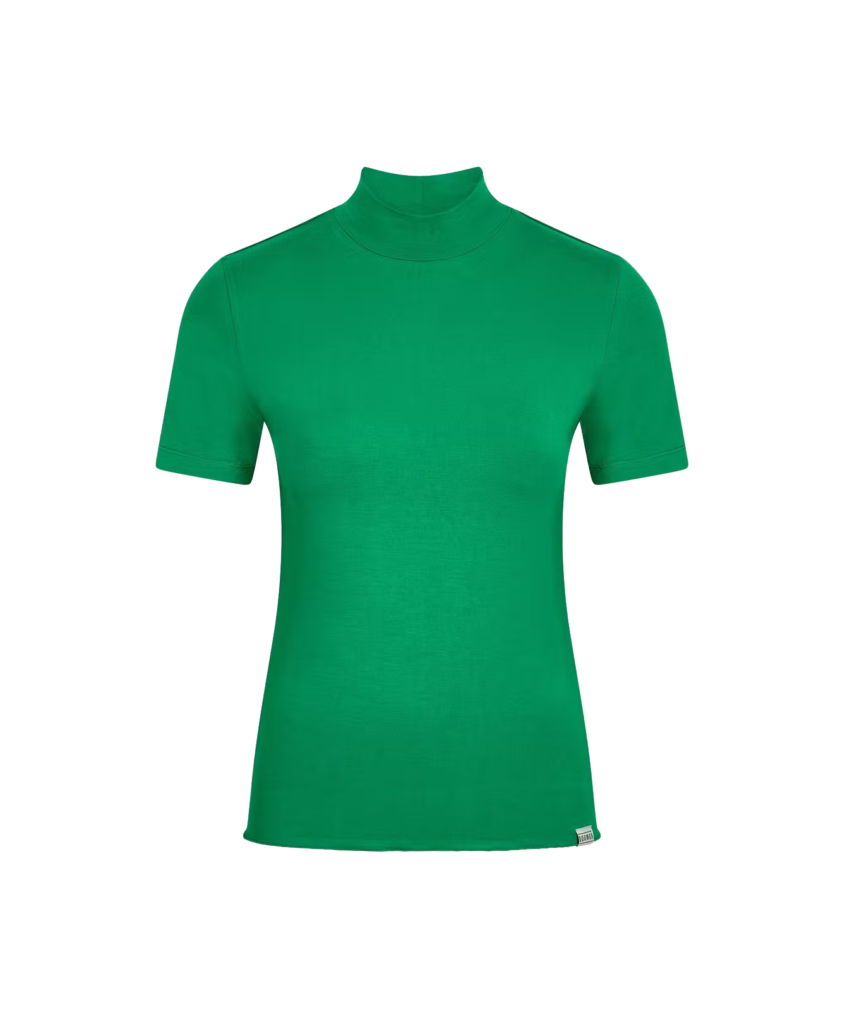
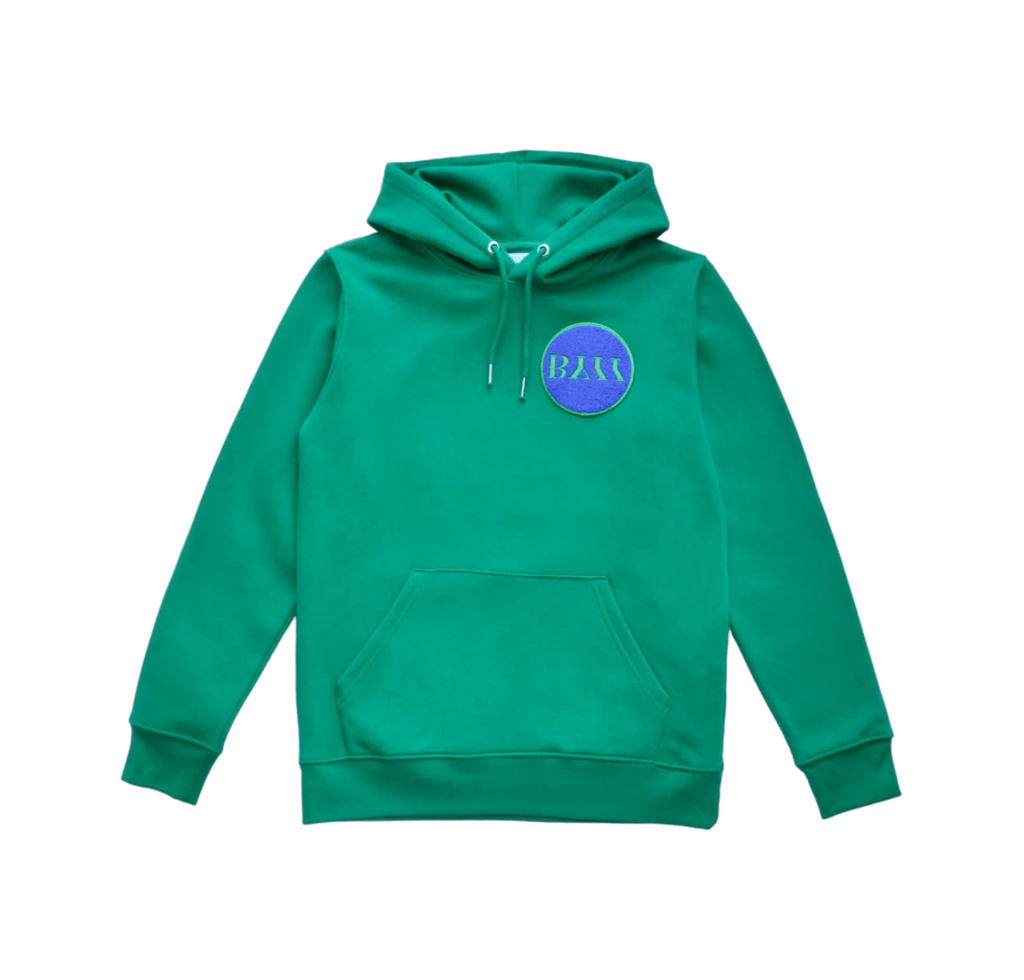

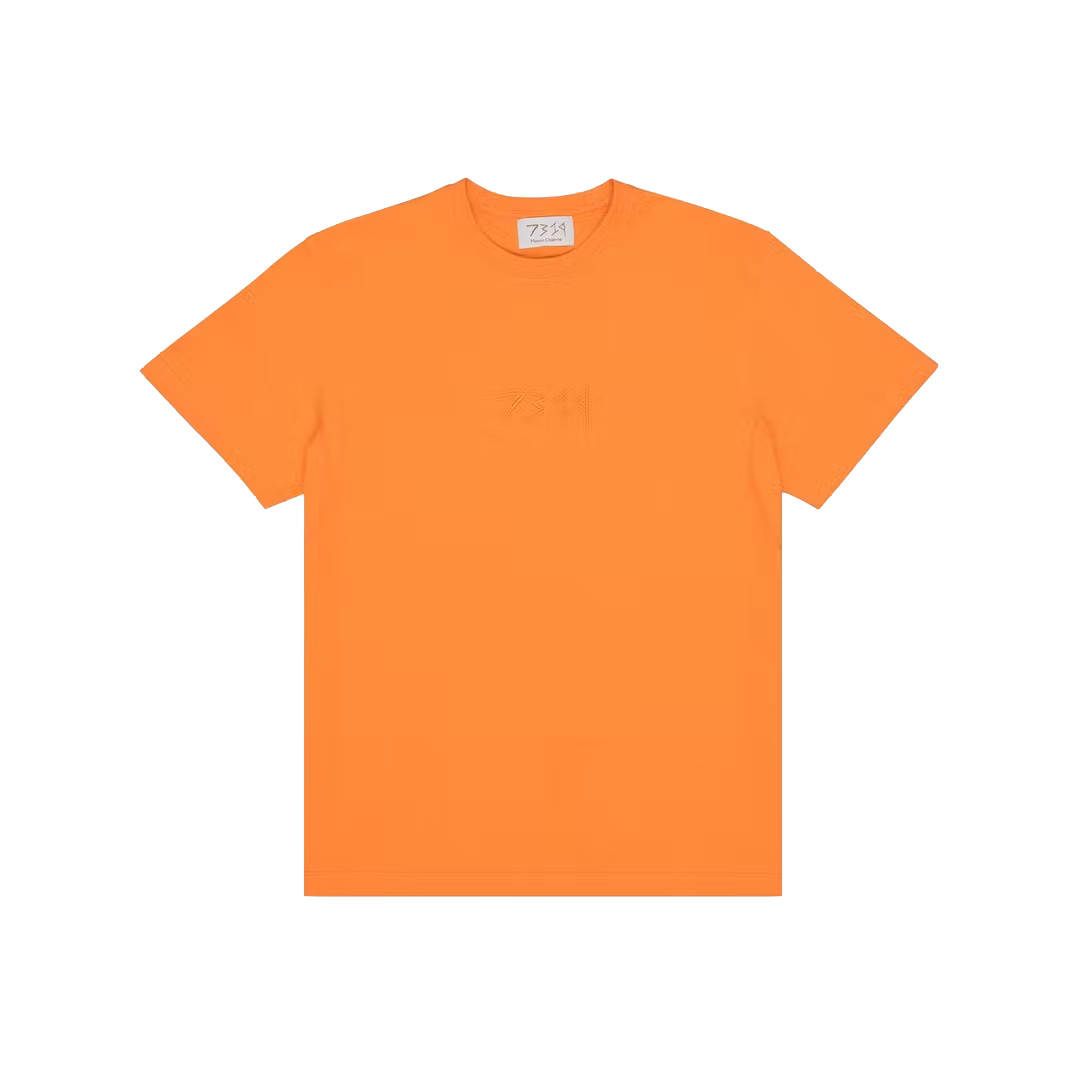
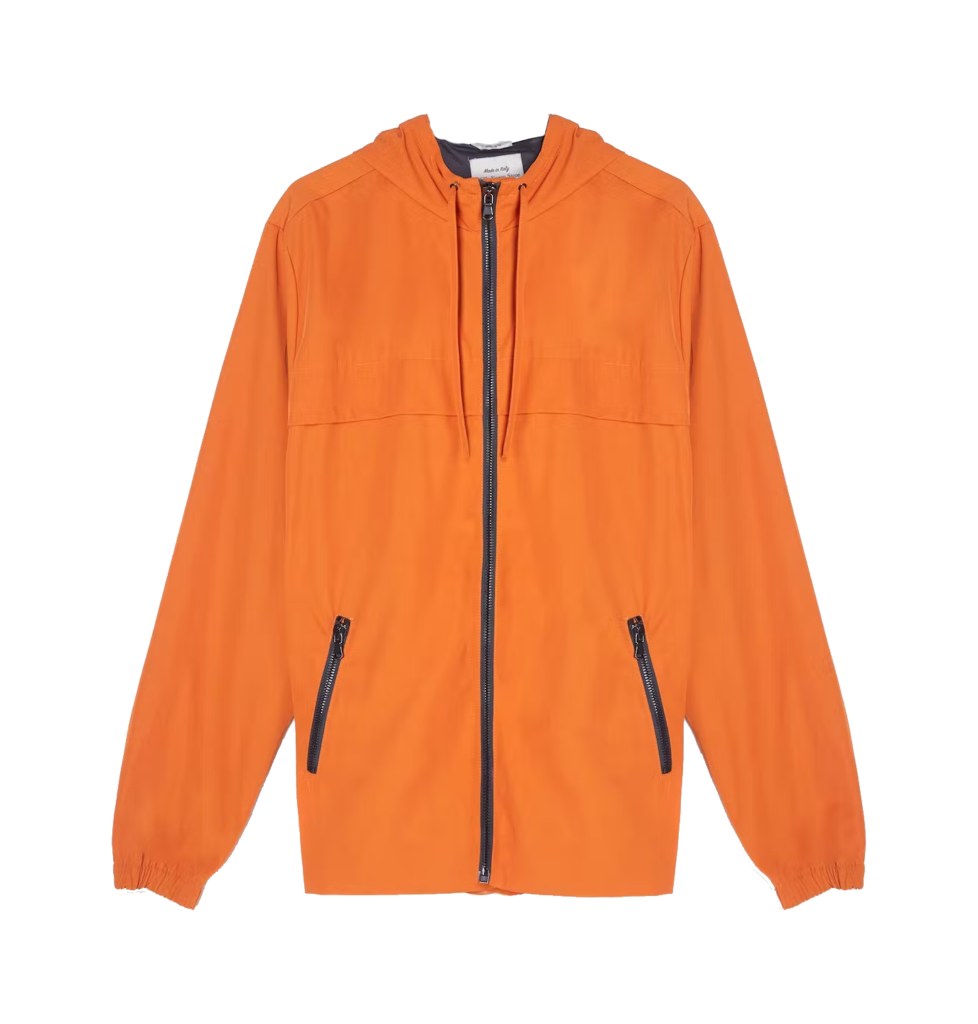

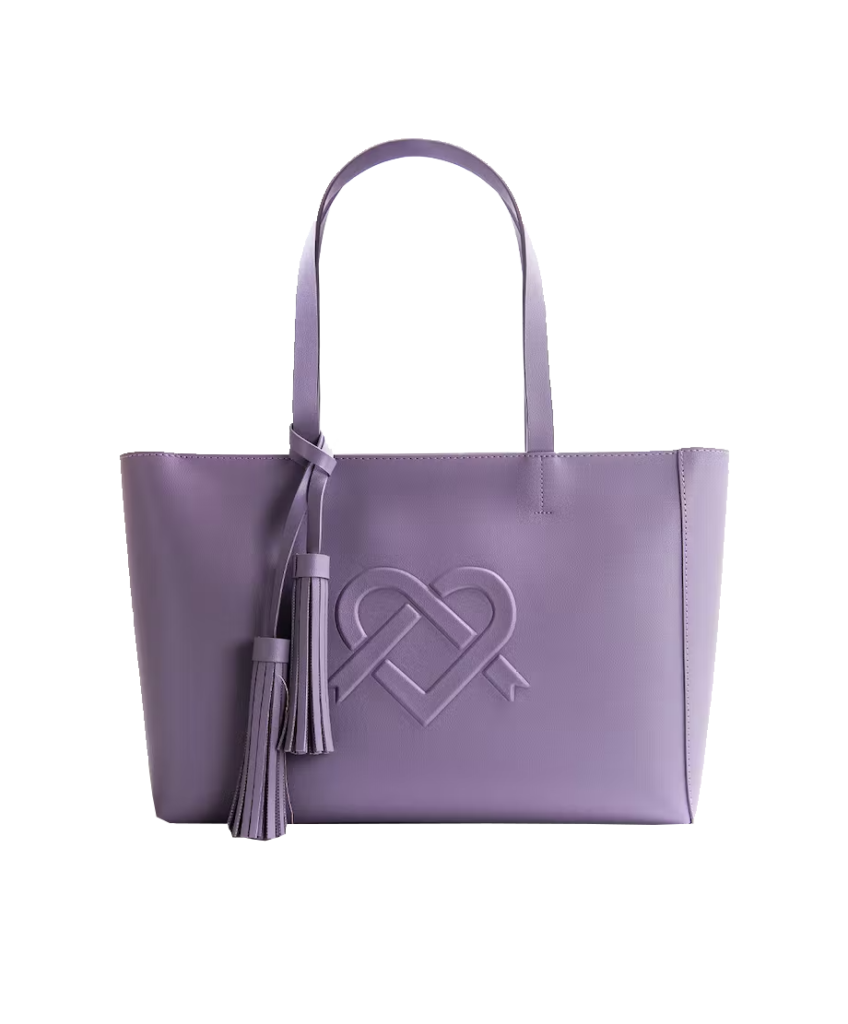
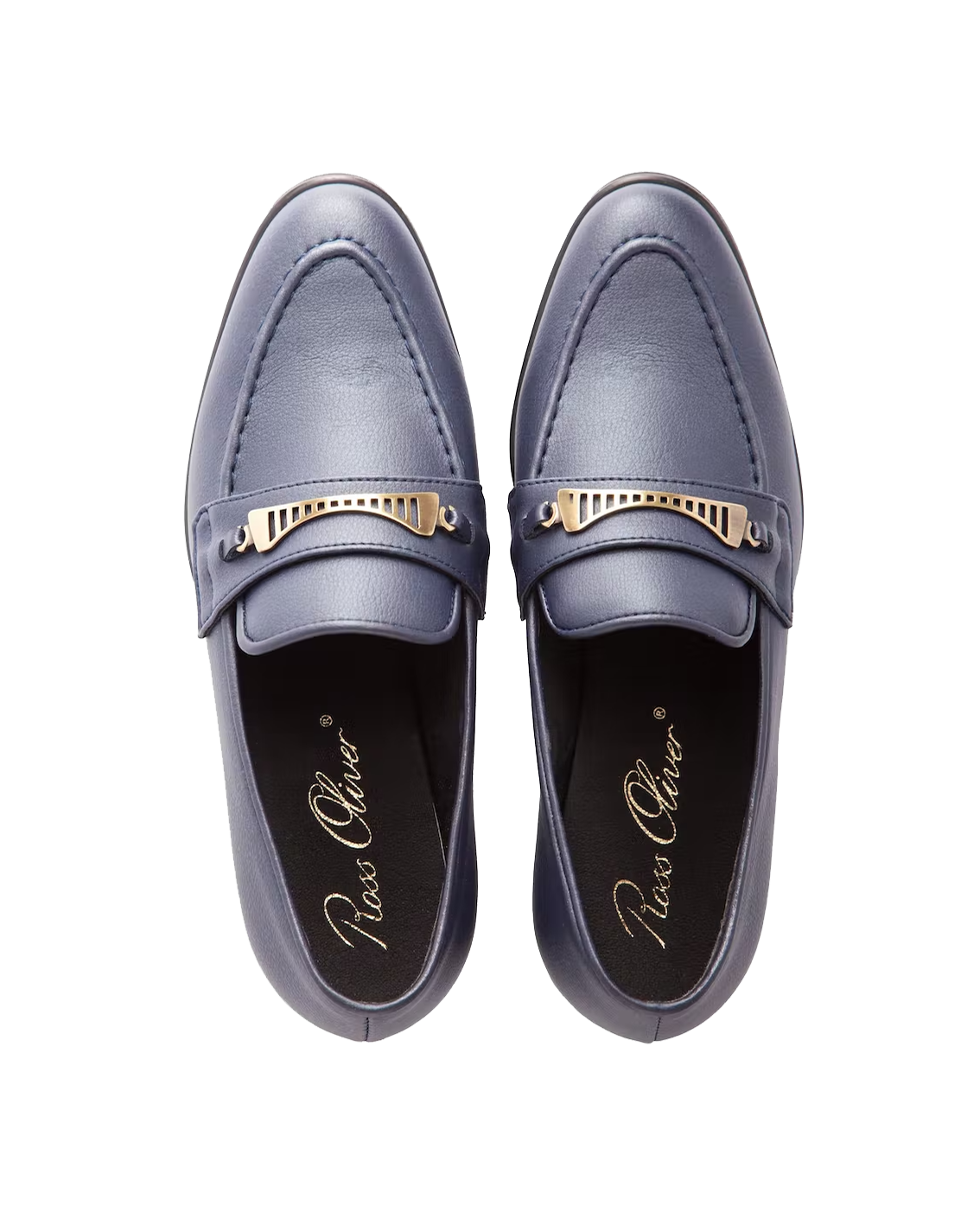
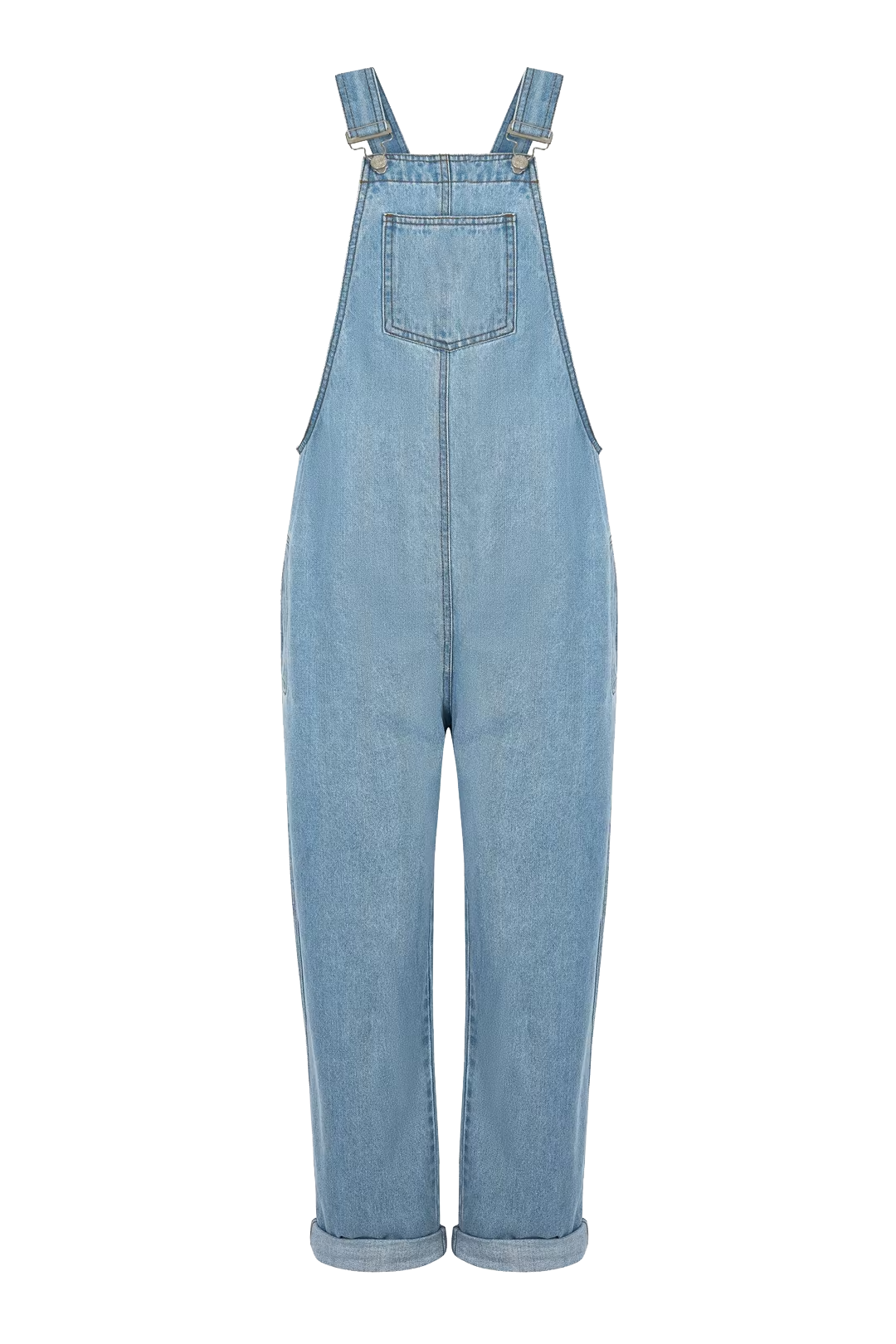
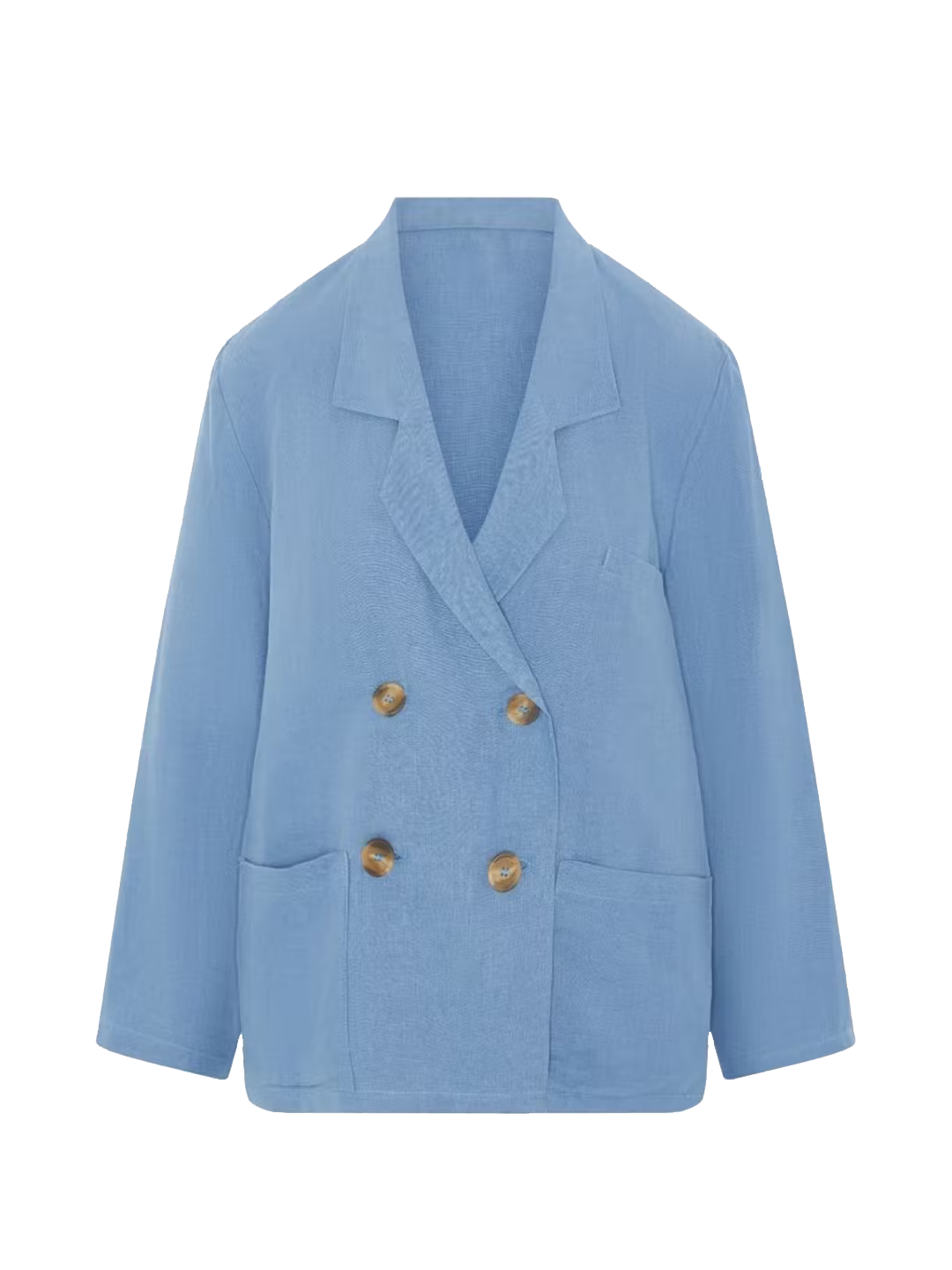
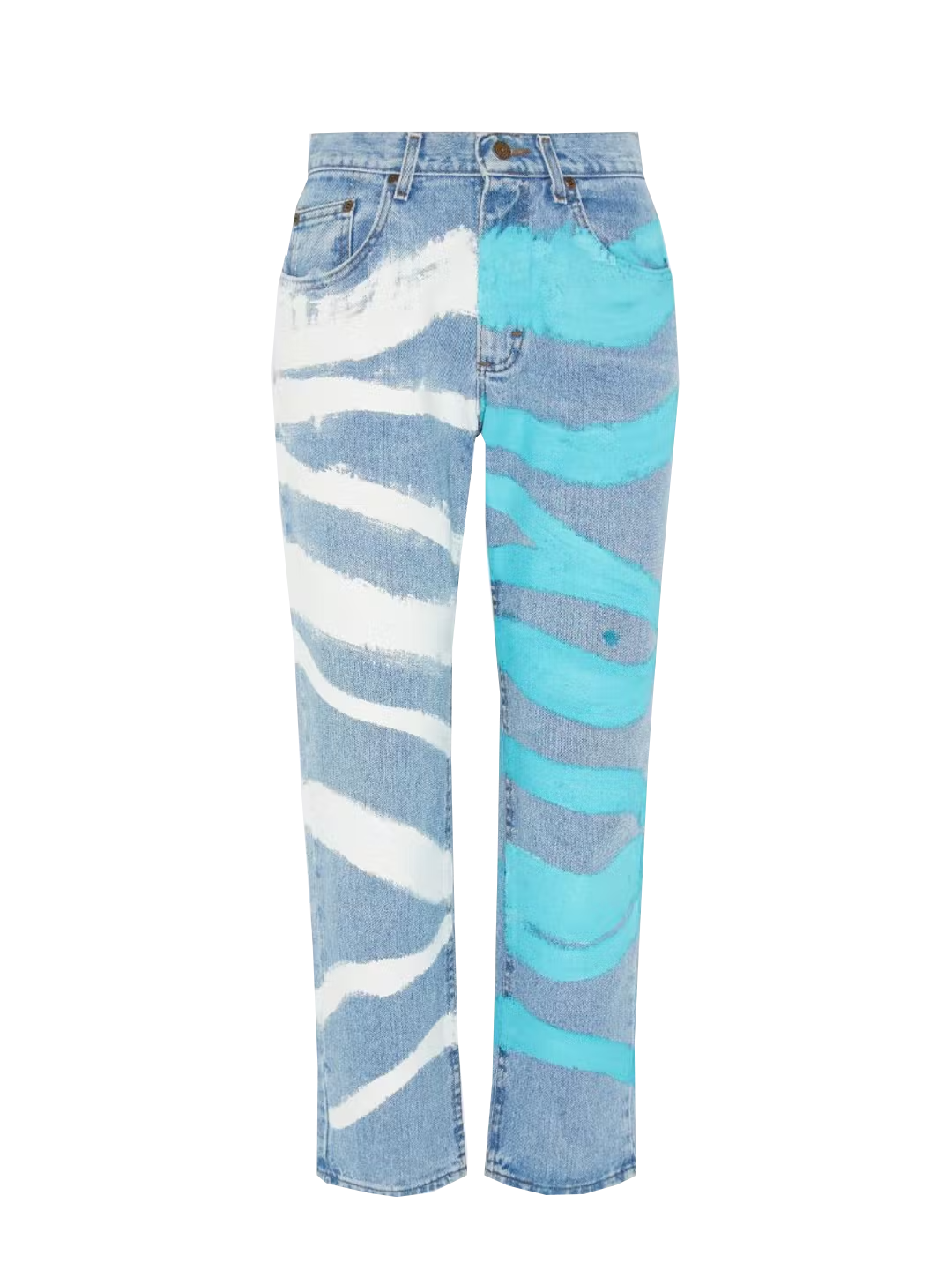
A colourful [fashion] revolution
Whilst the study that sparked this thought-piece clearly shows a decline in colour across our material belongings and landscapes, there is no need to presume that this trajectory is set in stone. Colour doesn’t have to keep disappearing. To the same degree, sustainable fashion doesn’t have to be beige (unless that’s your taste!). We really can live sustainably and lead vibrant colourful lives.
Neglecting to invite colour into our lives risks leaving the world bleak and corporate. We can challenge this head-on in our homes and our wardrobes. Re-spark that youthful optimism. Celebrate, explore and wear colour, unaploagetically and do your bit for the planet in the process.
We believe quality and sustainability are intrinsically linked, that one cannot exist without the other (just like fashion and colour). We don’t believe consumers should have to compromise in their choices to embrace a sustainable lifestyle. So we can guarantee you’ll never have to…

